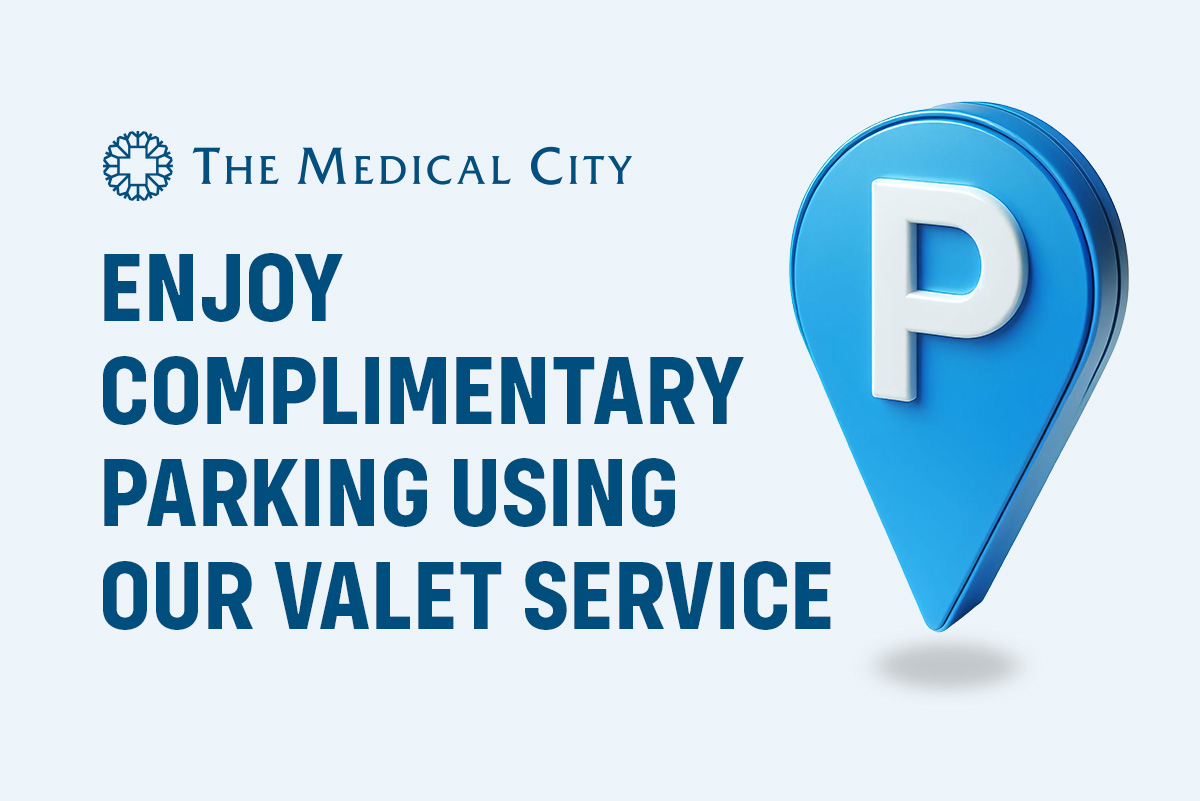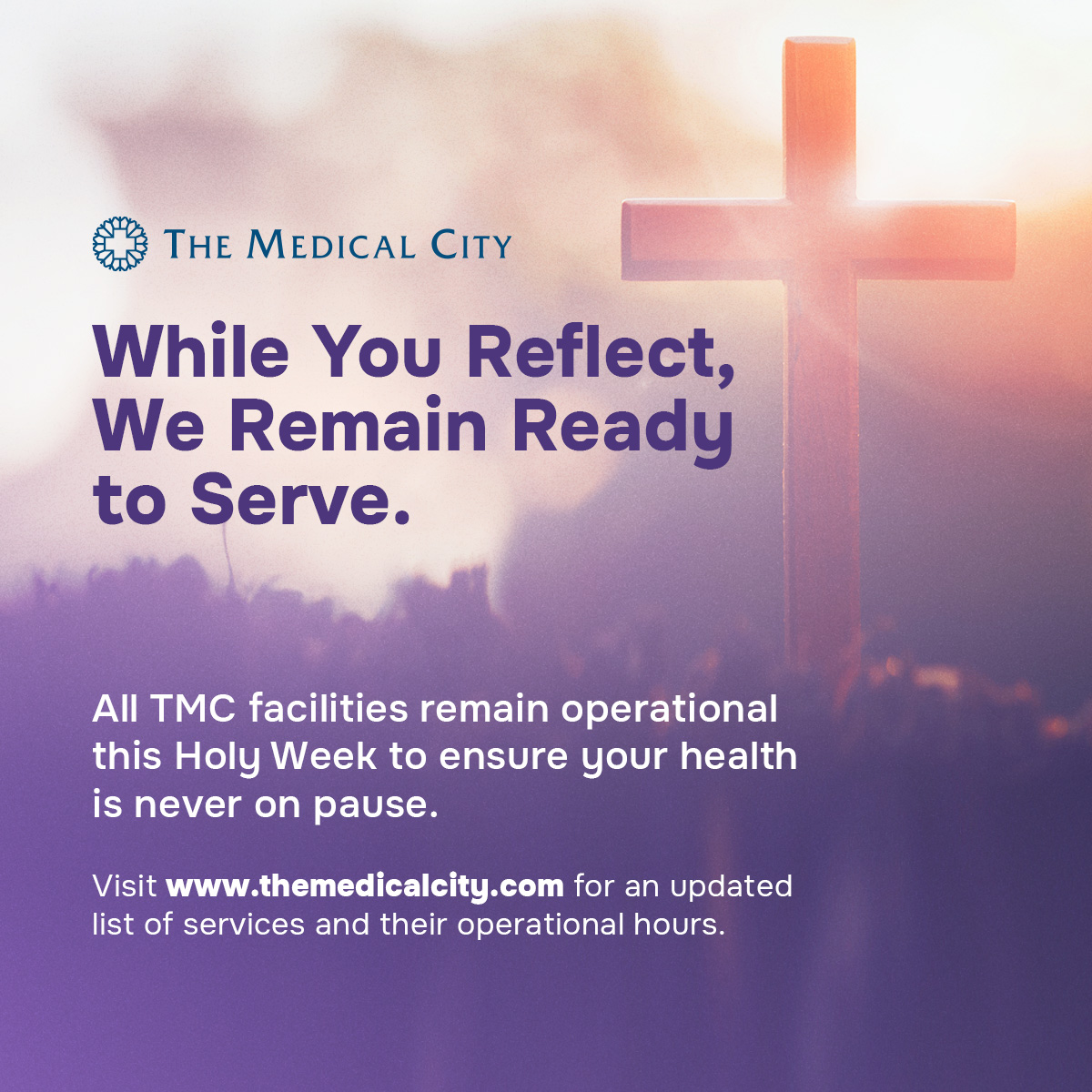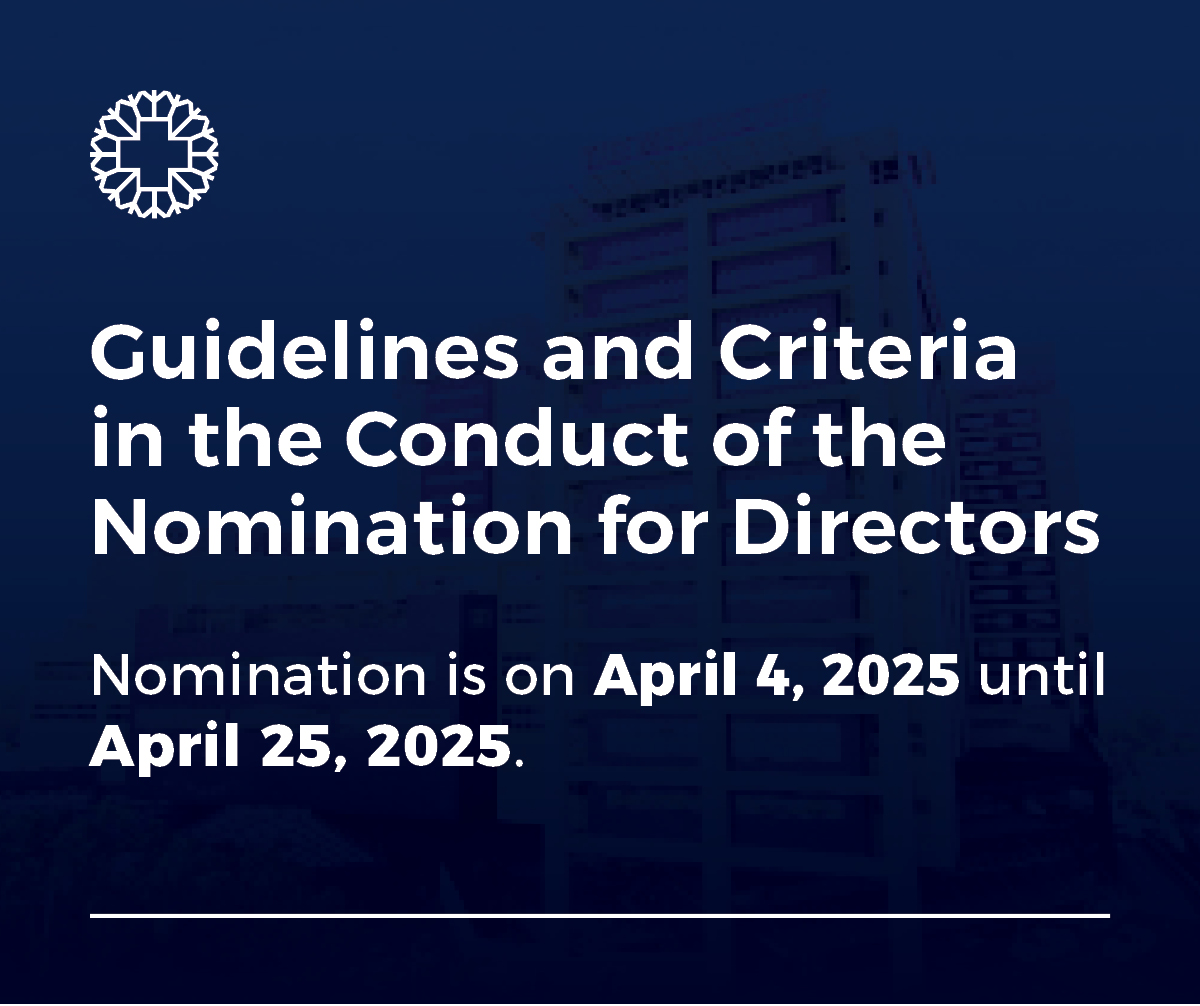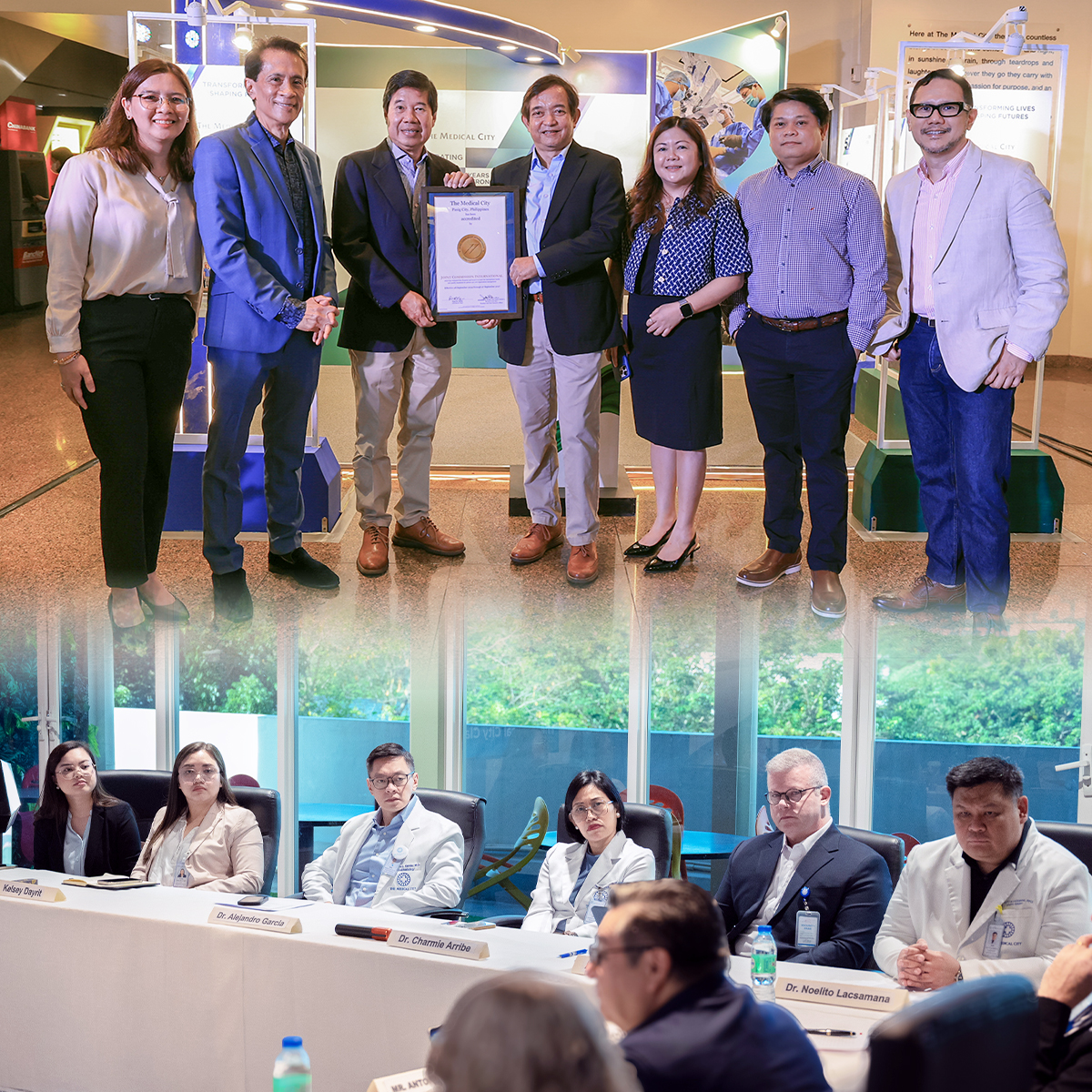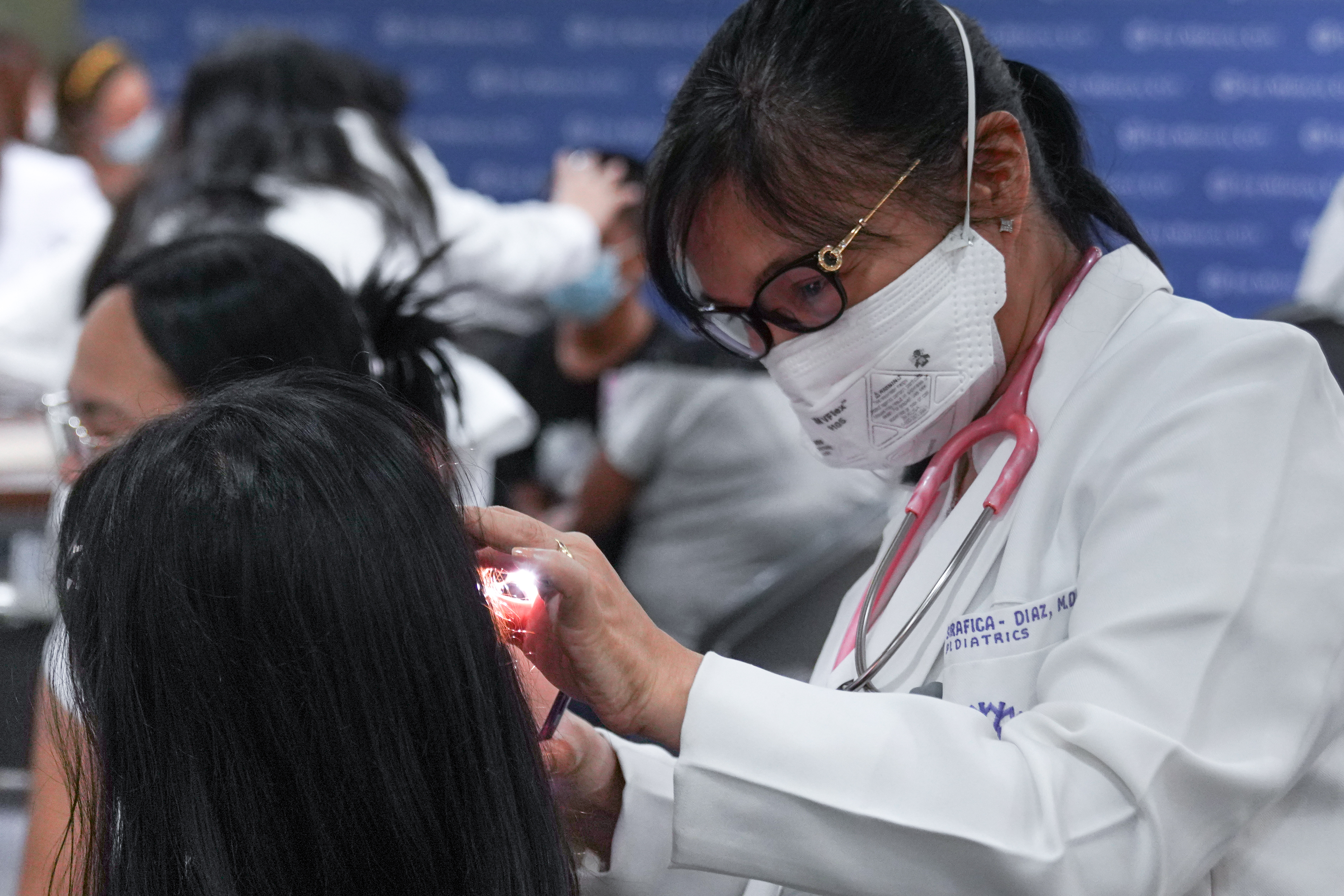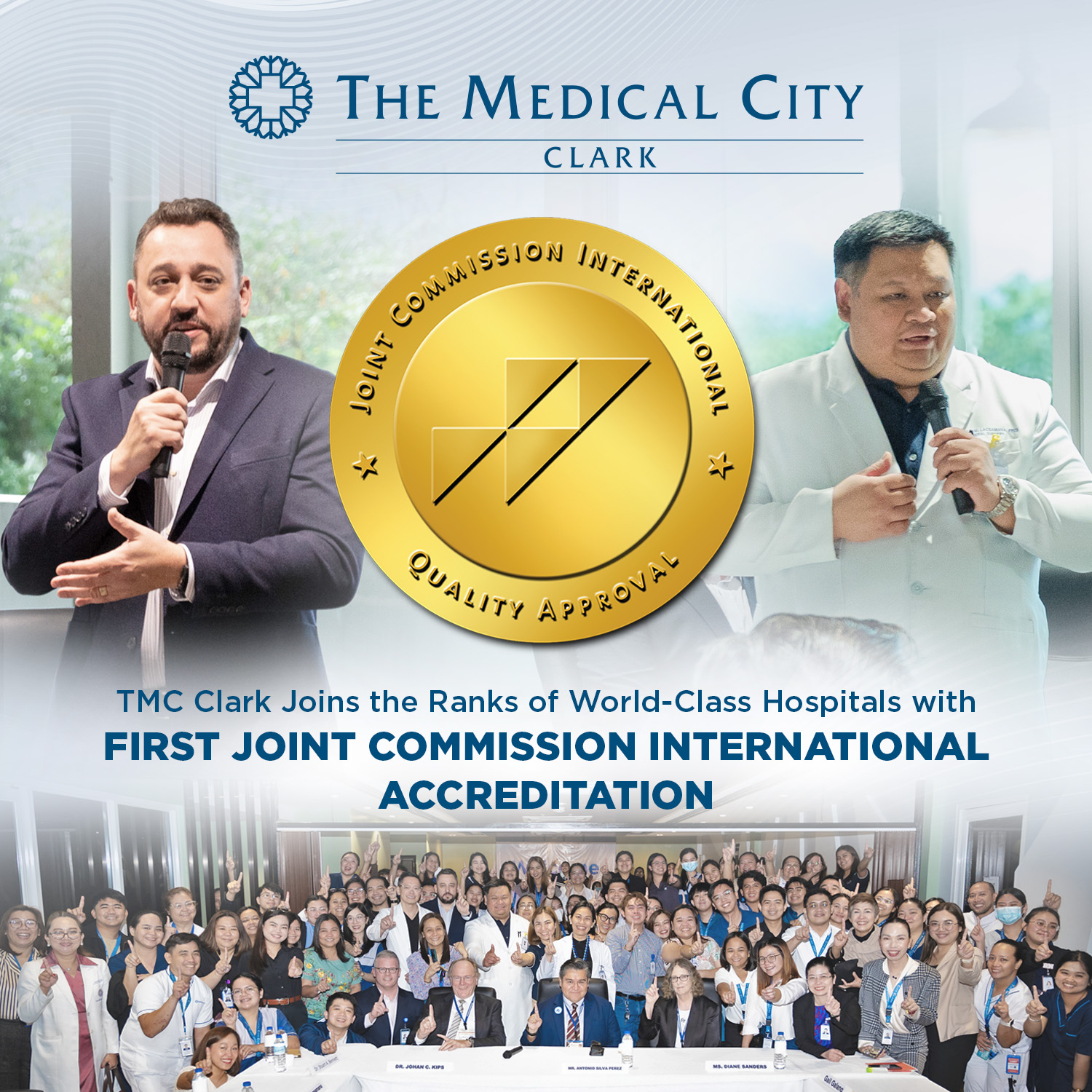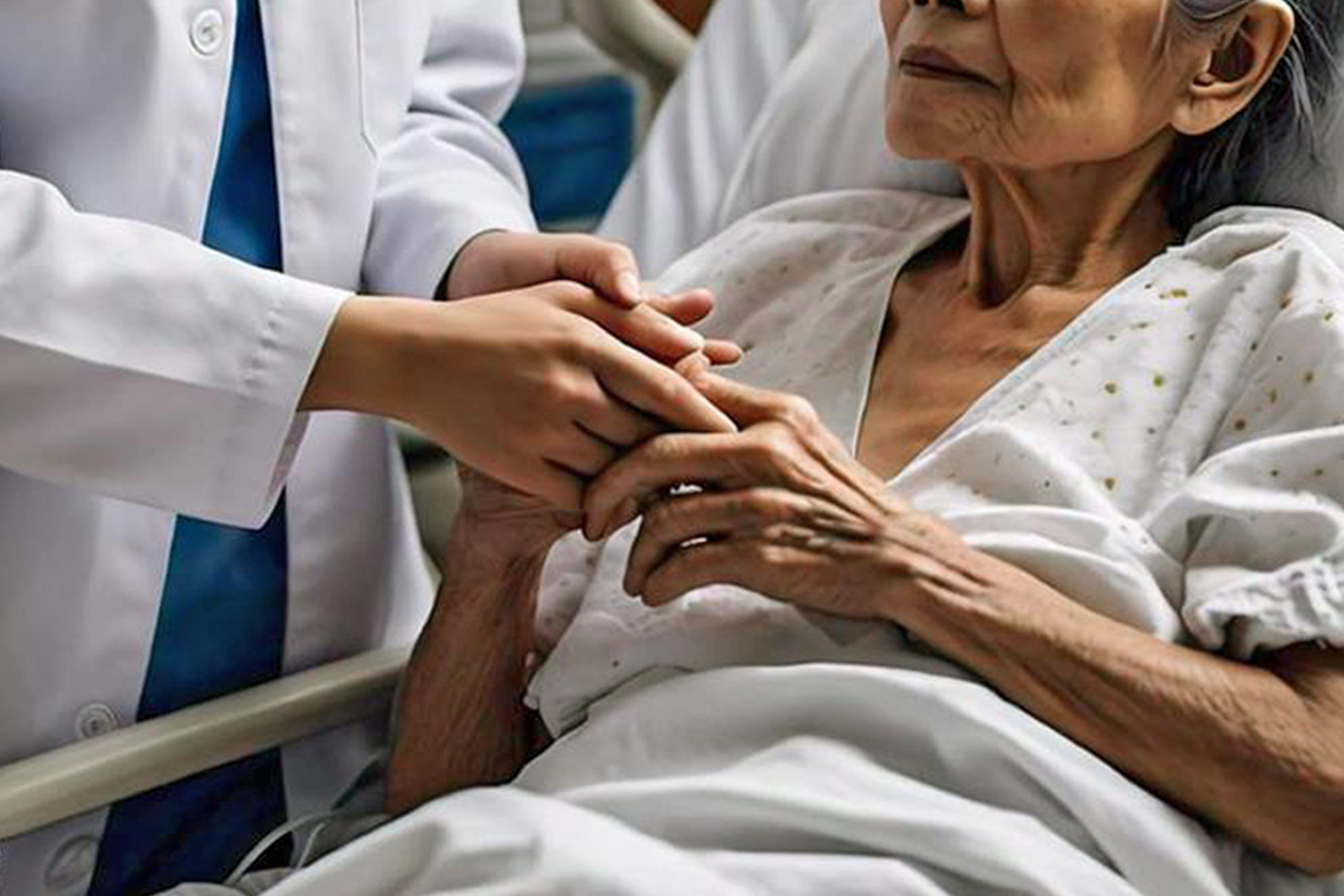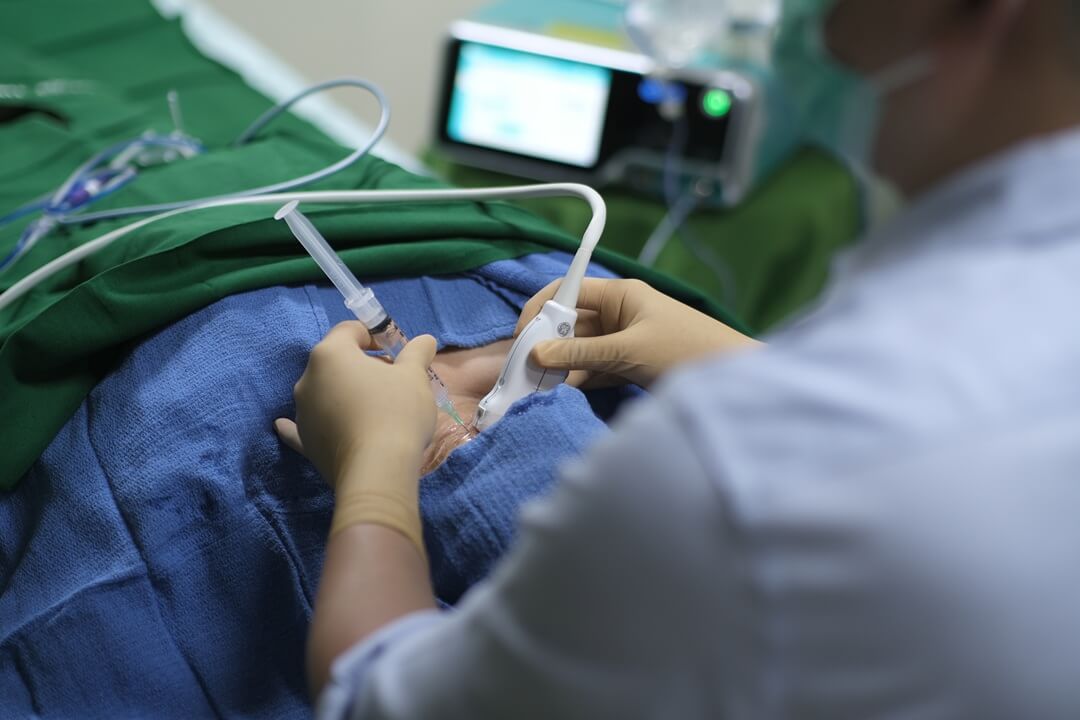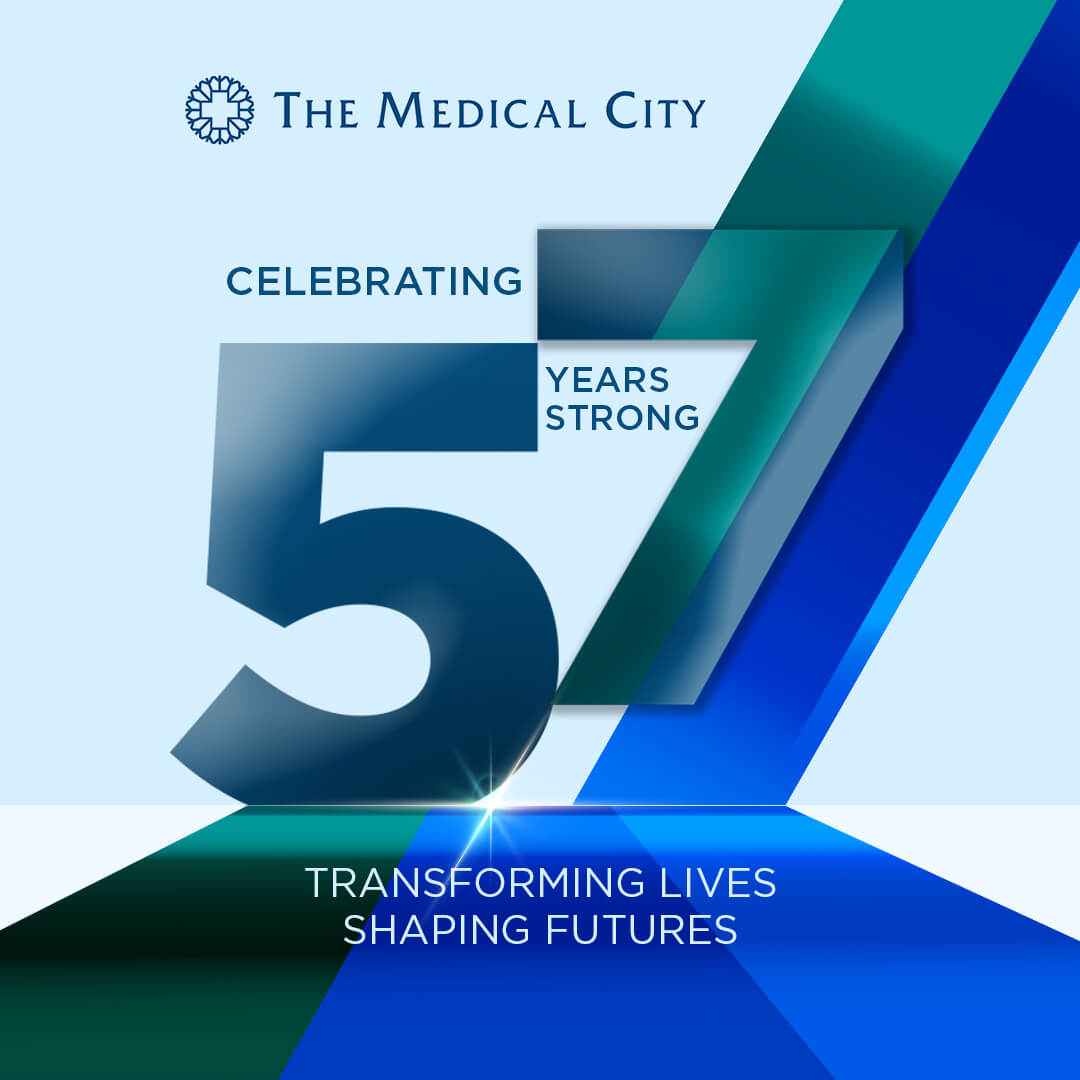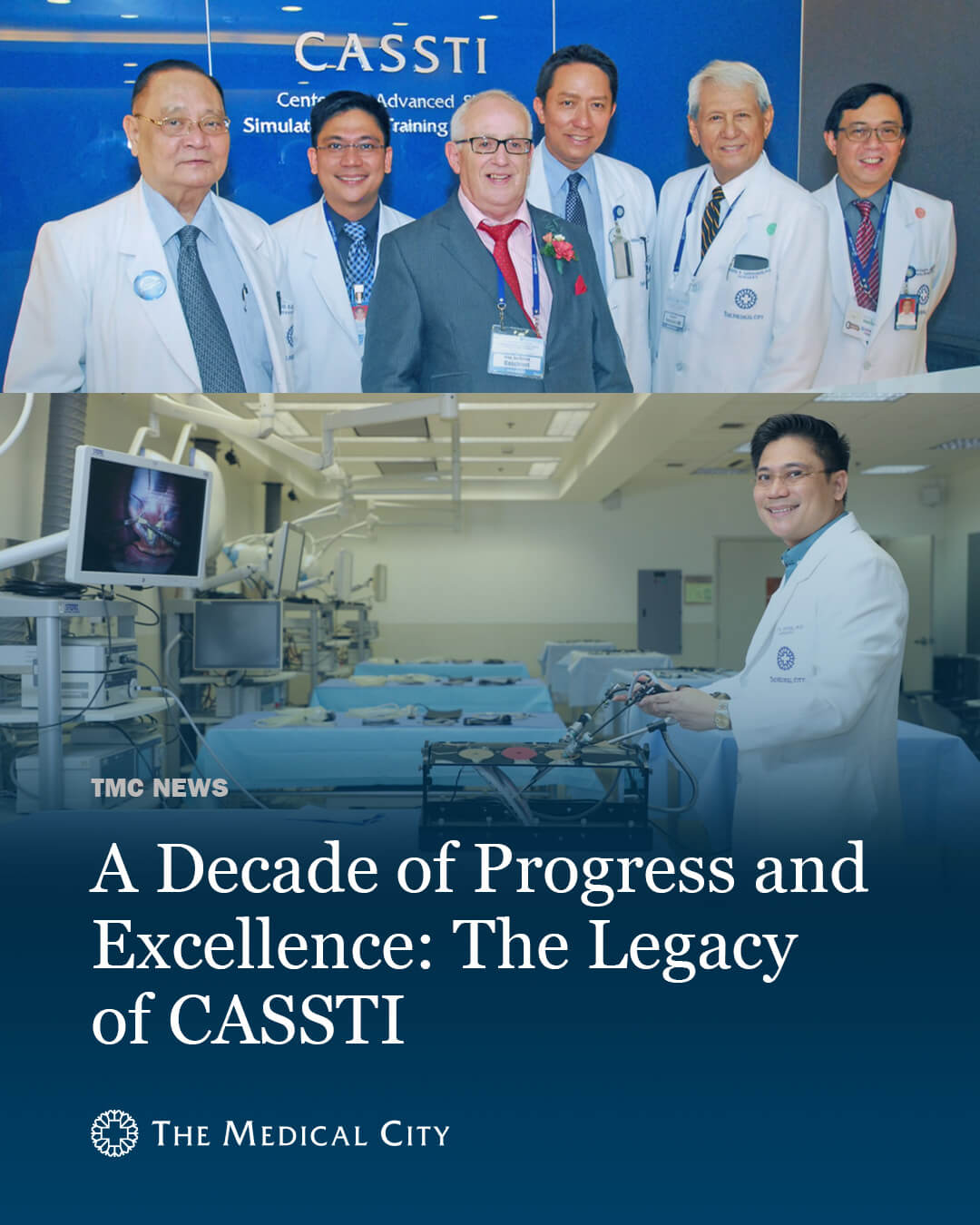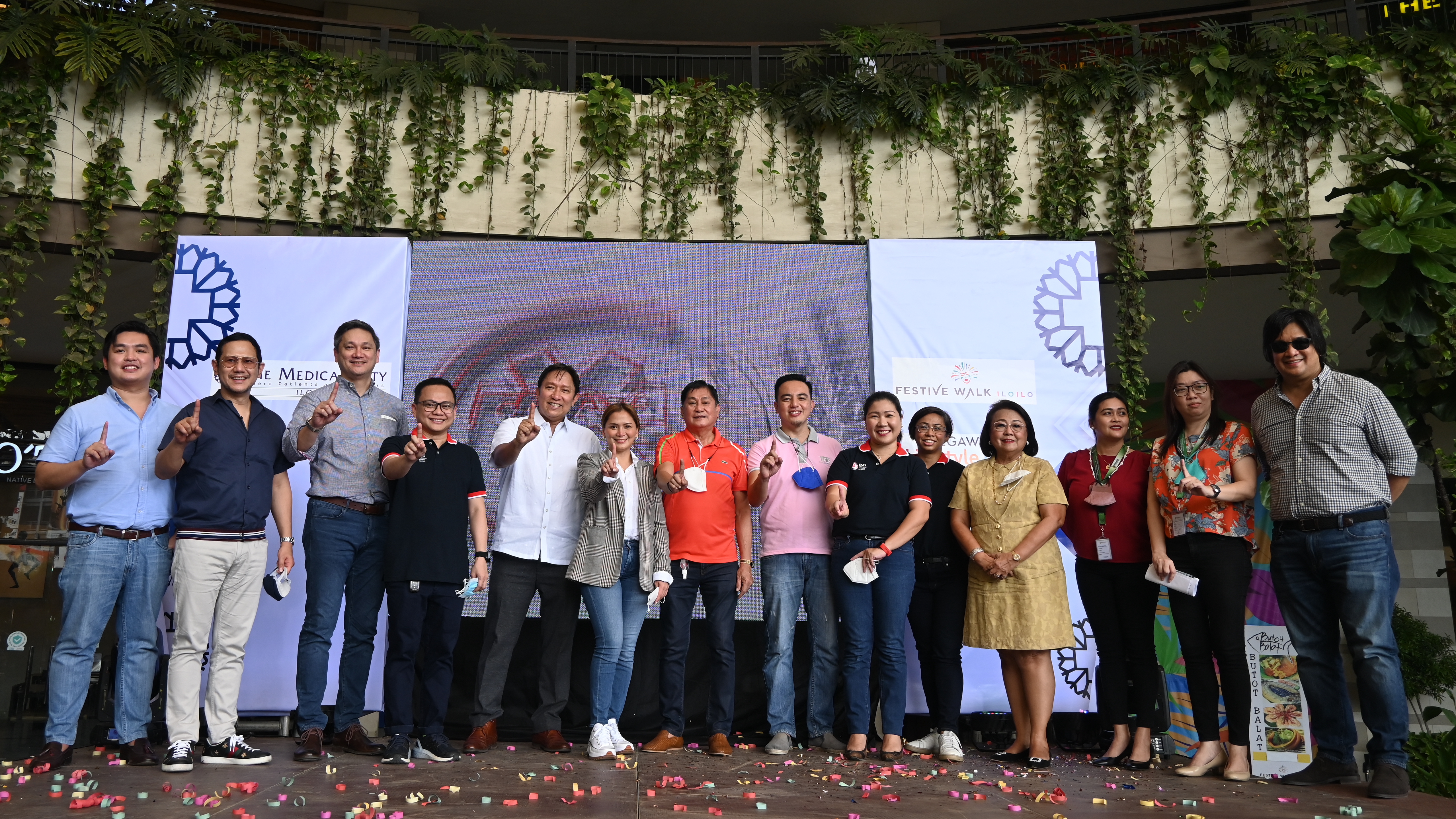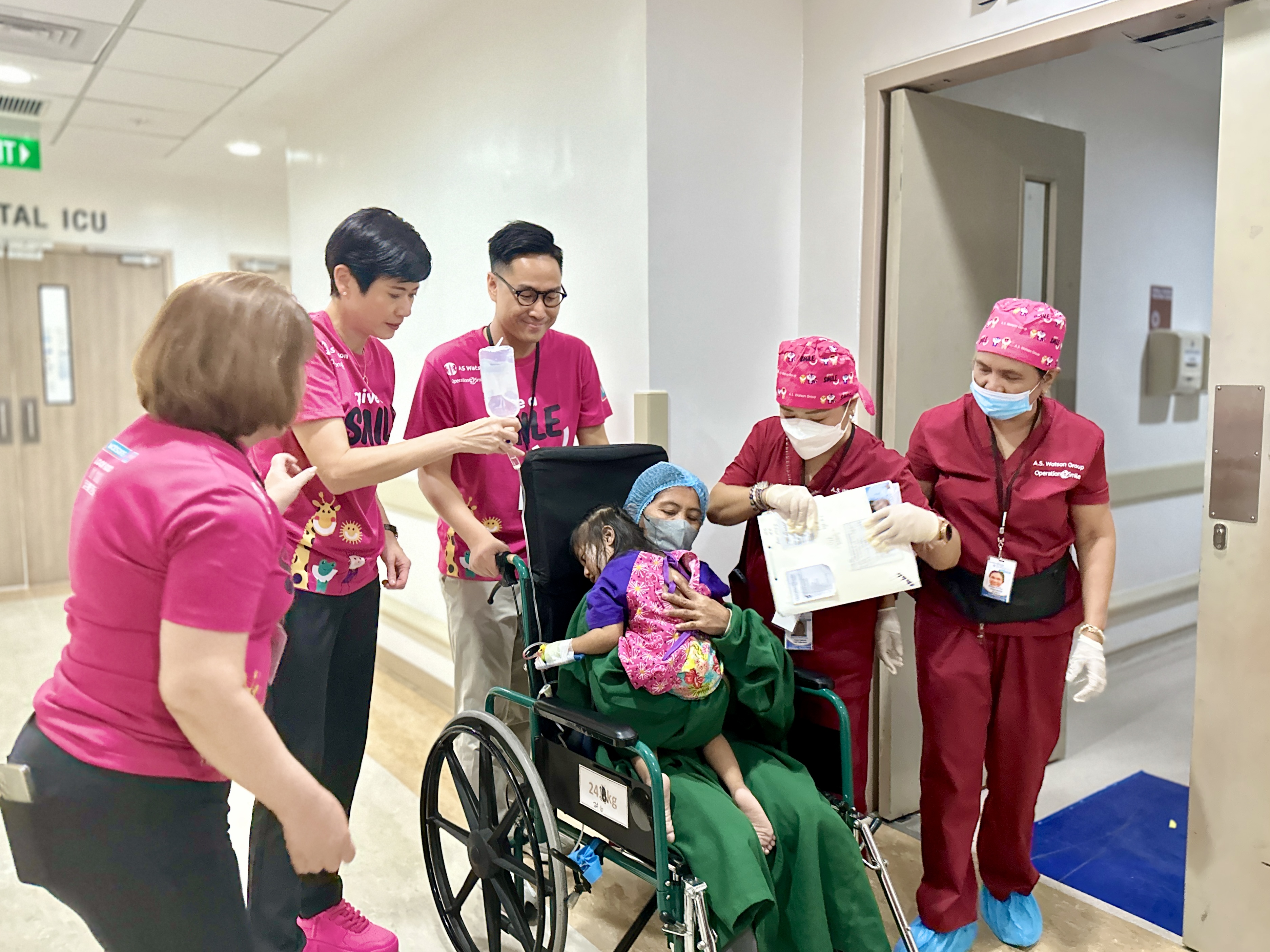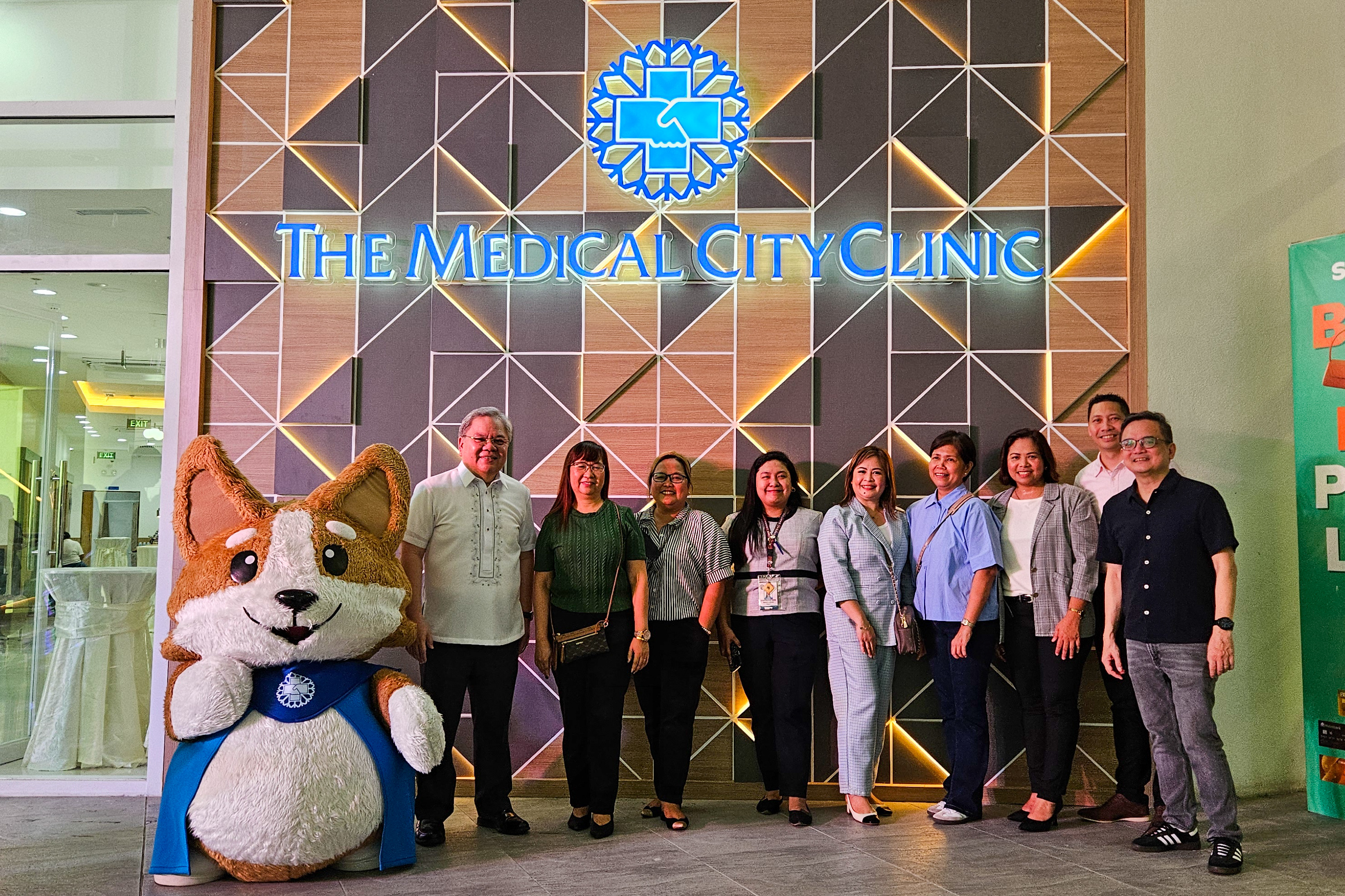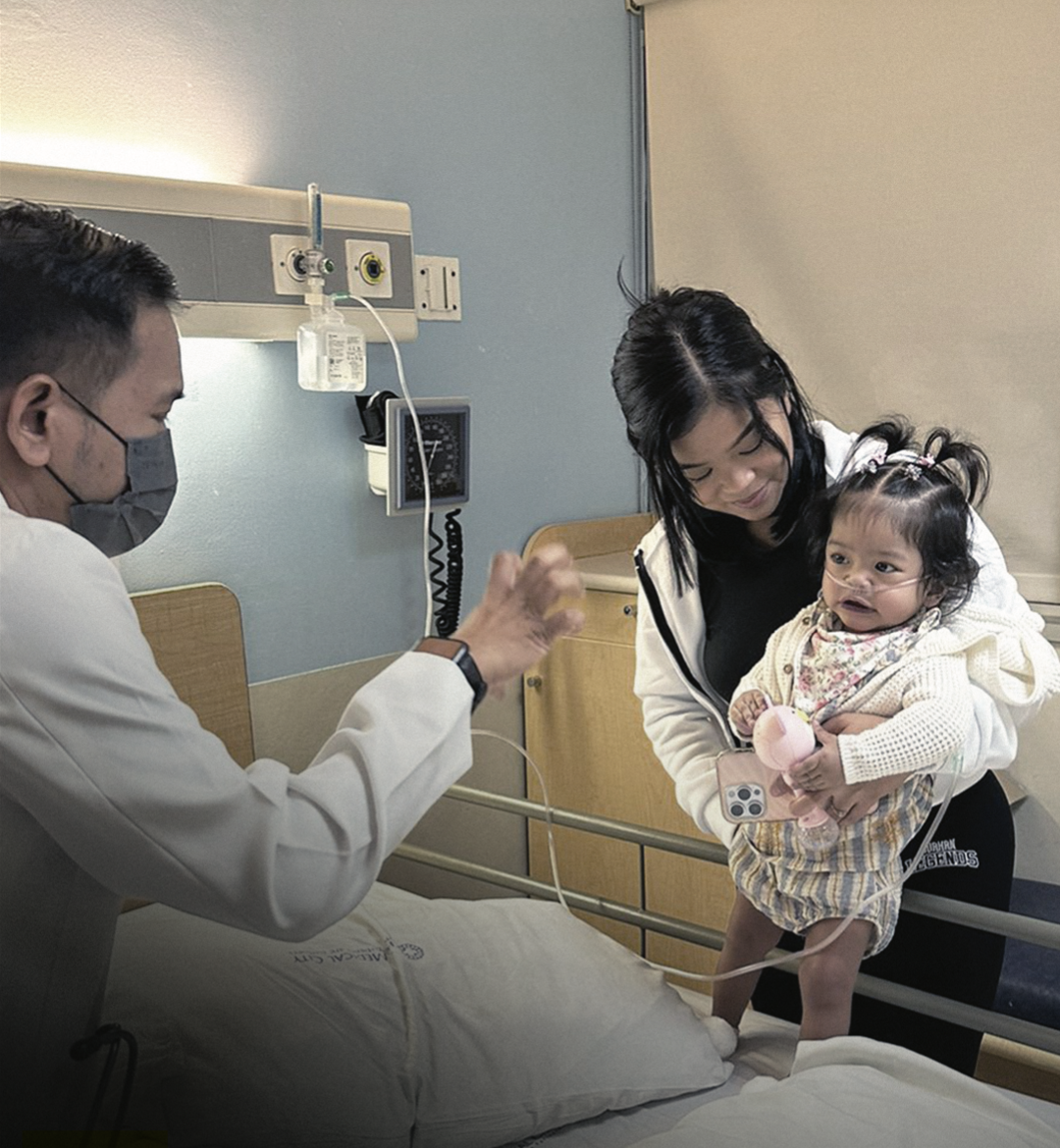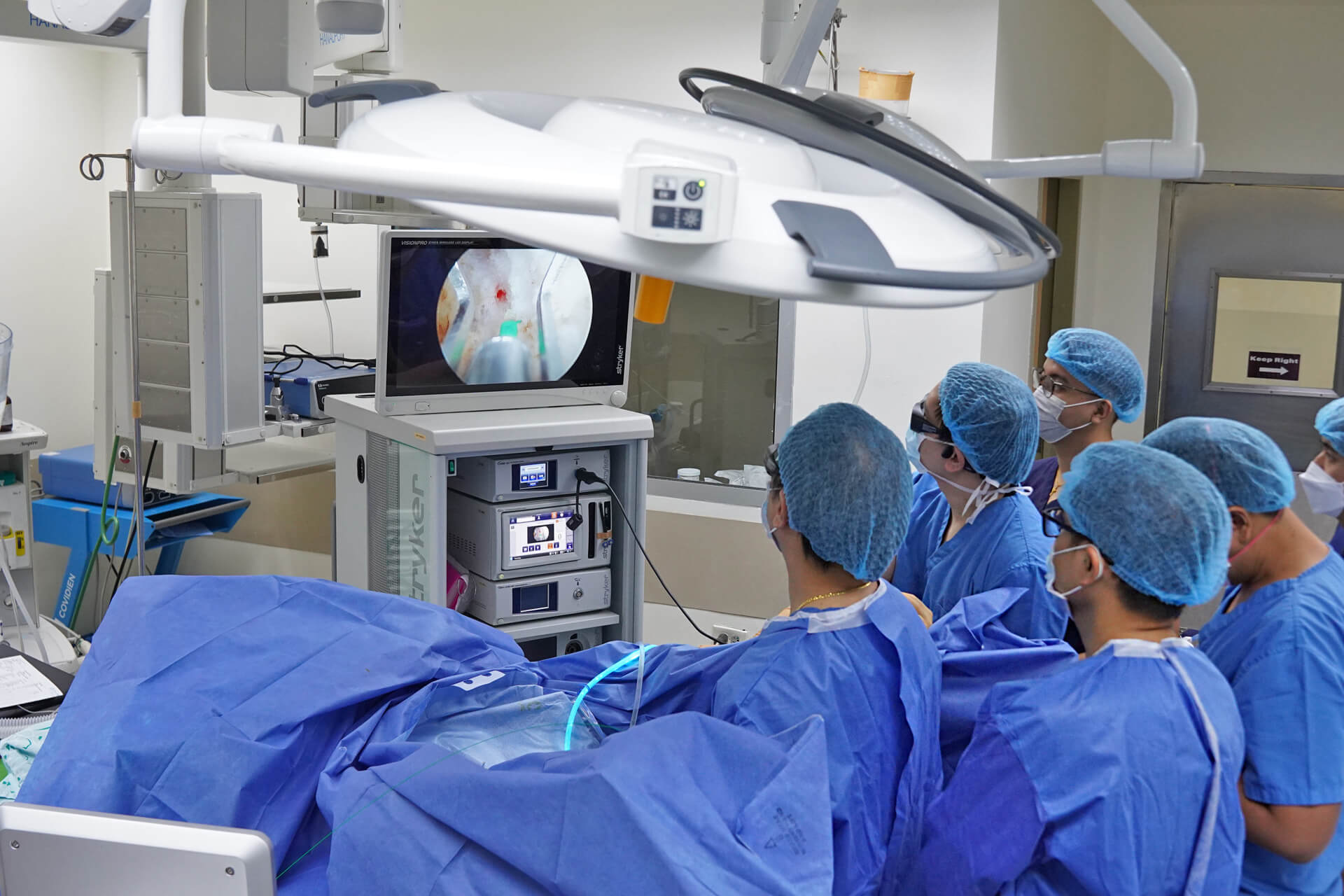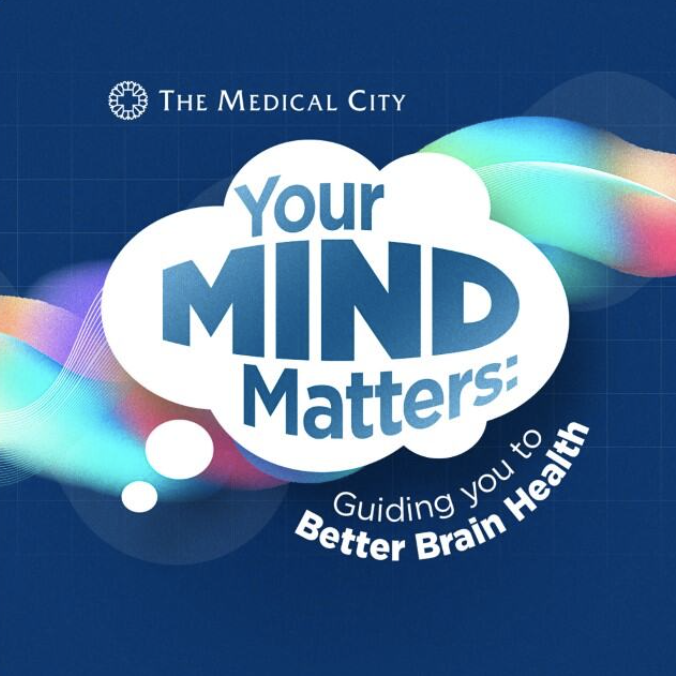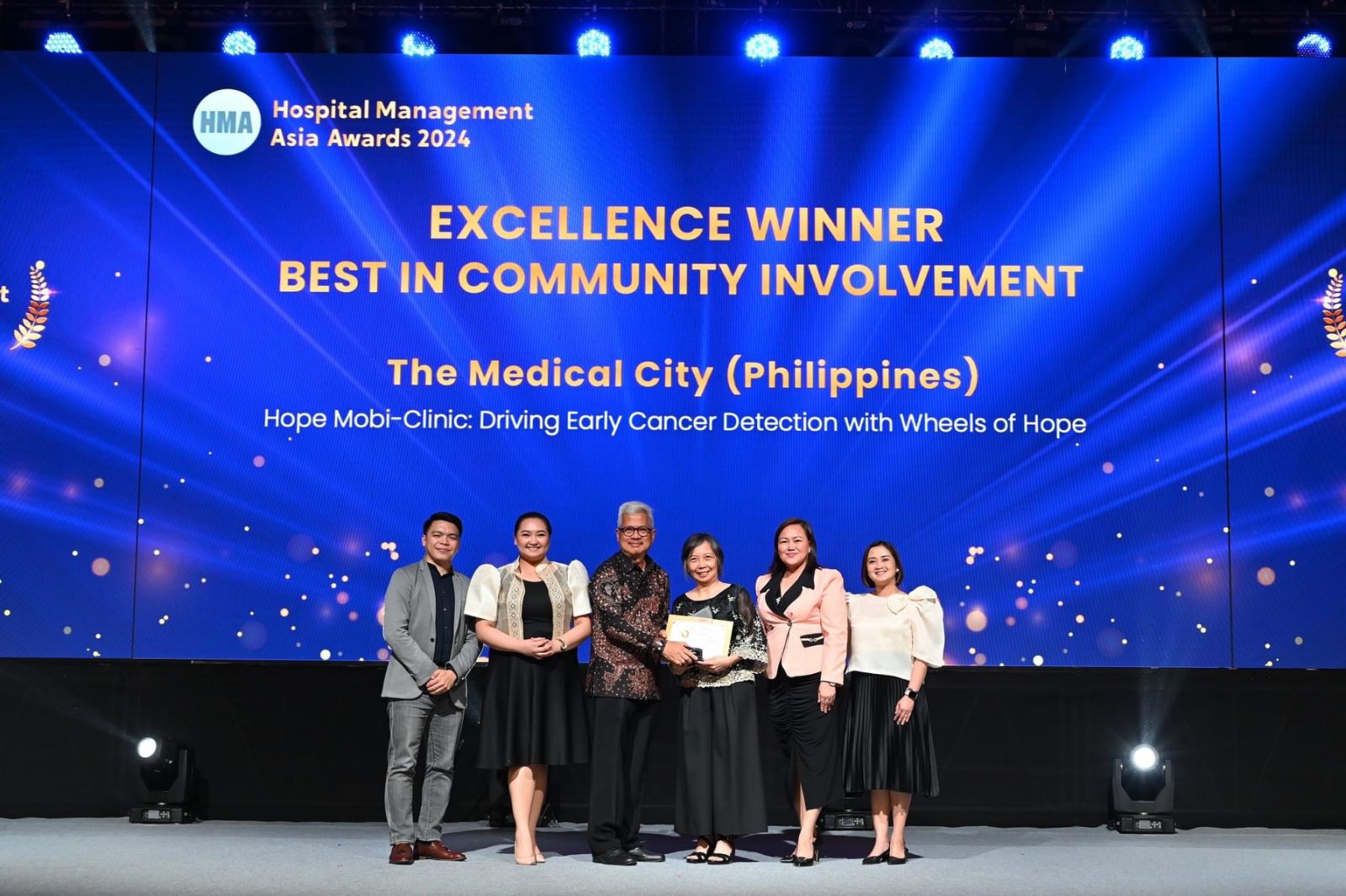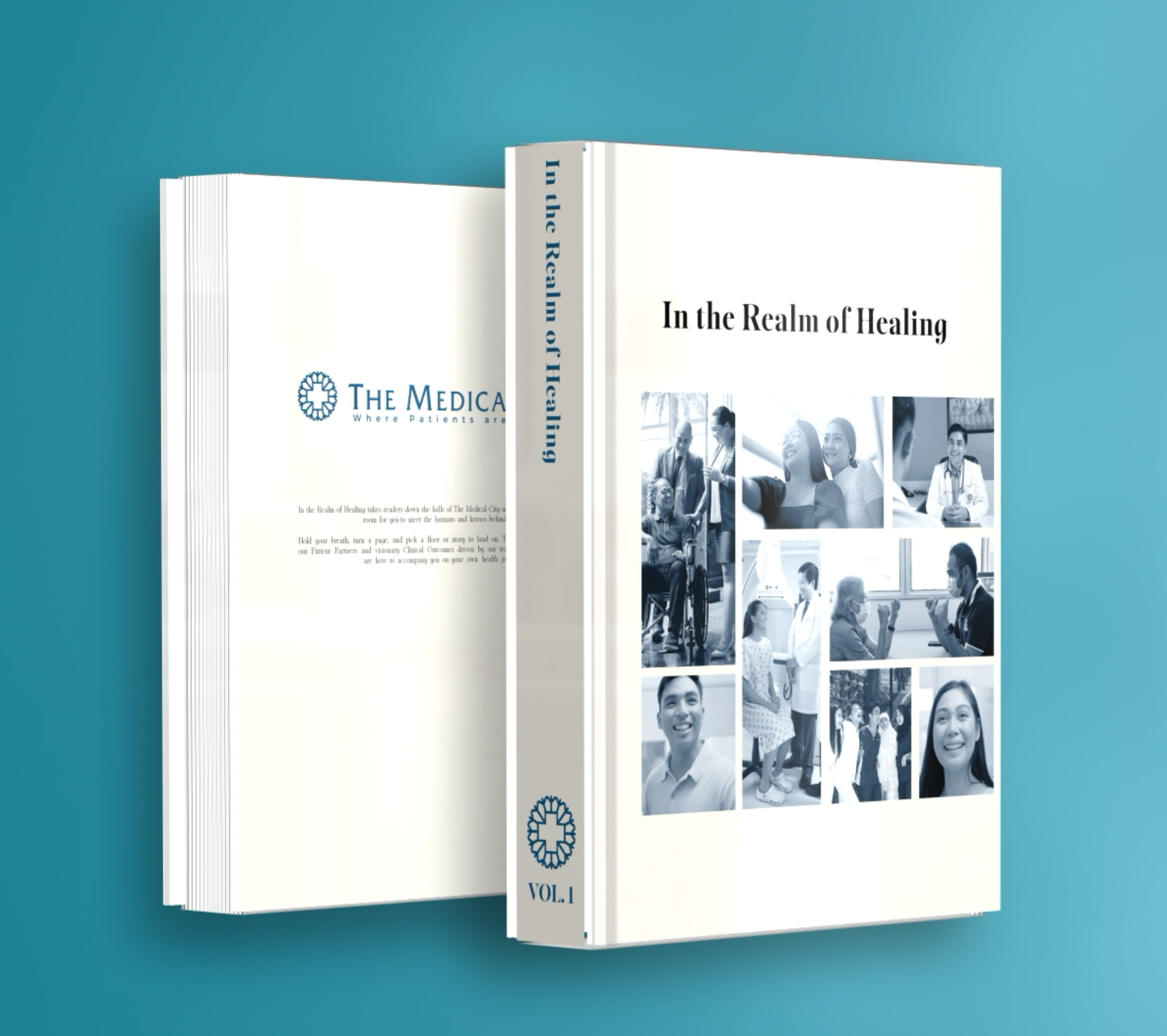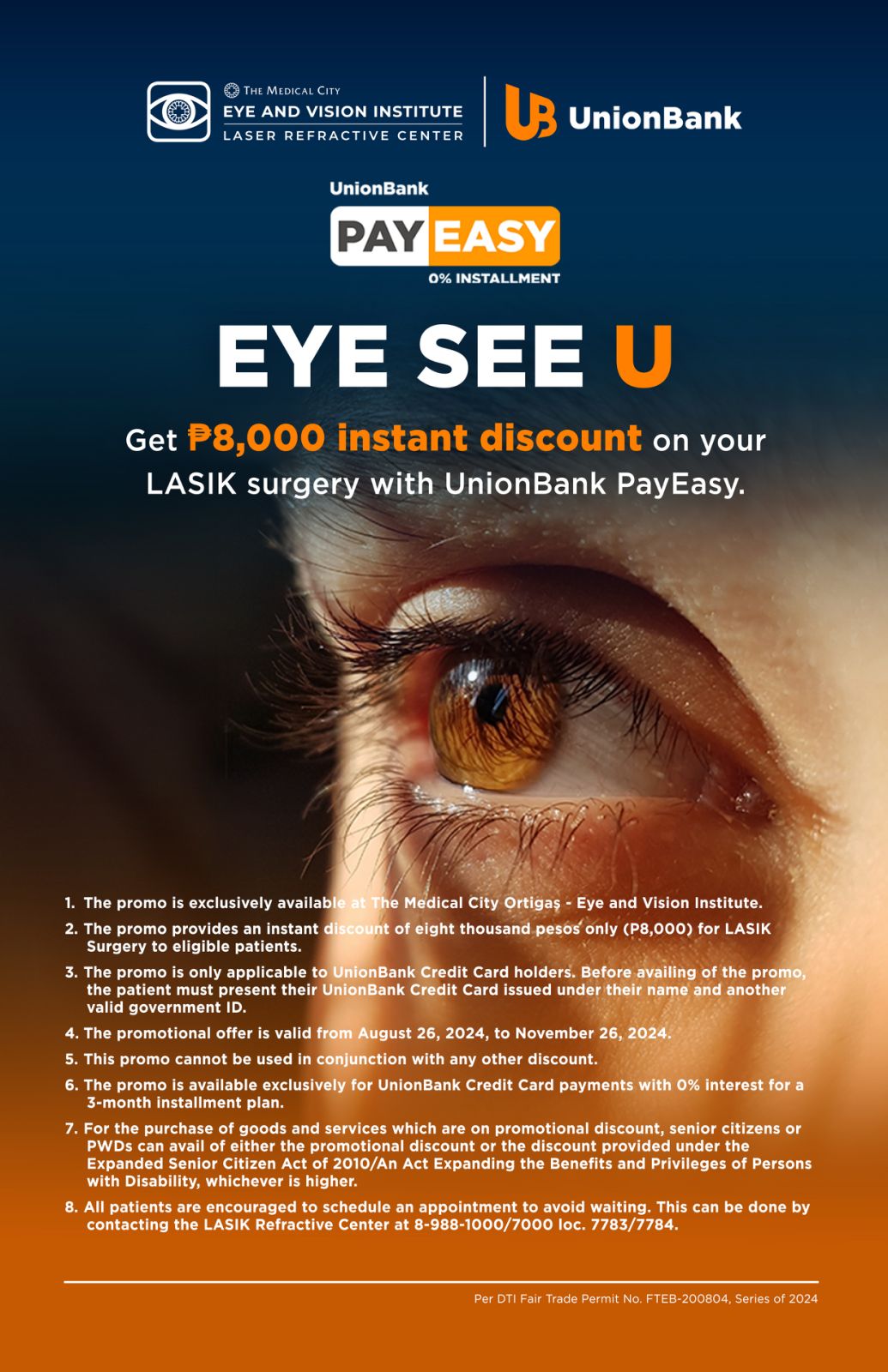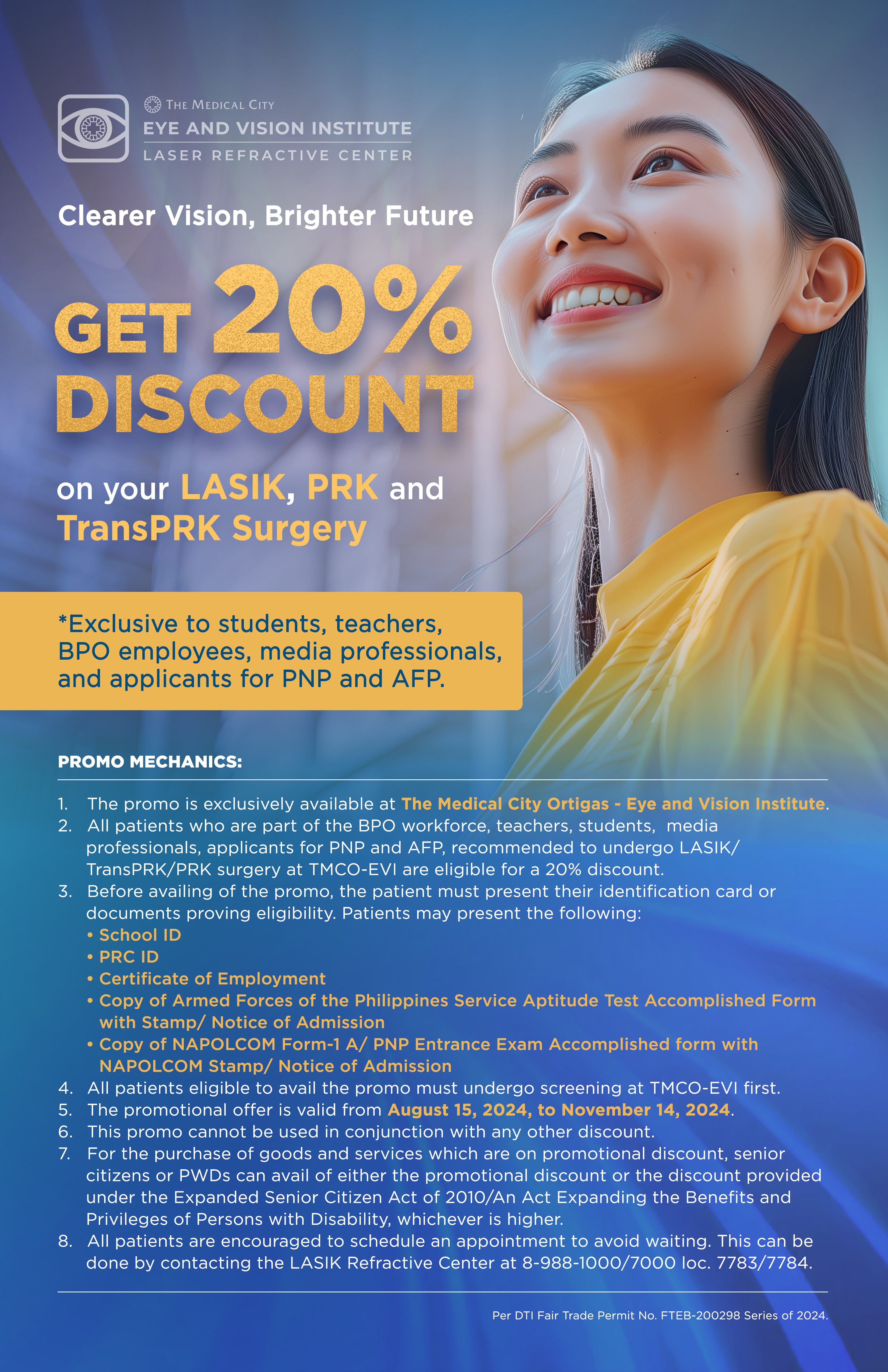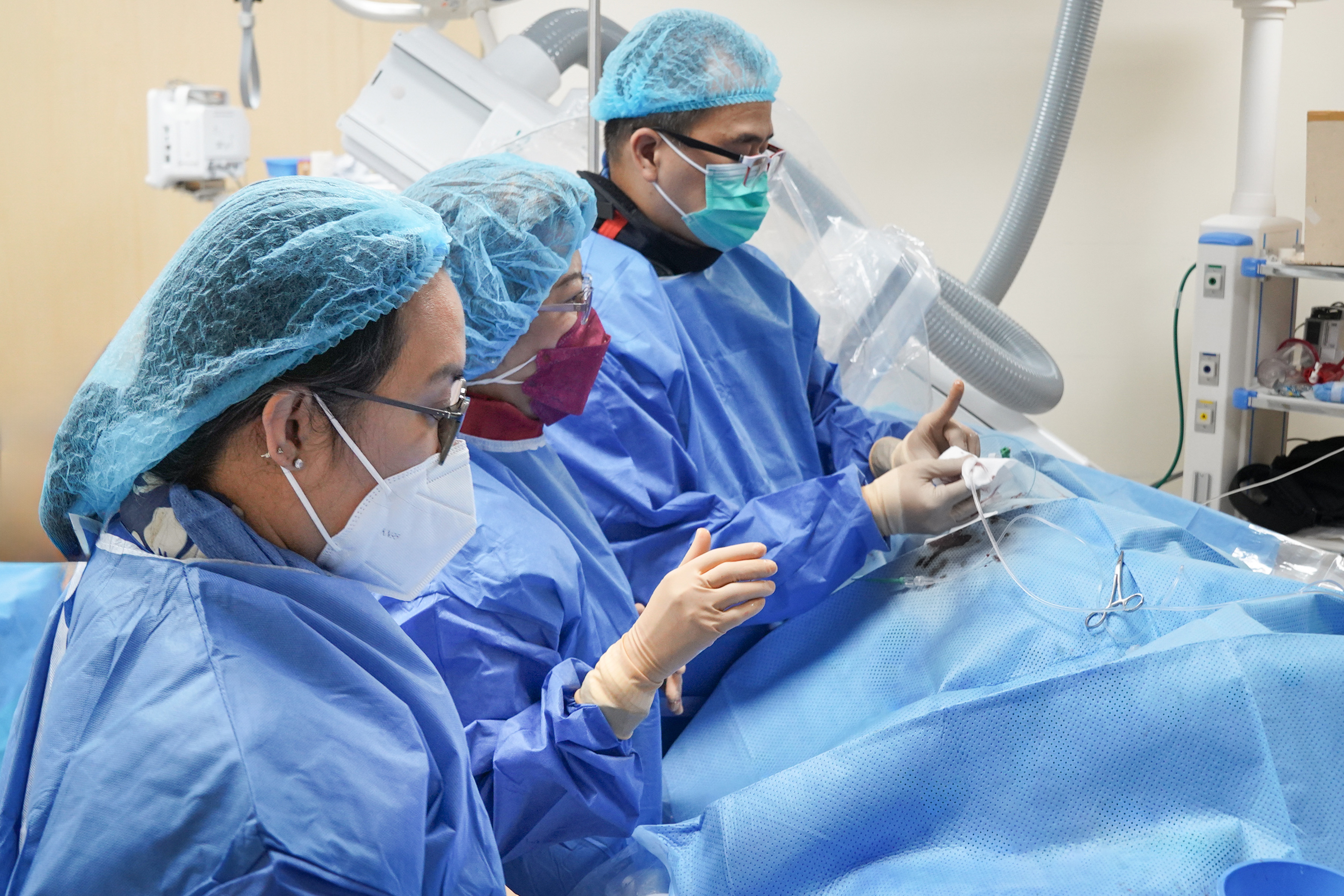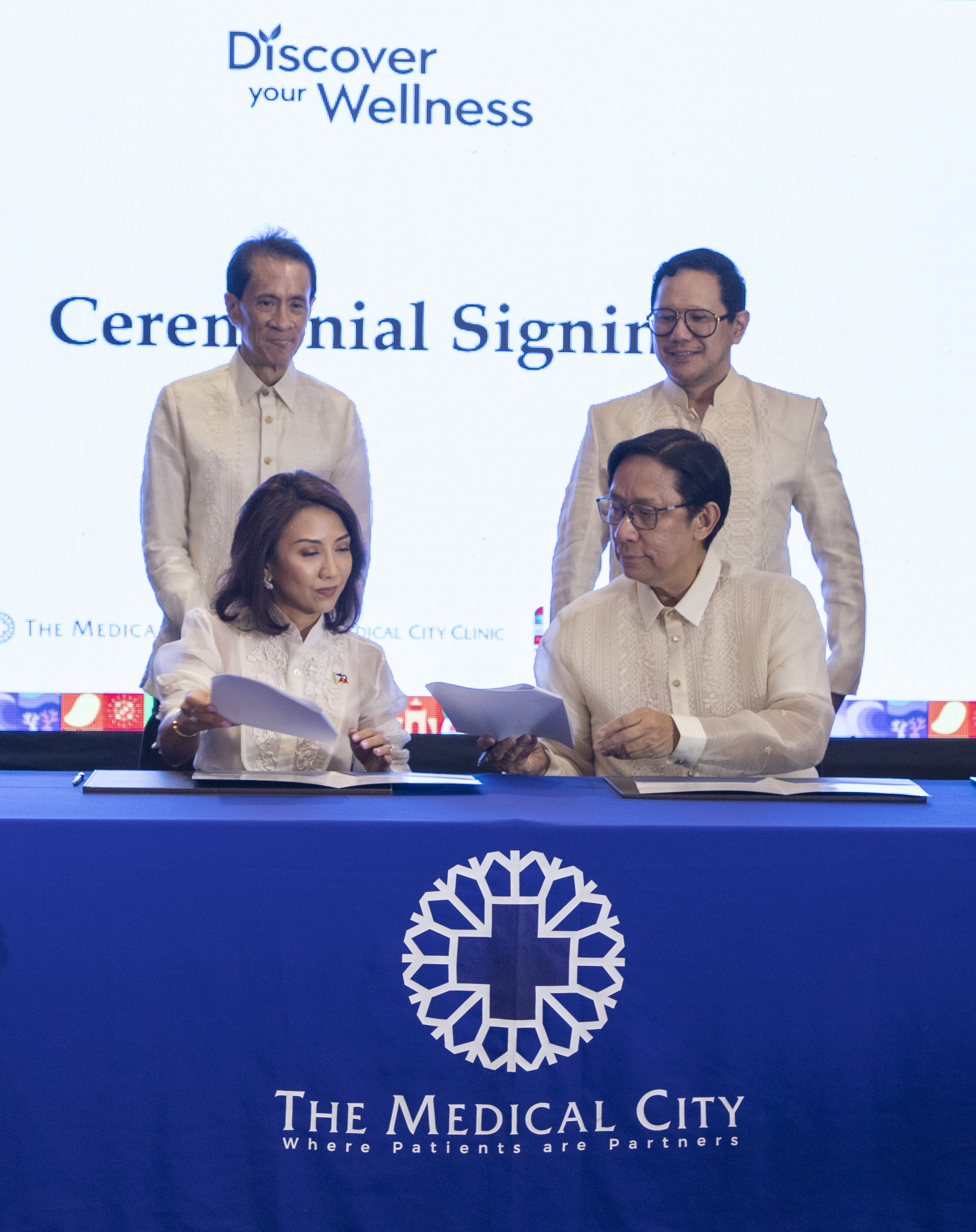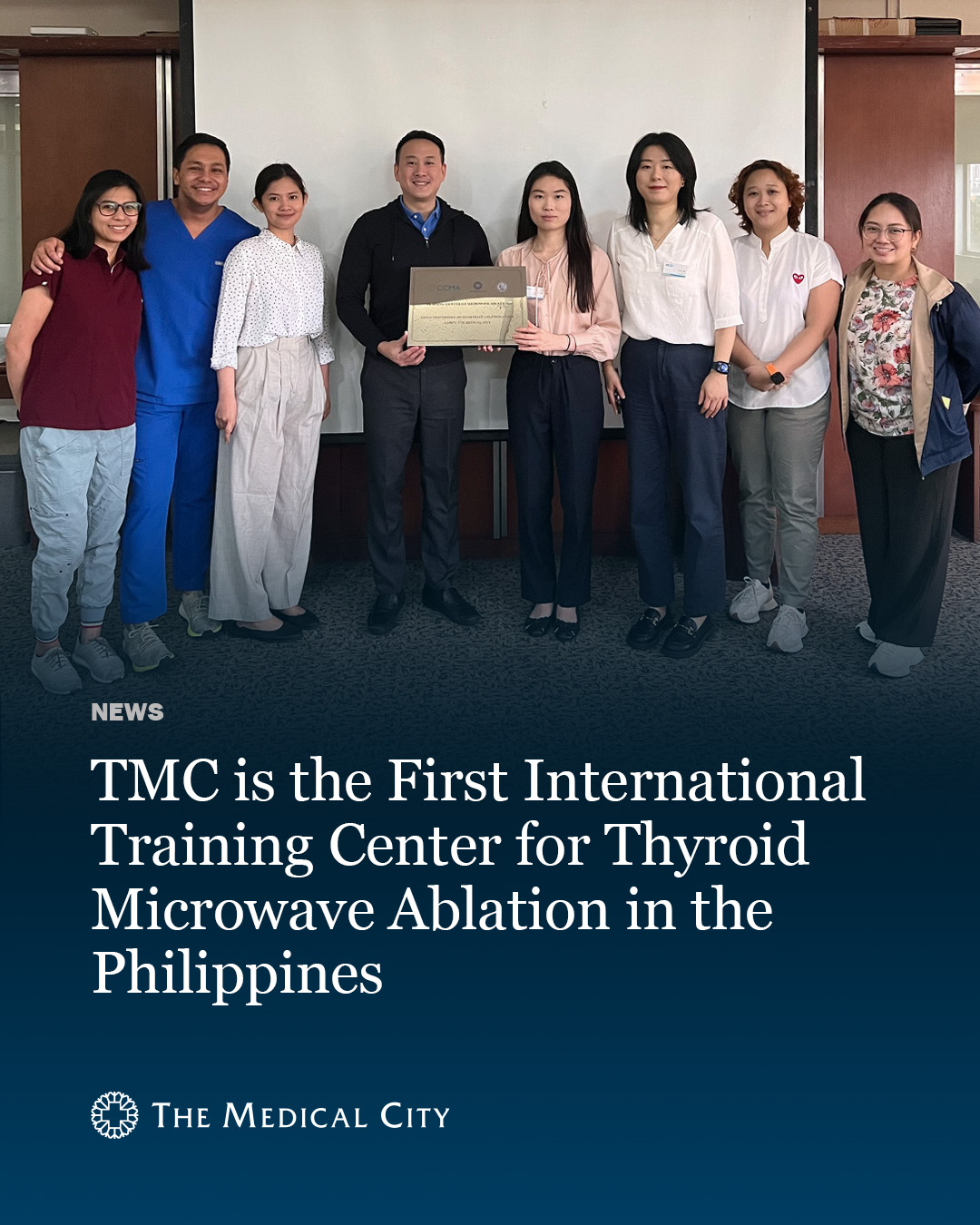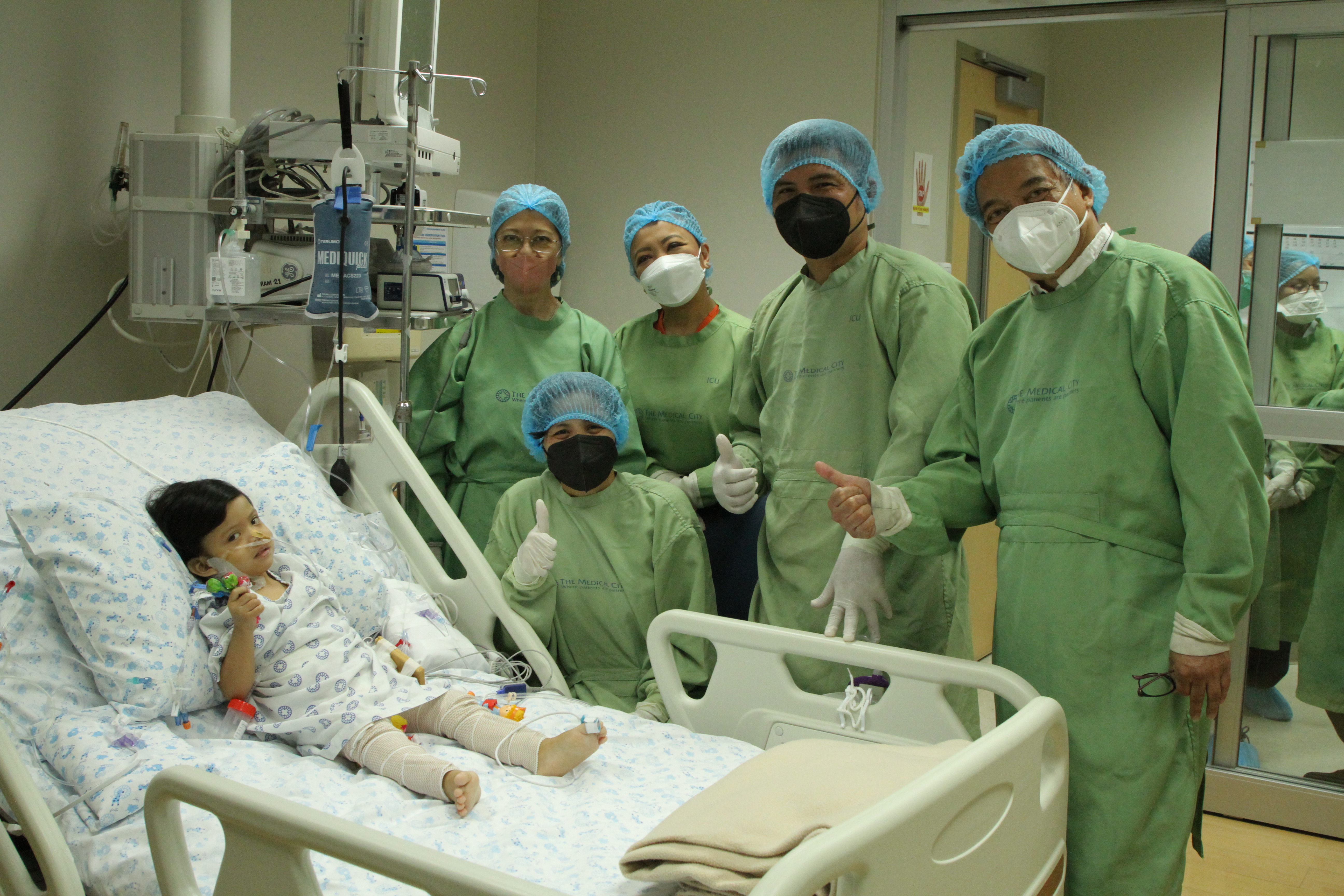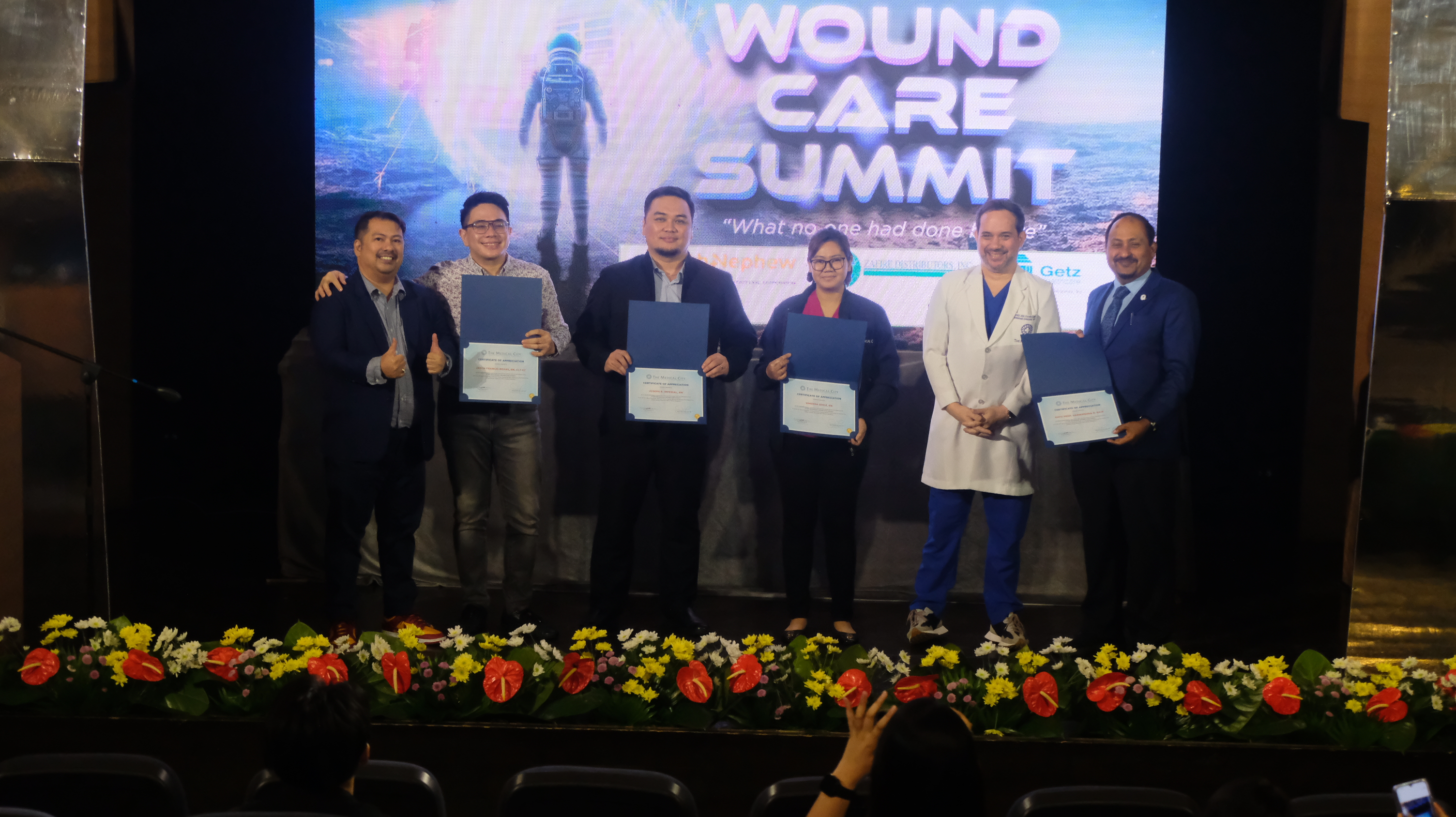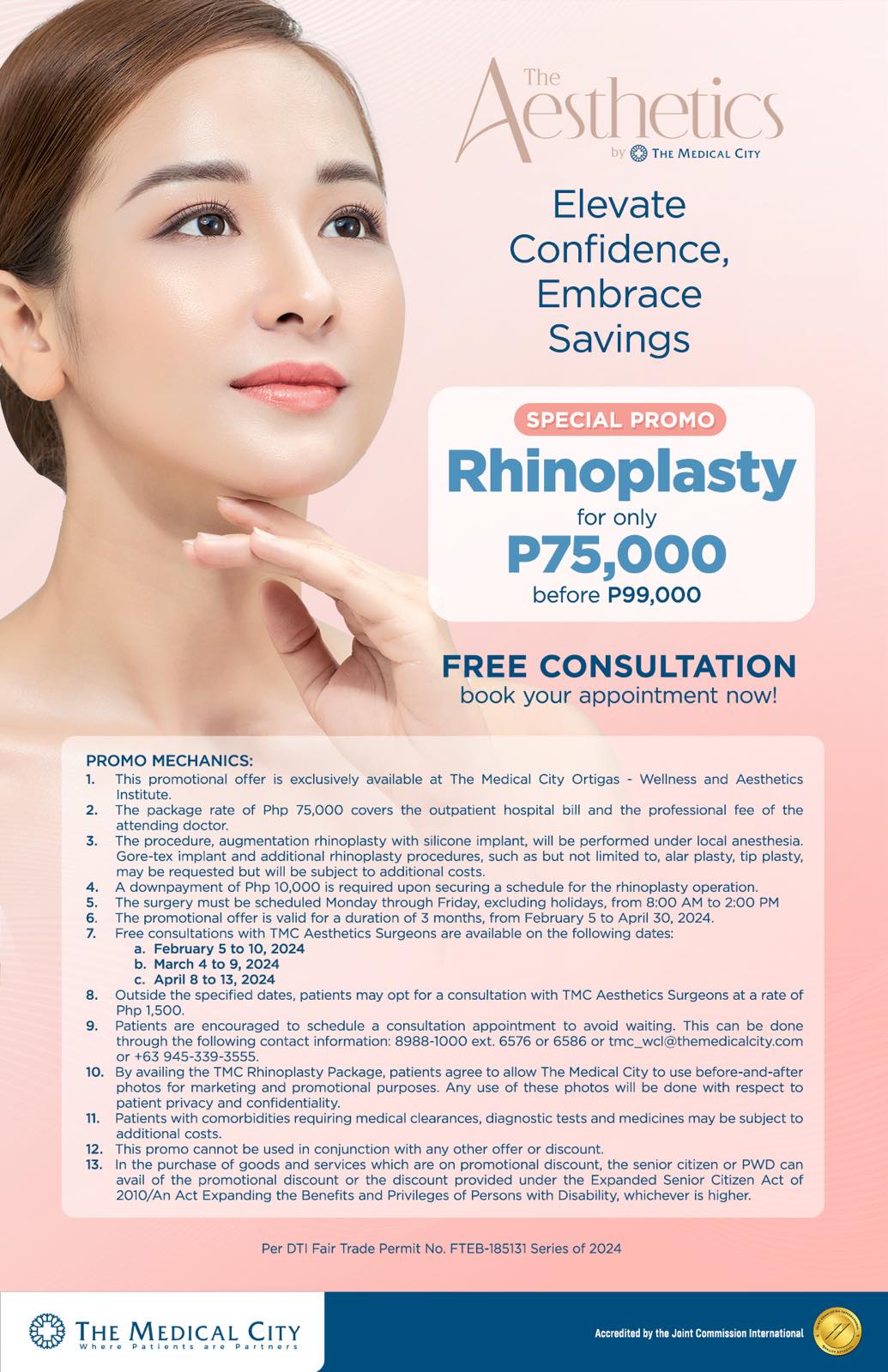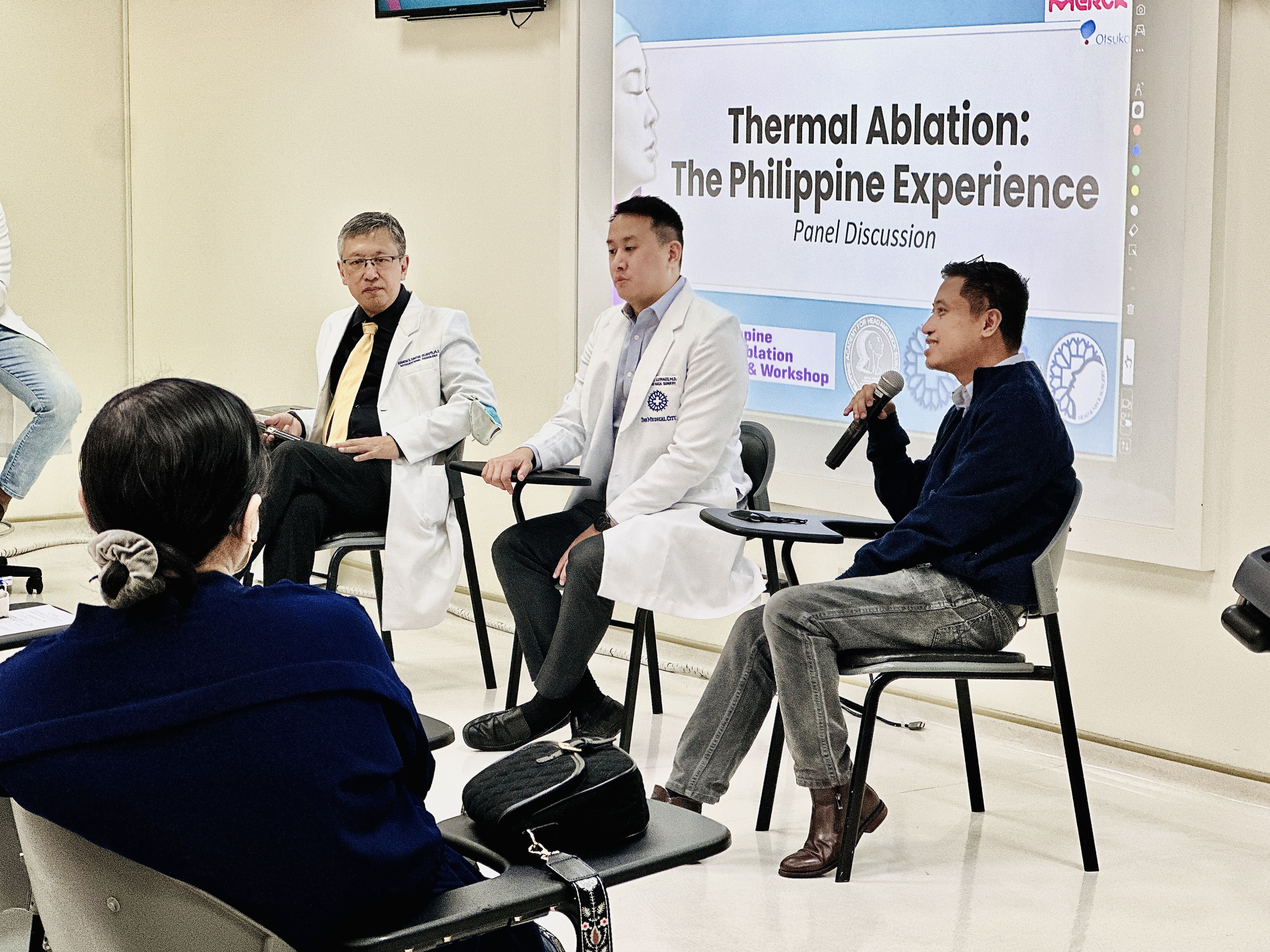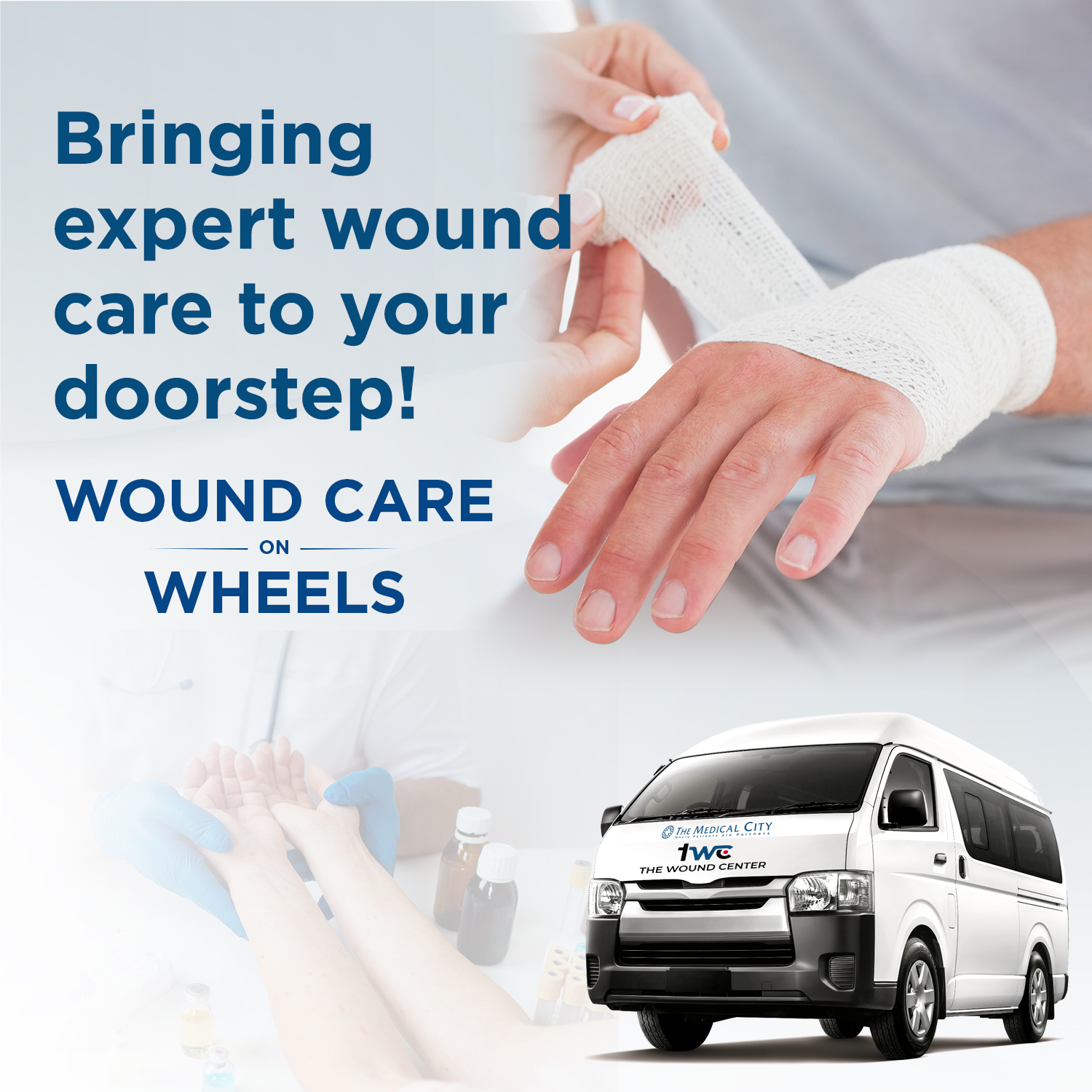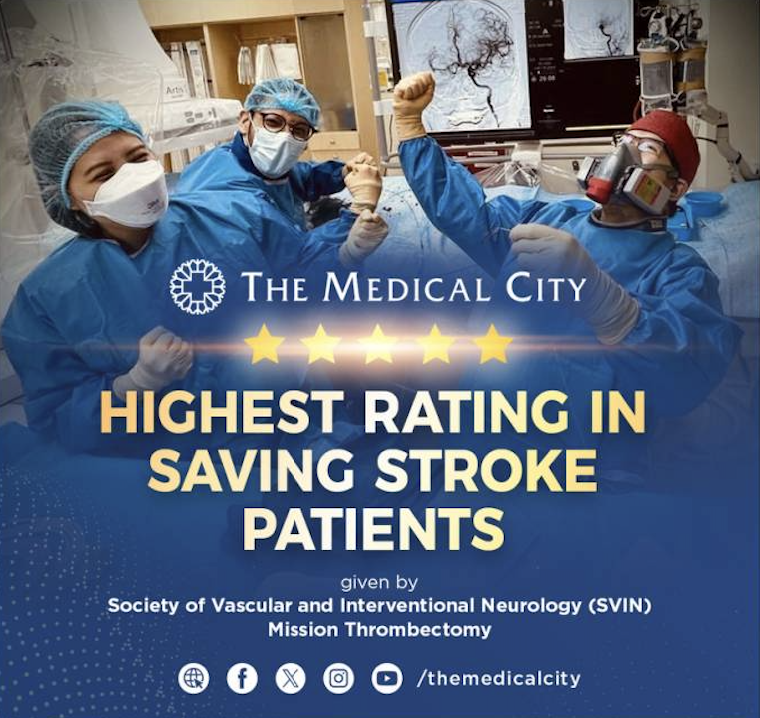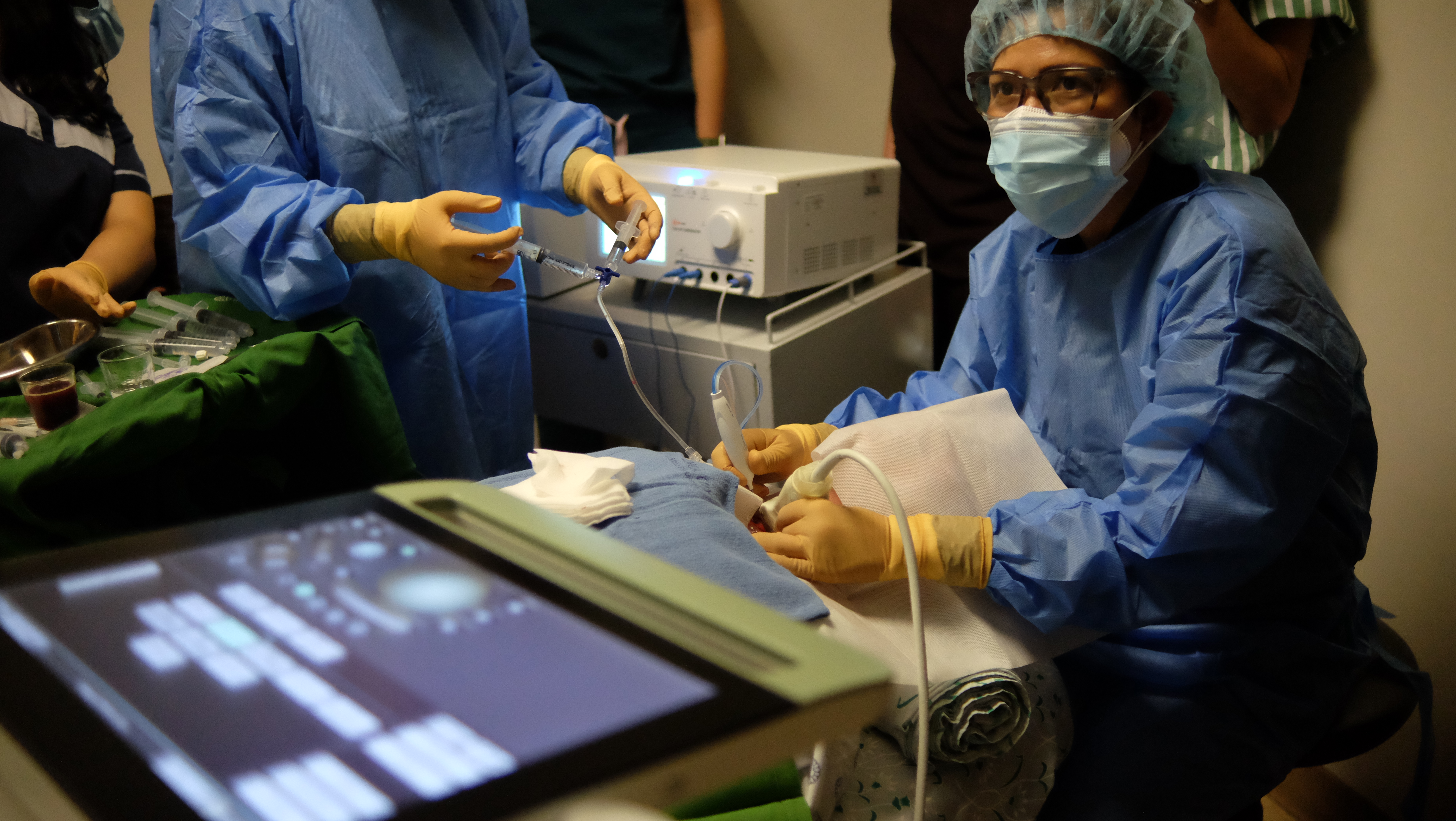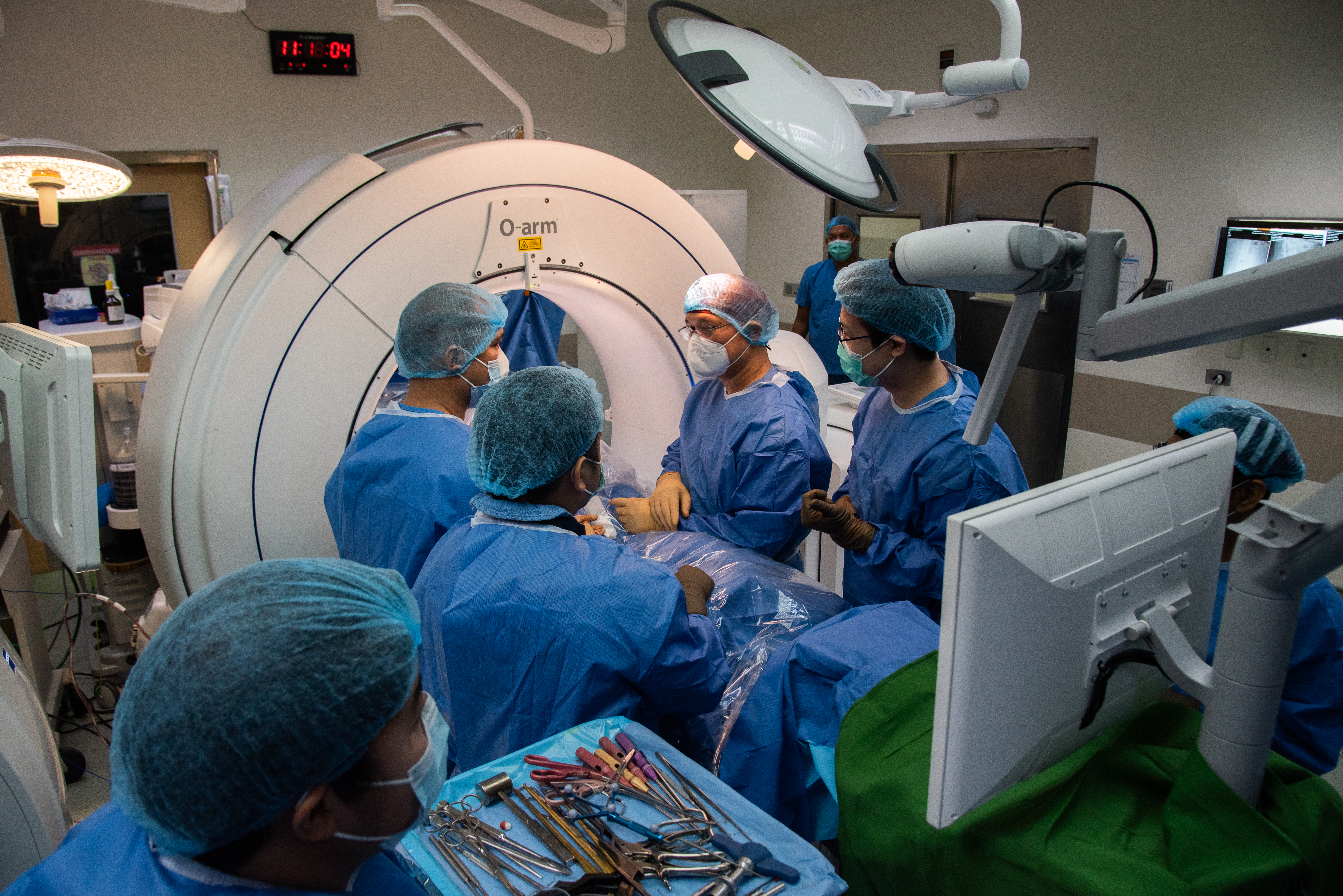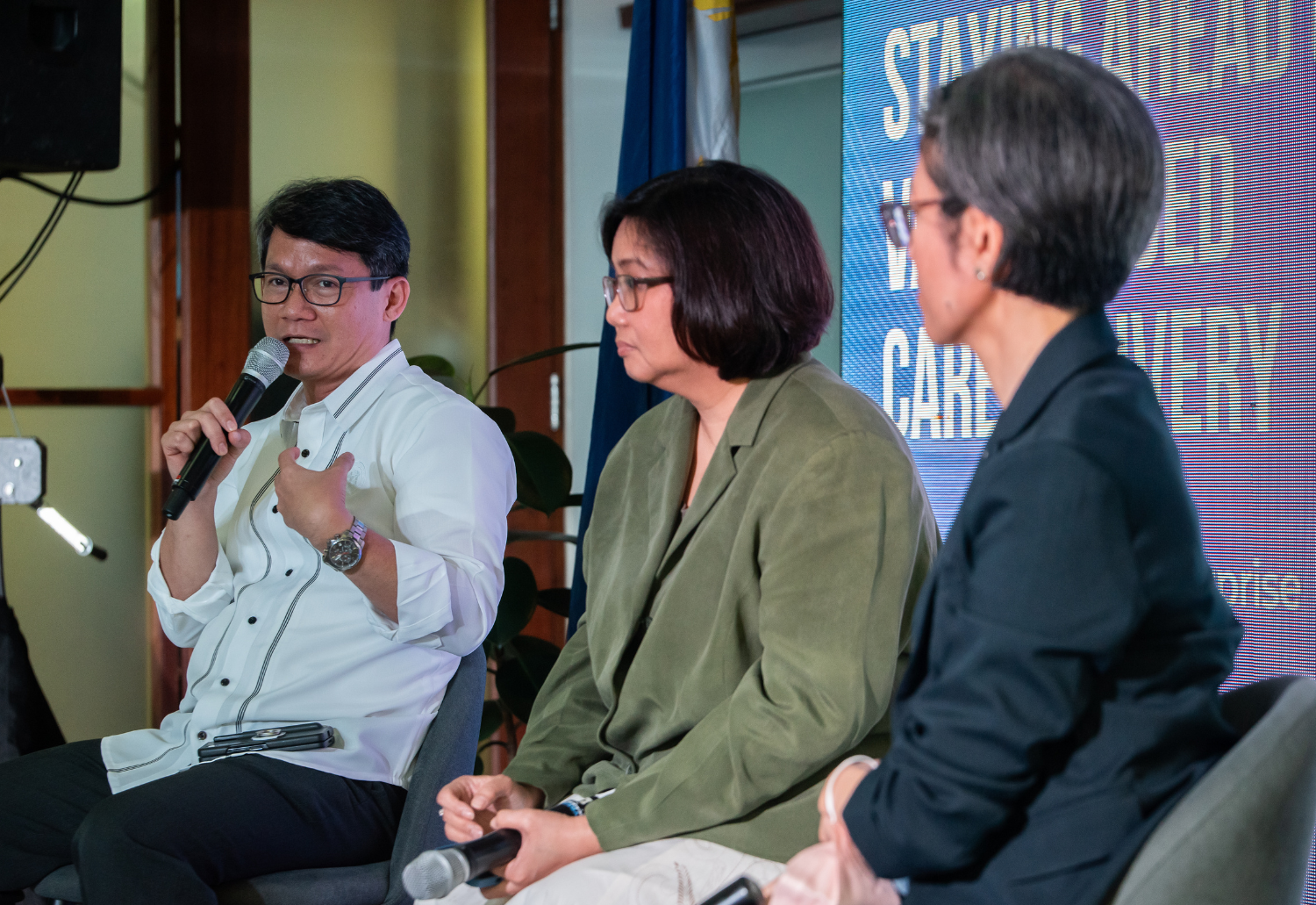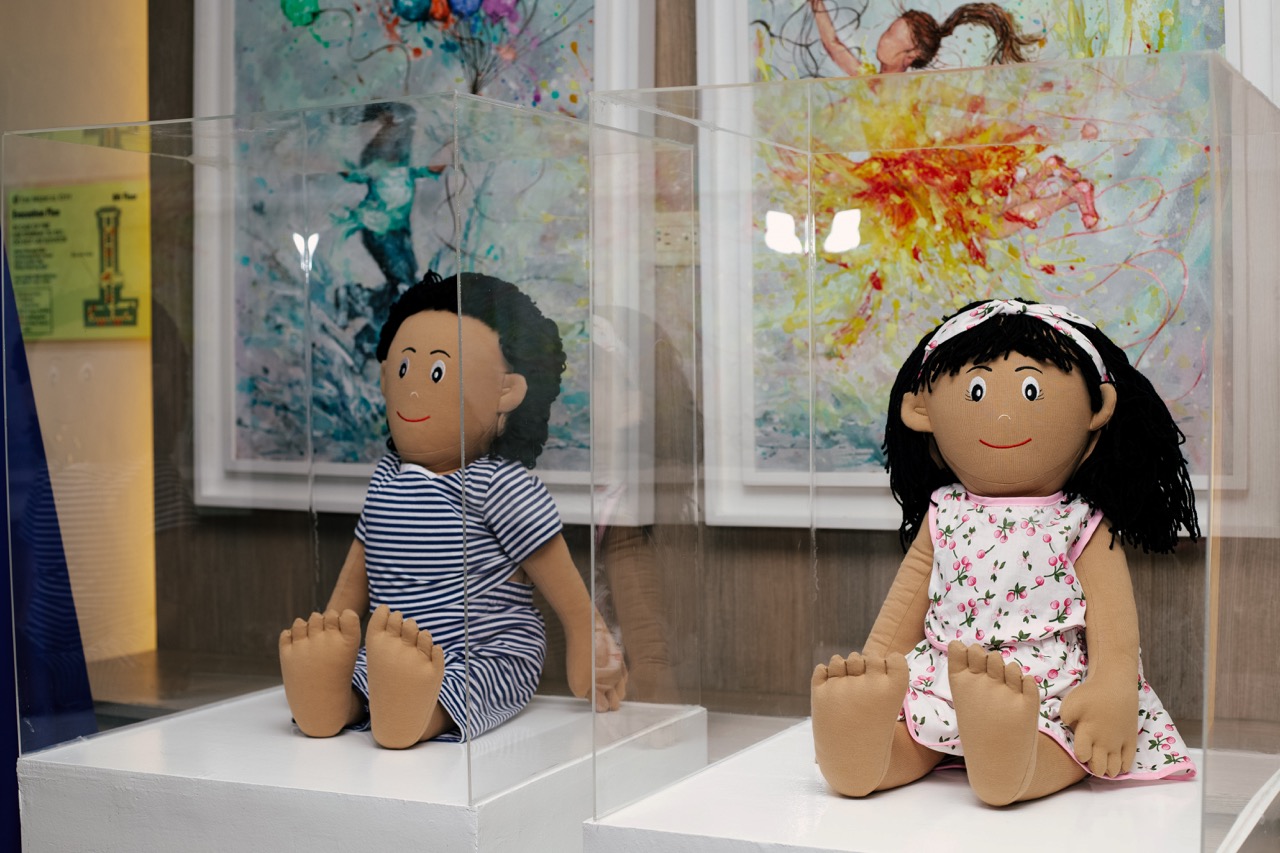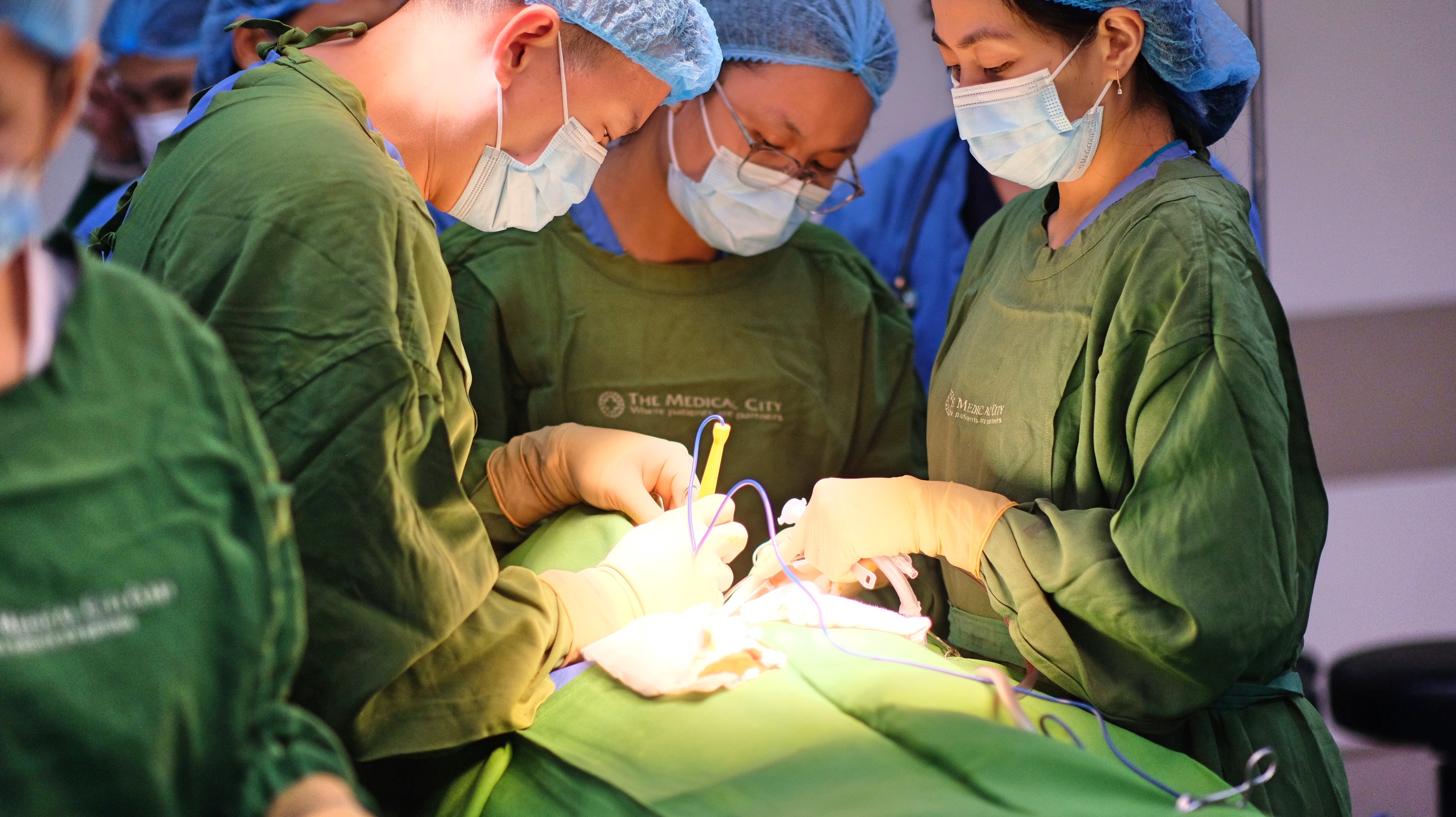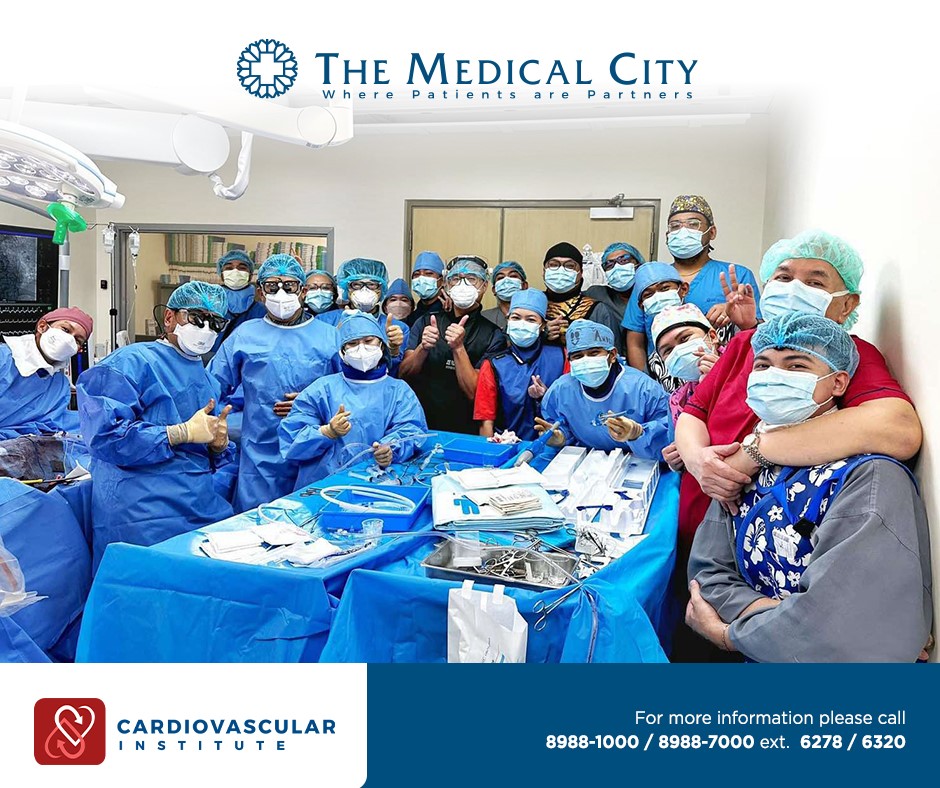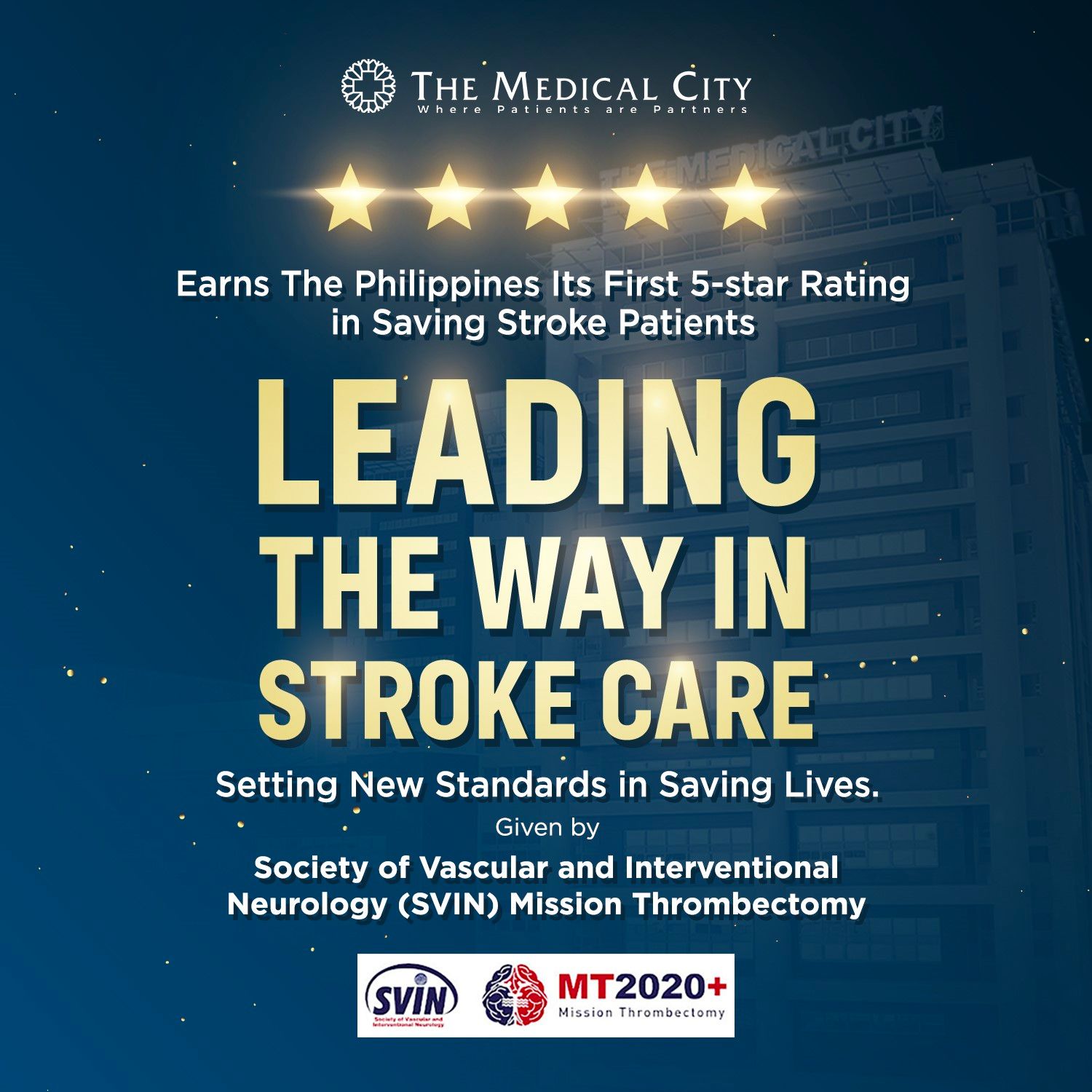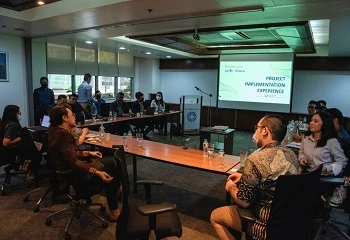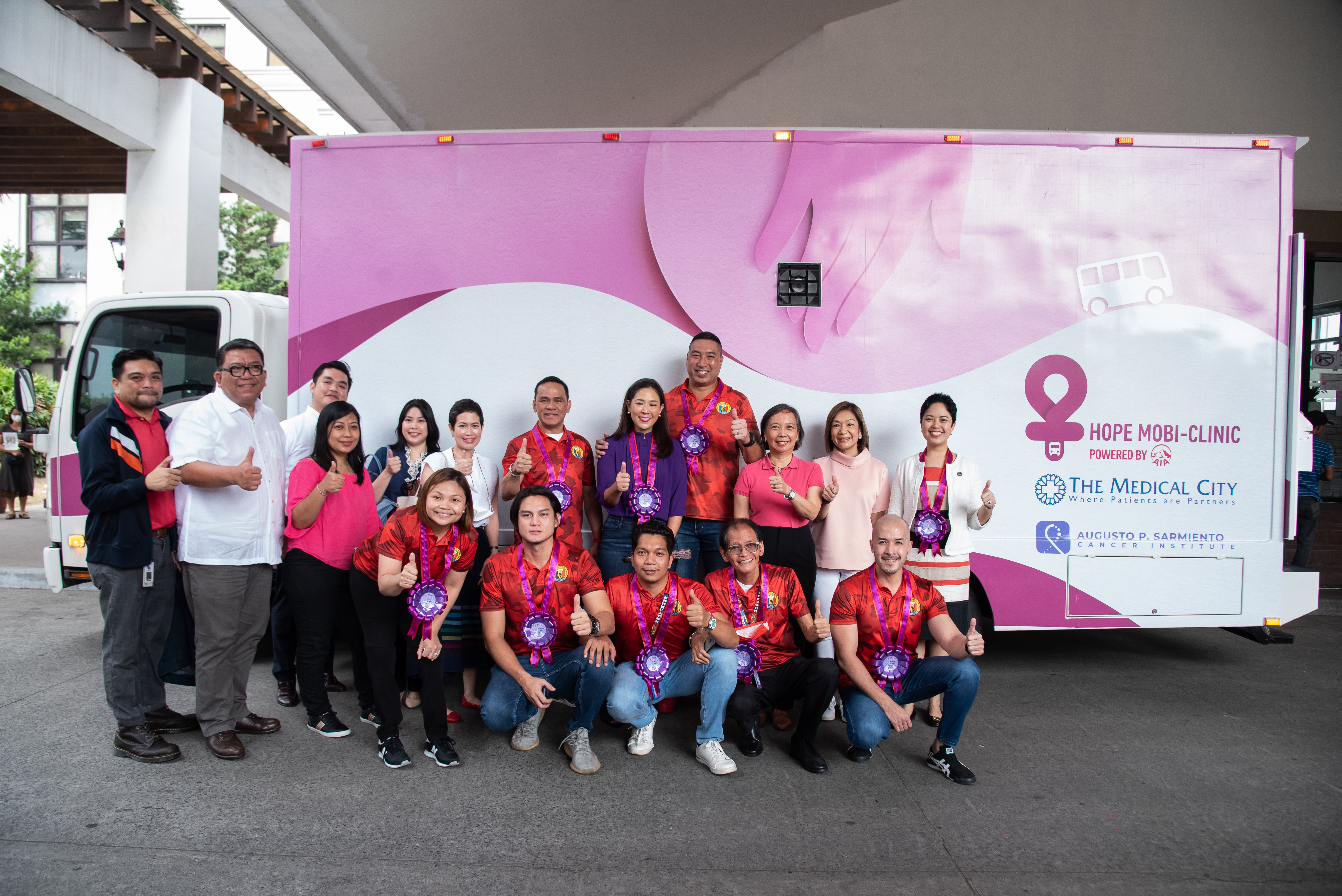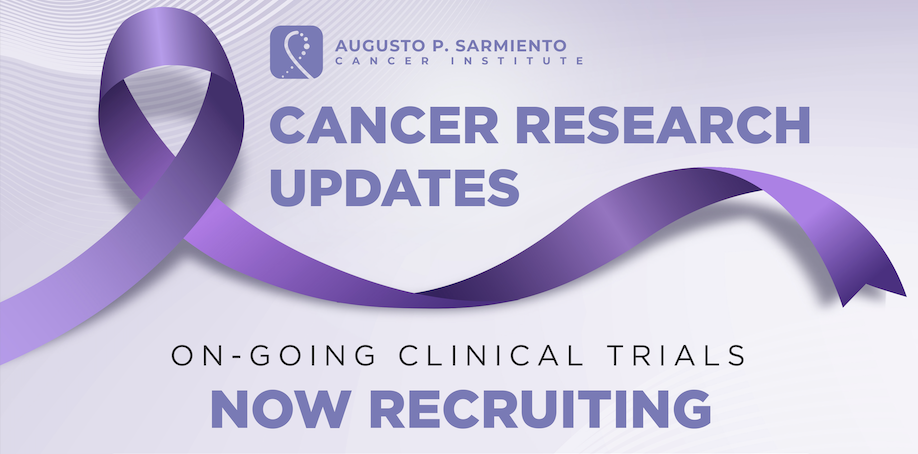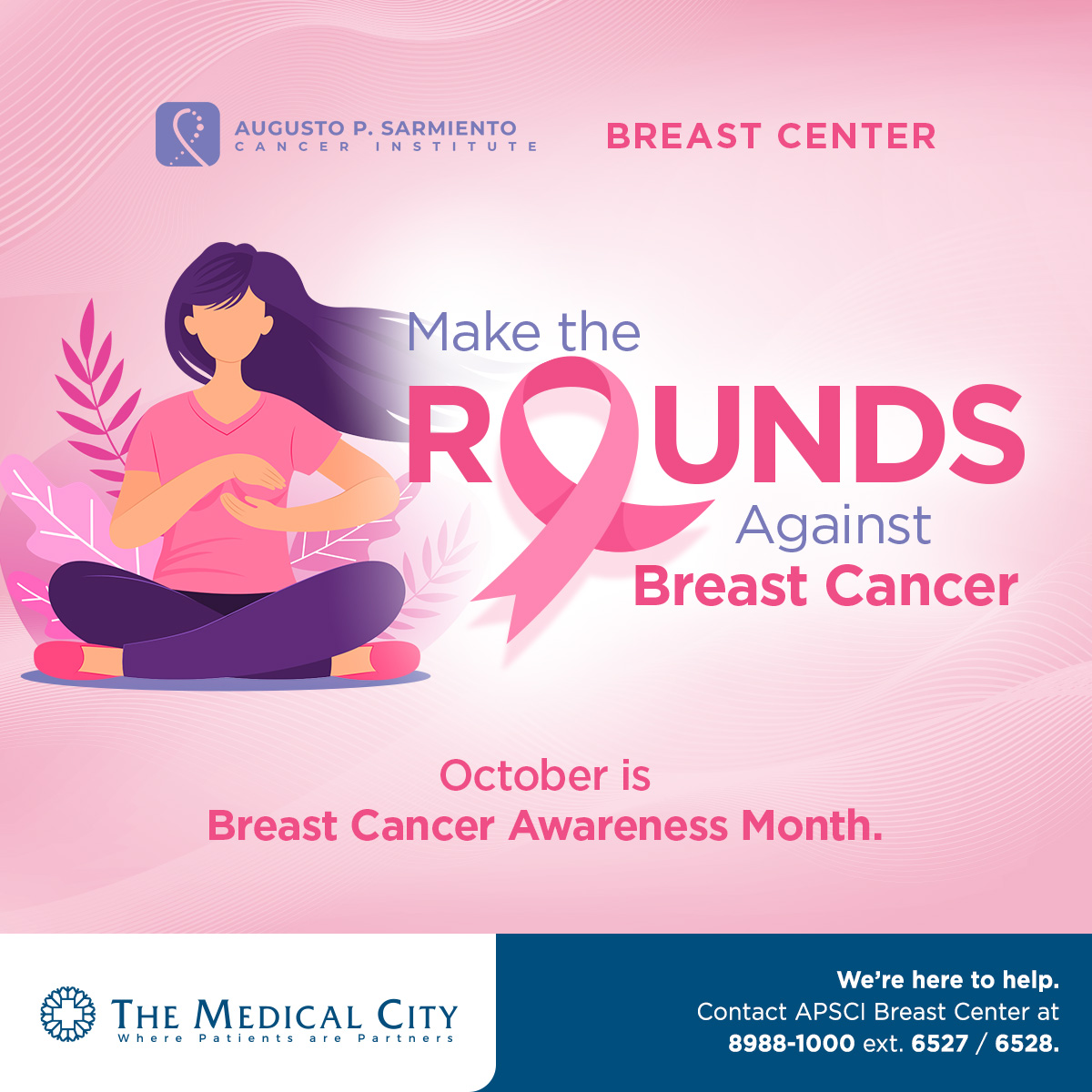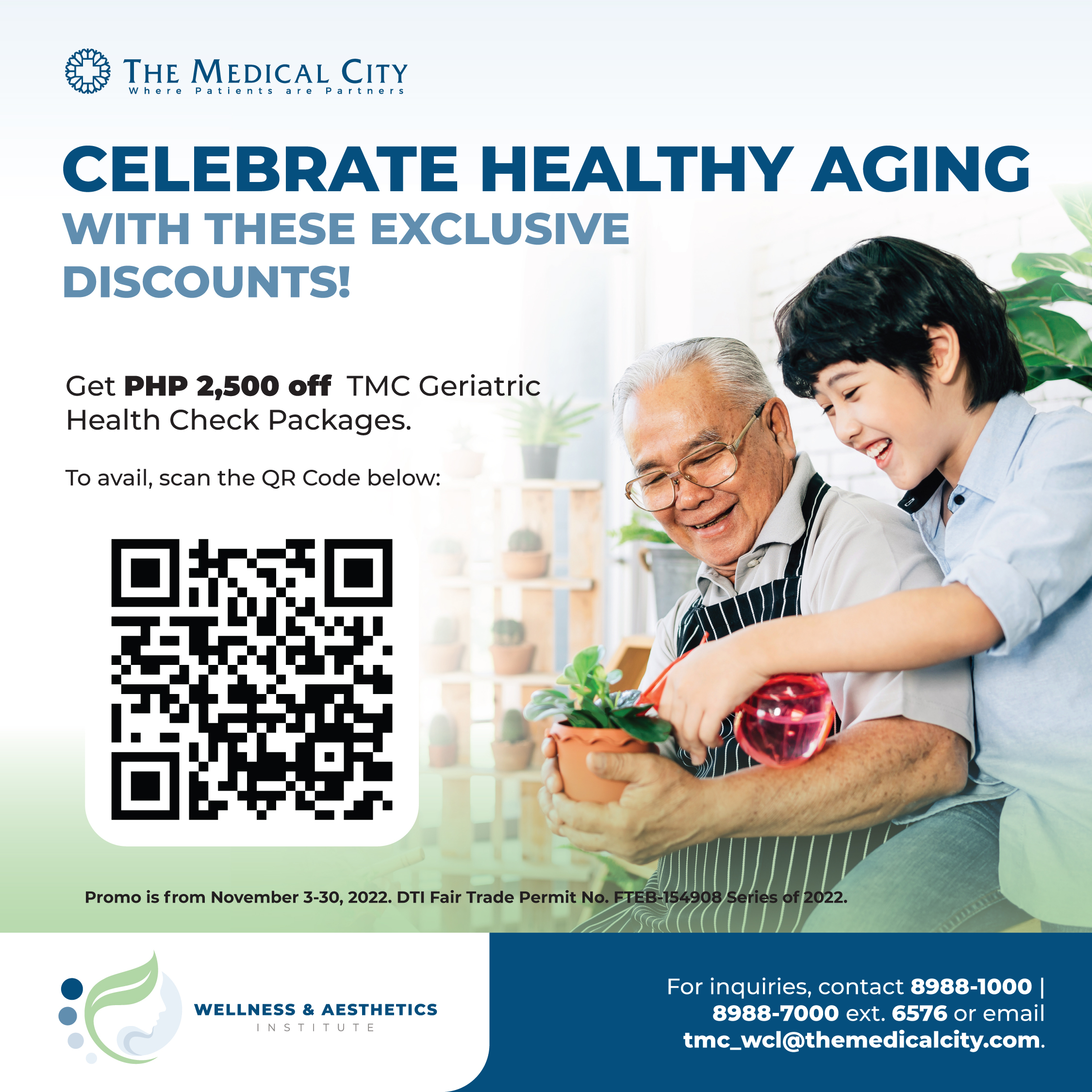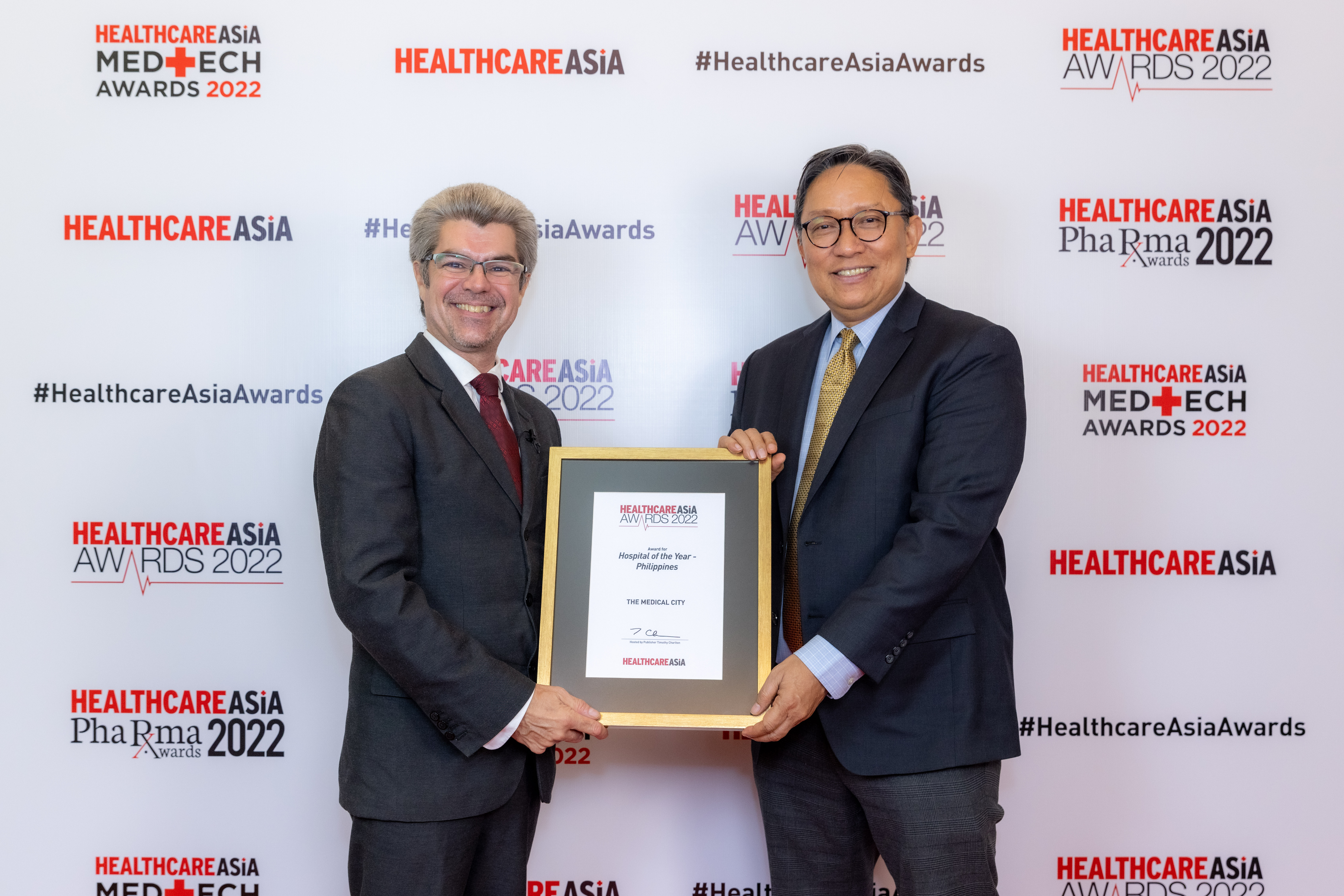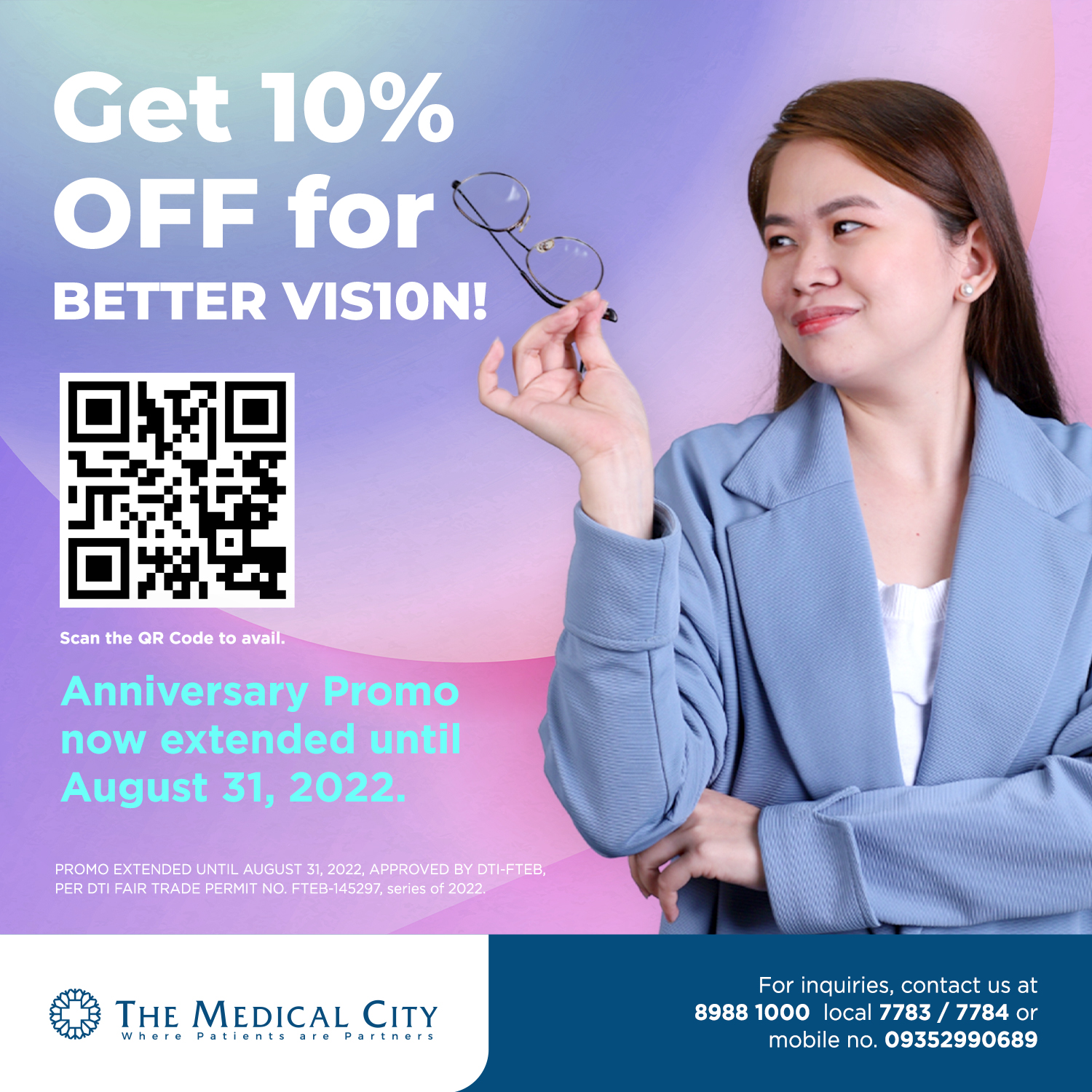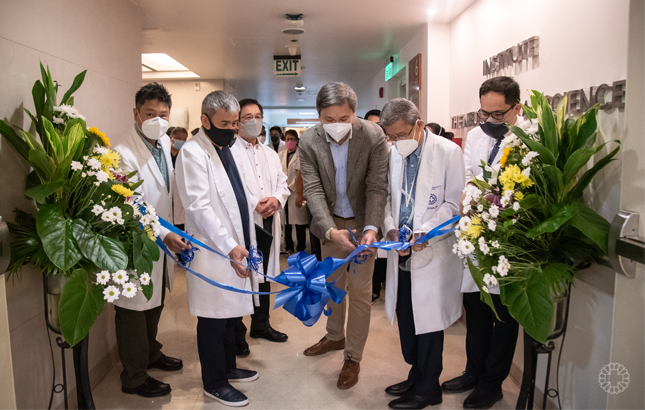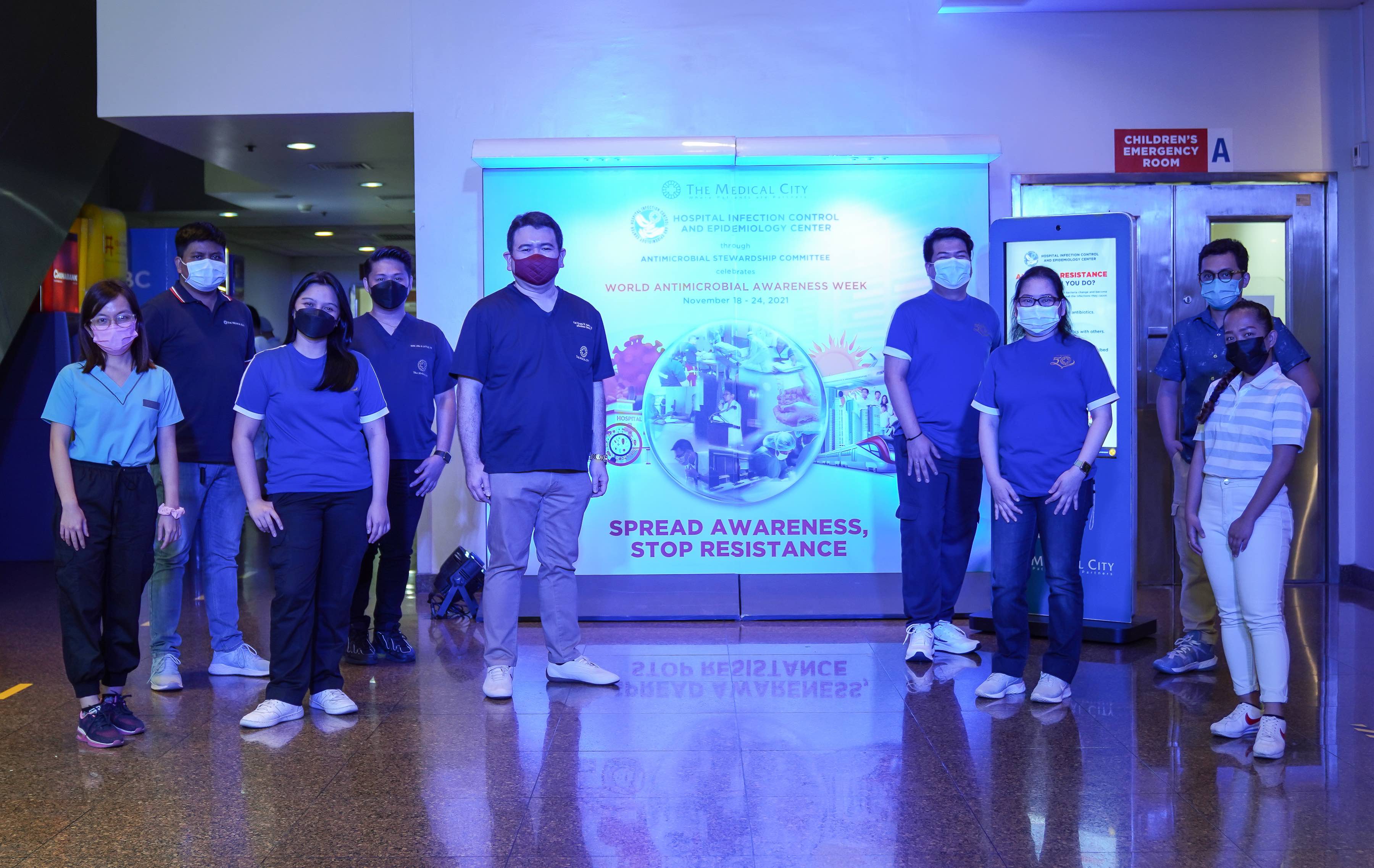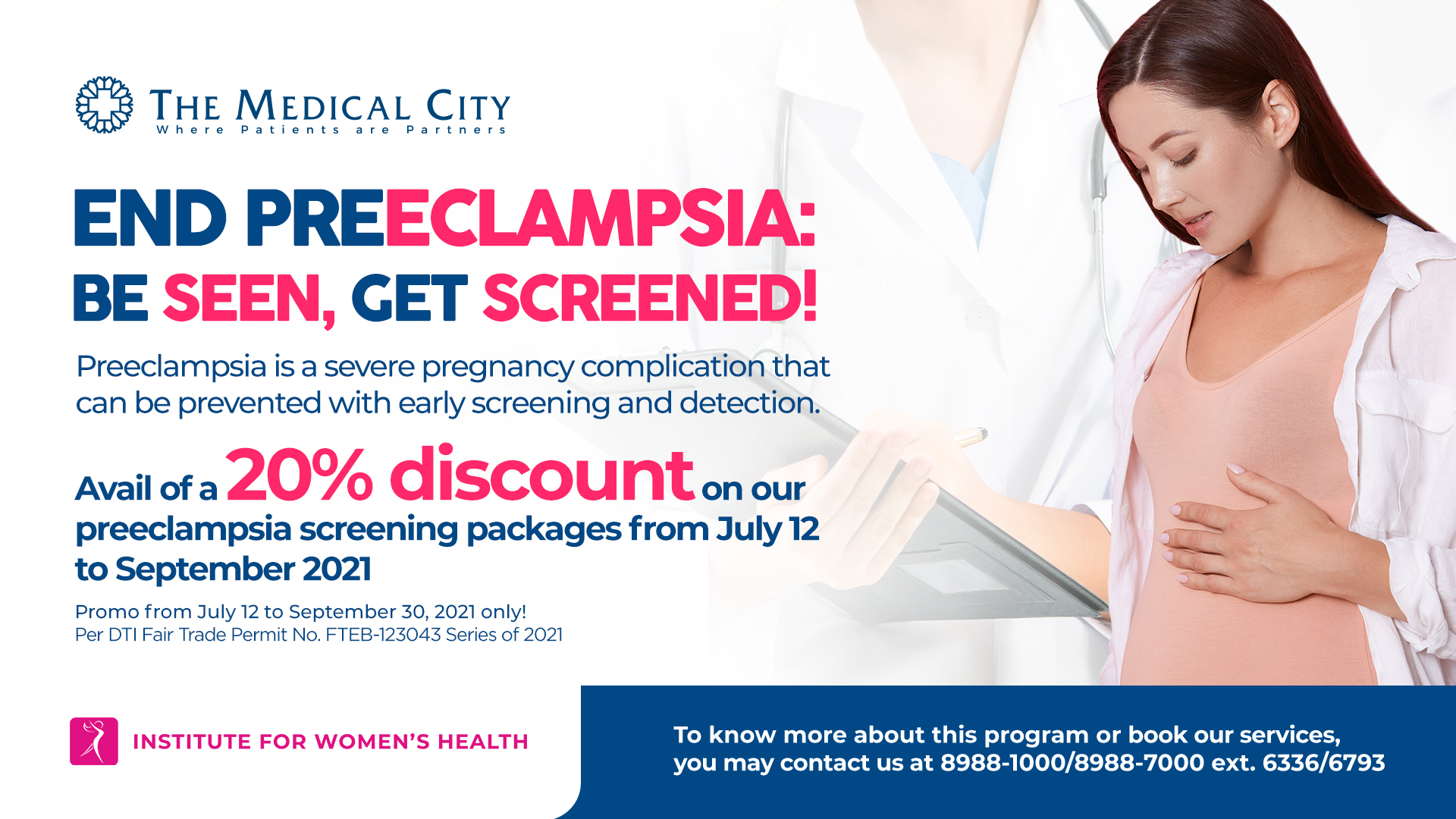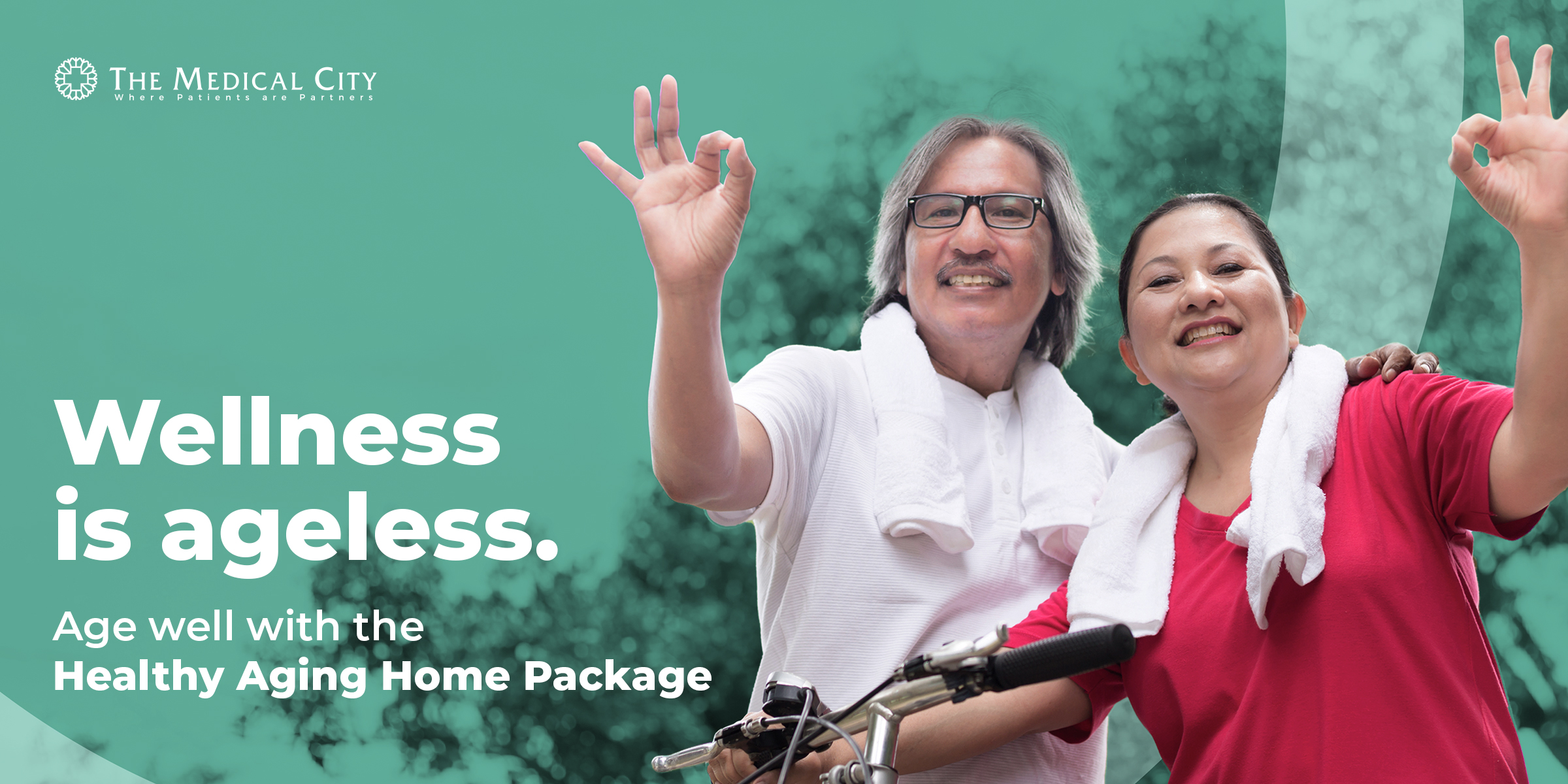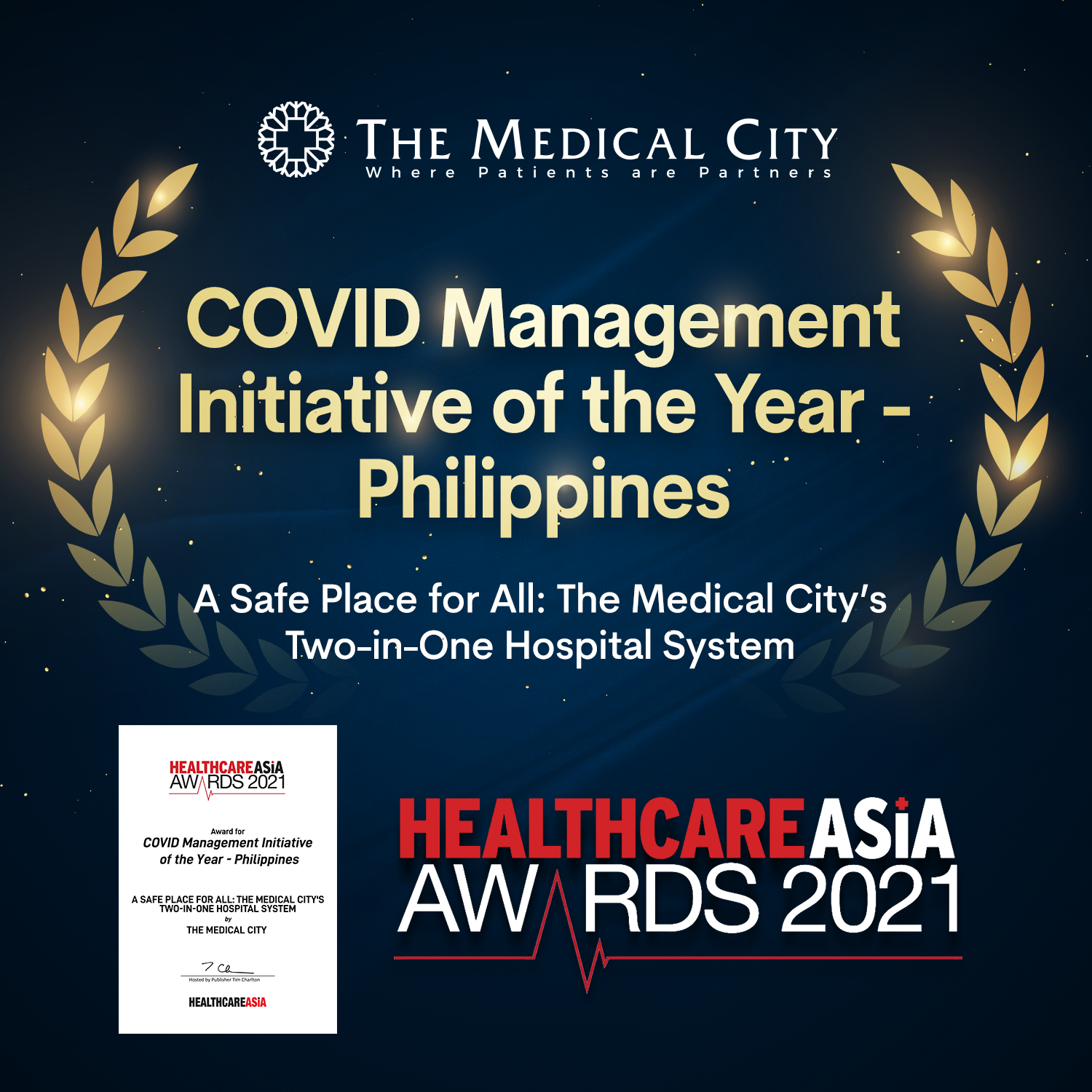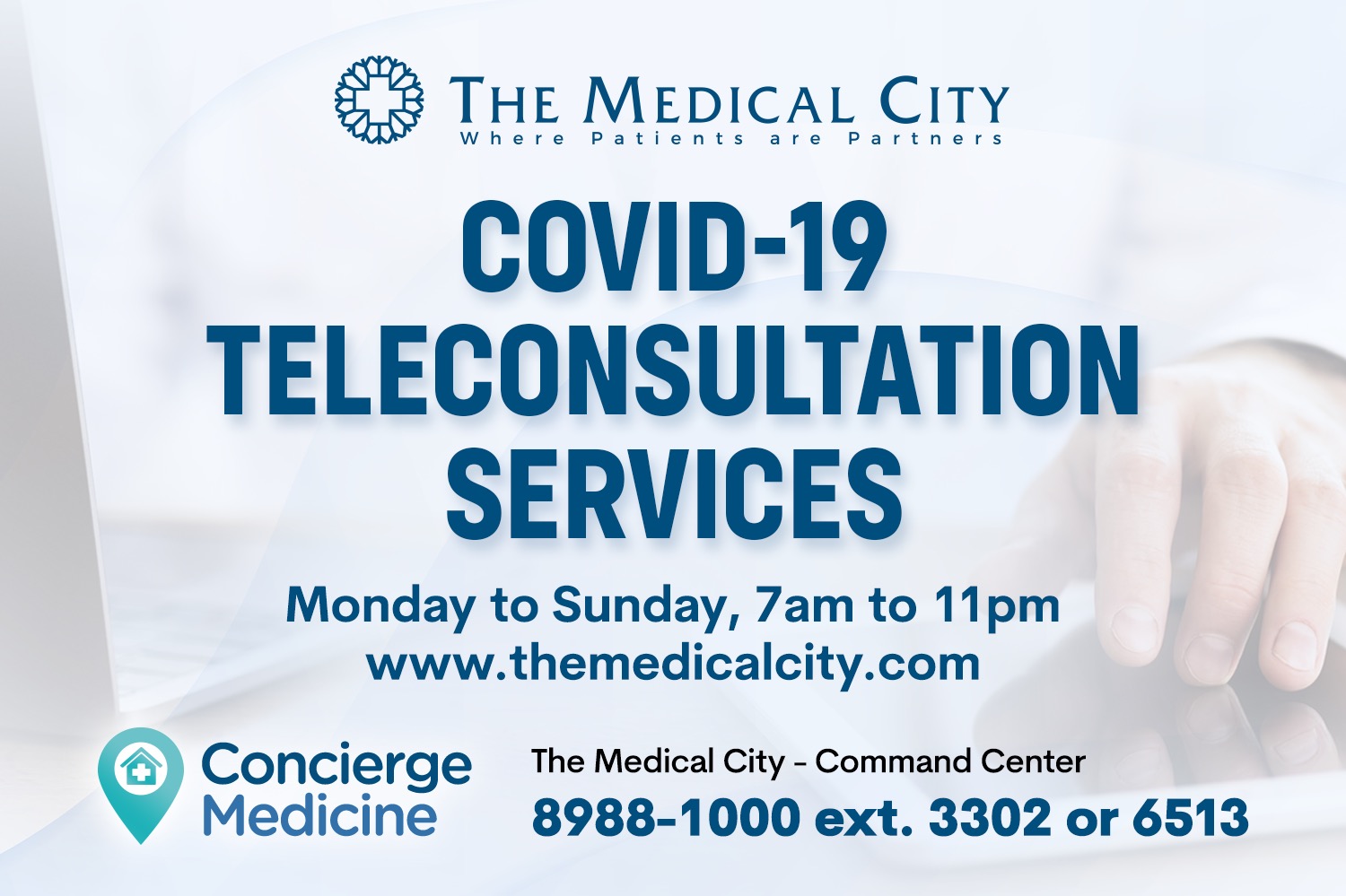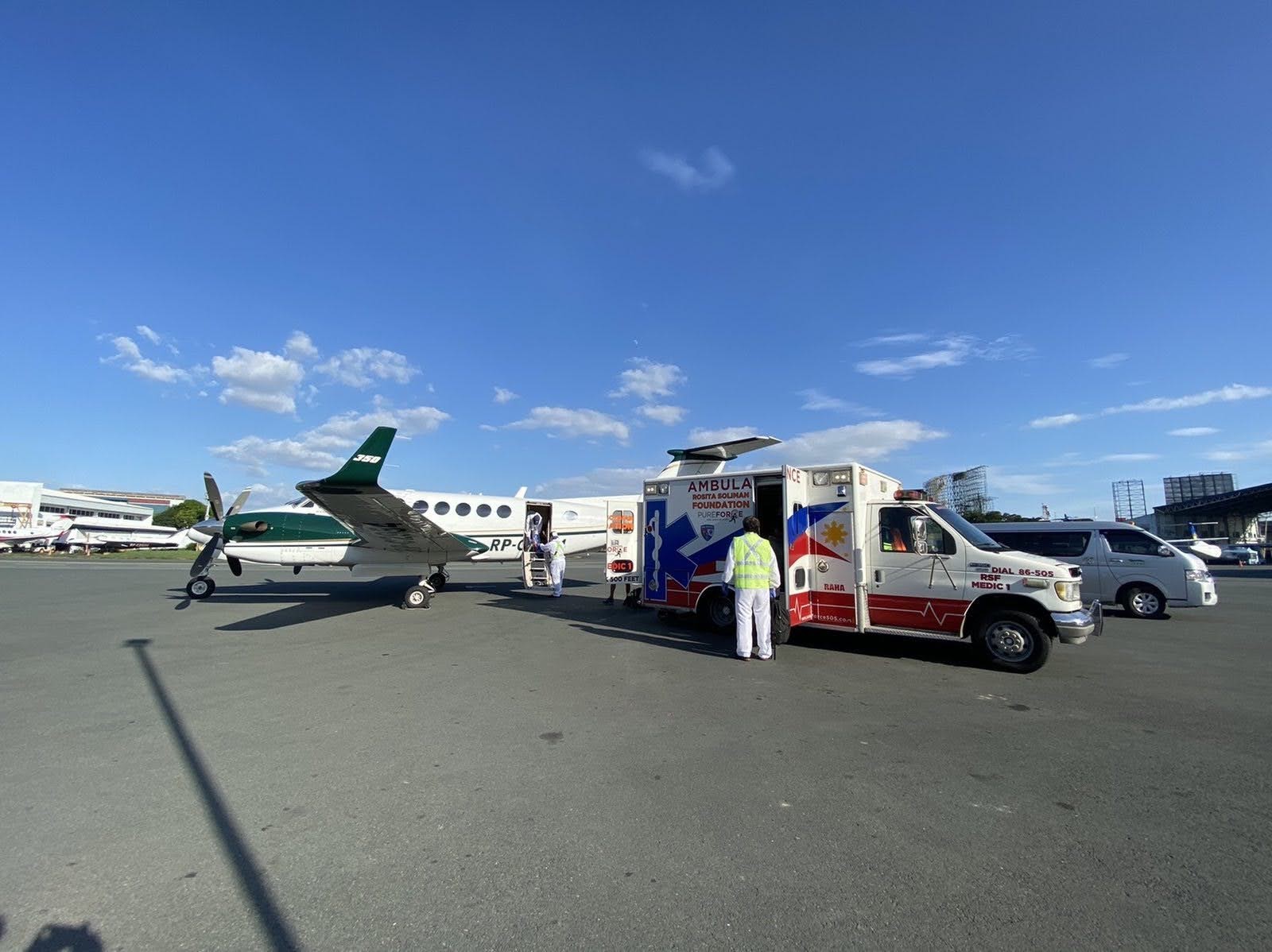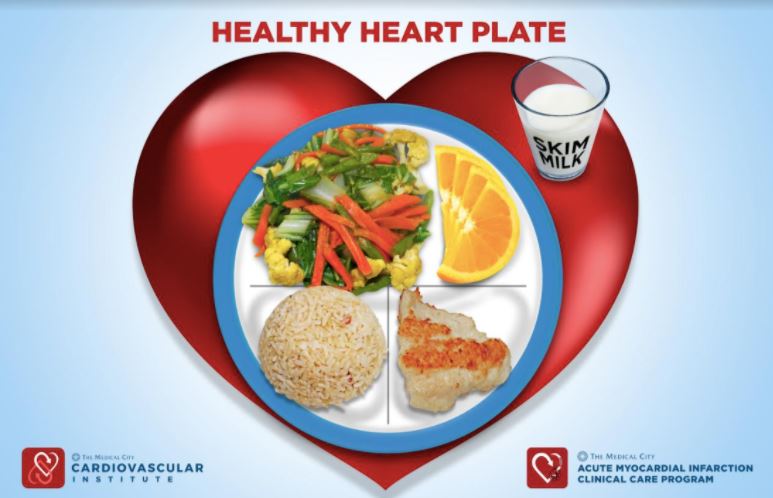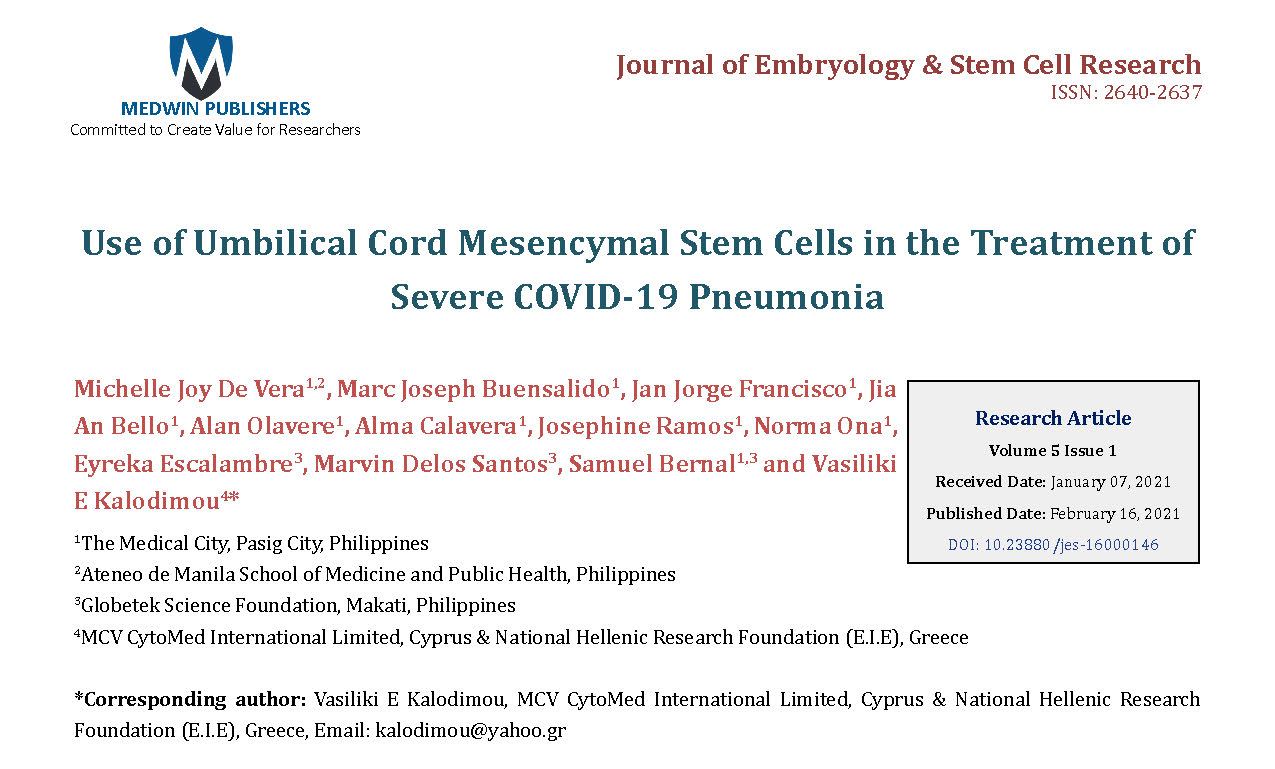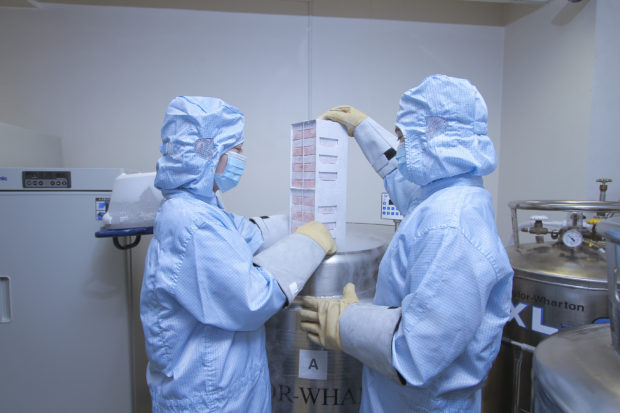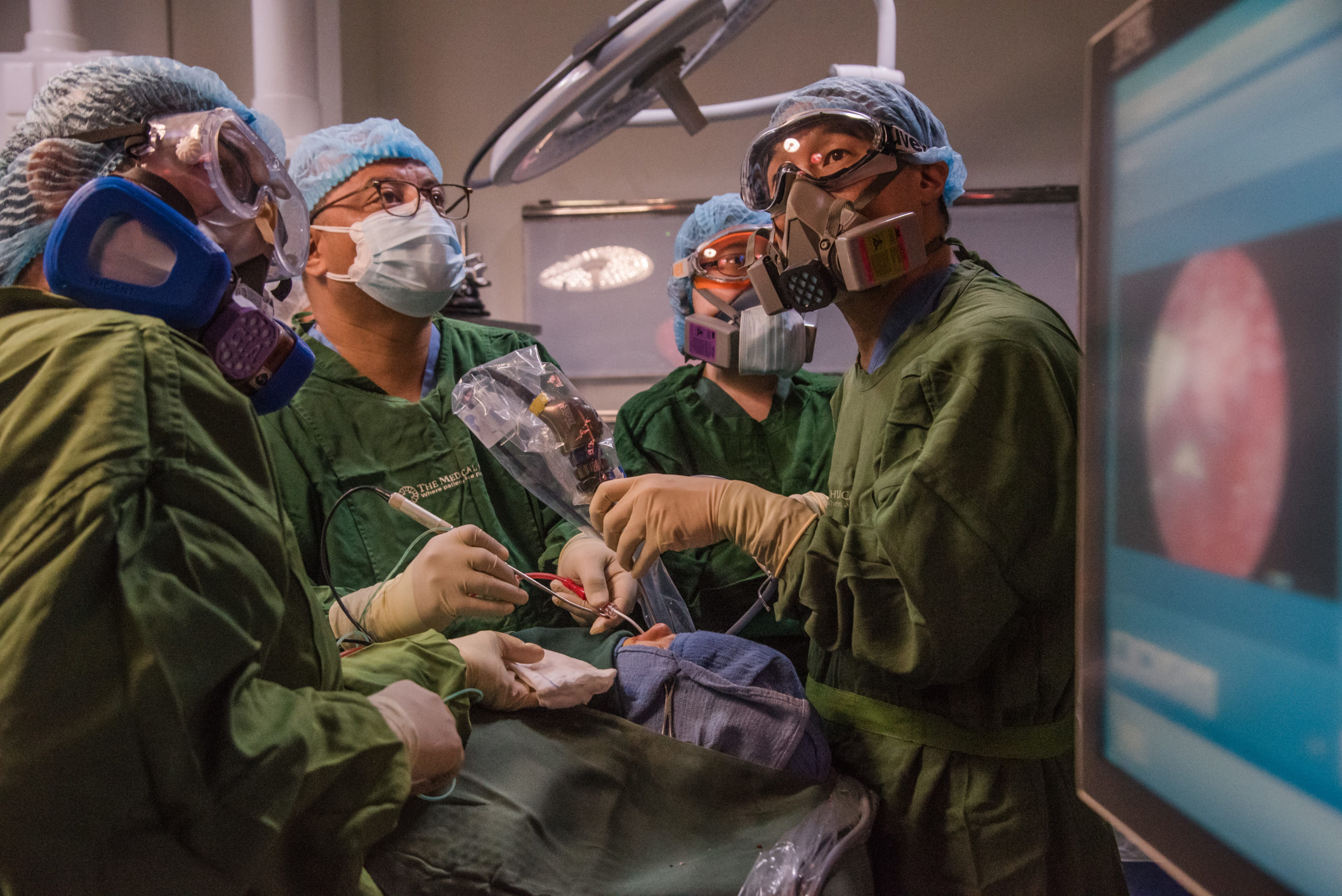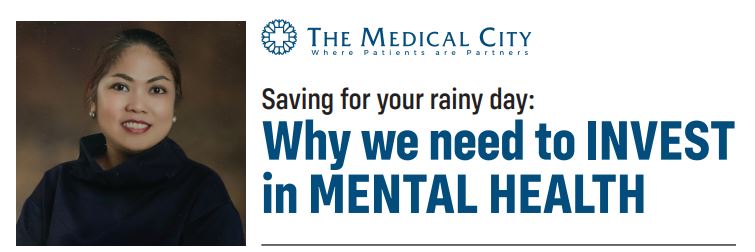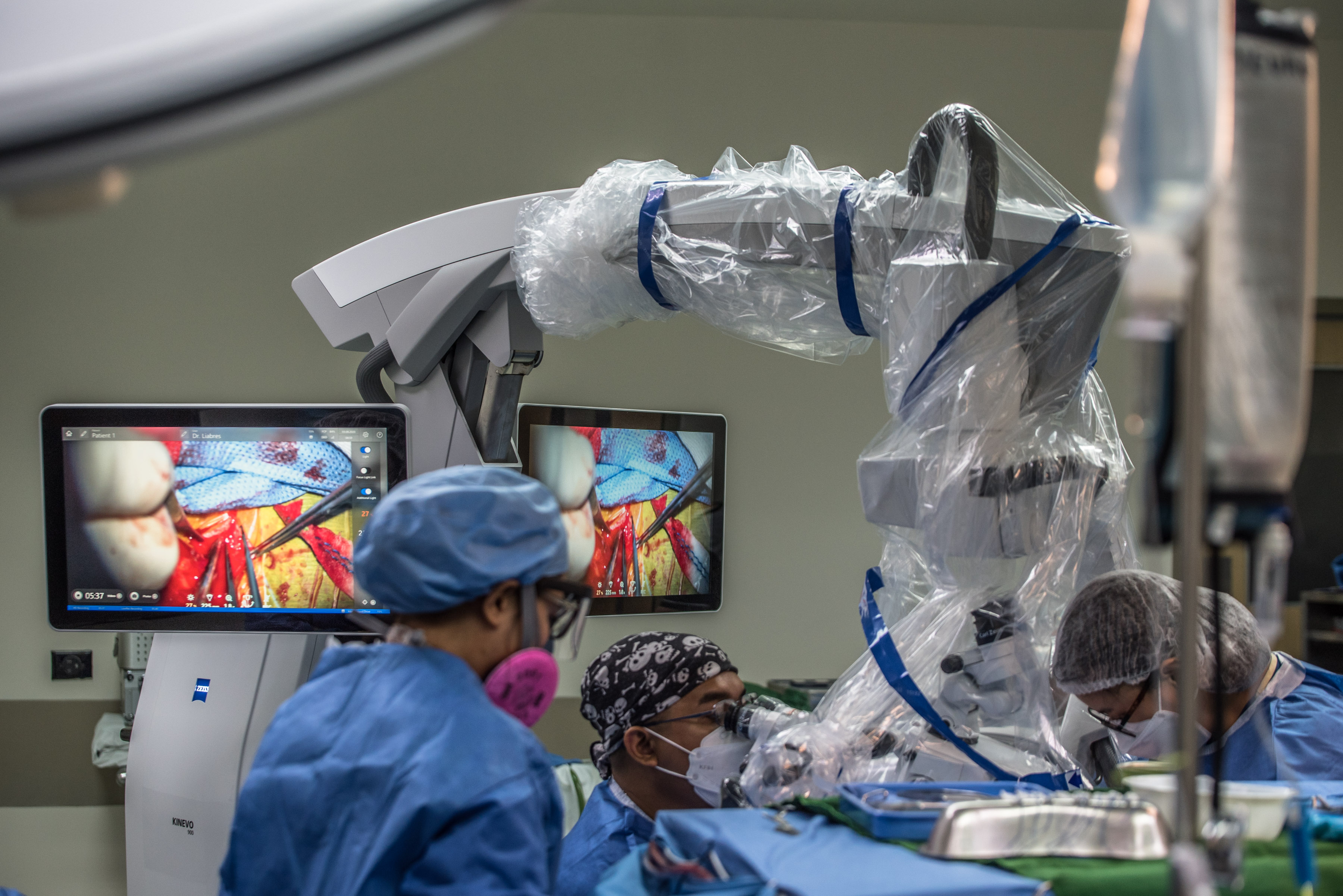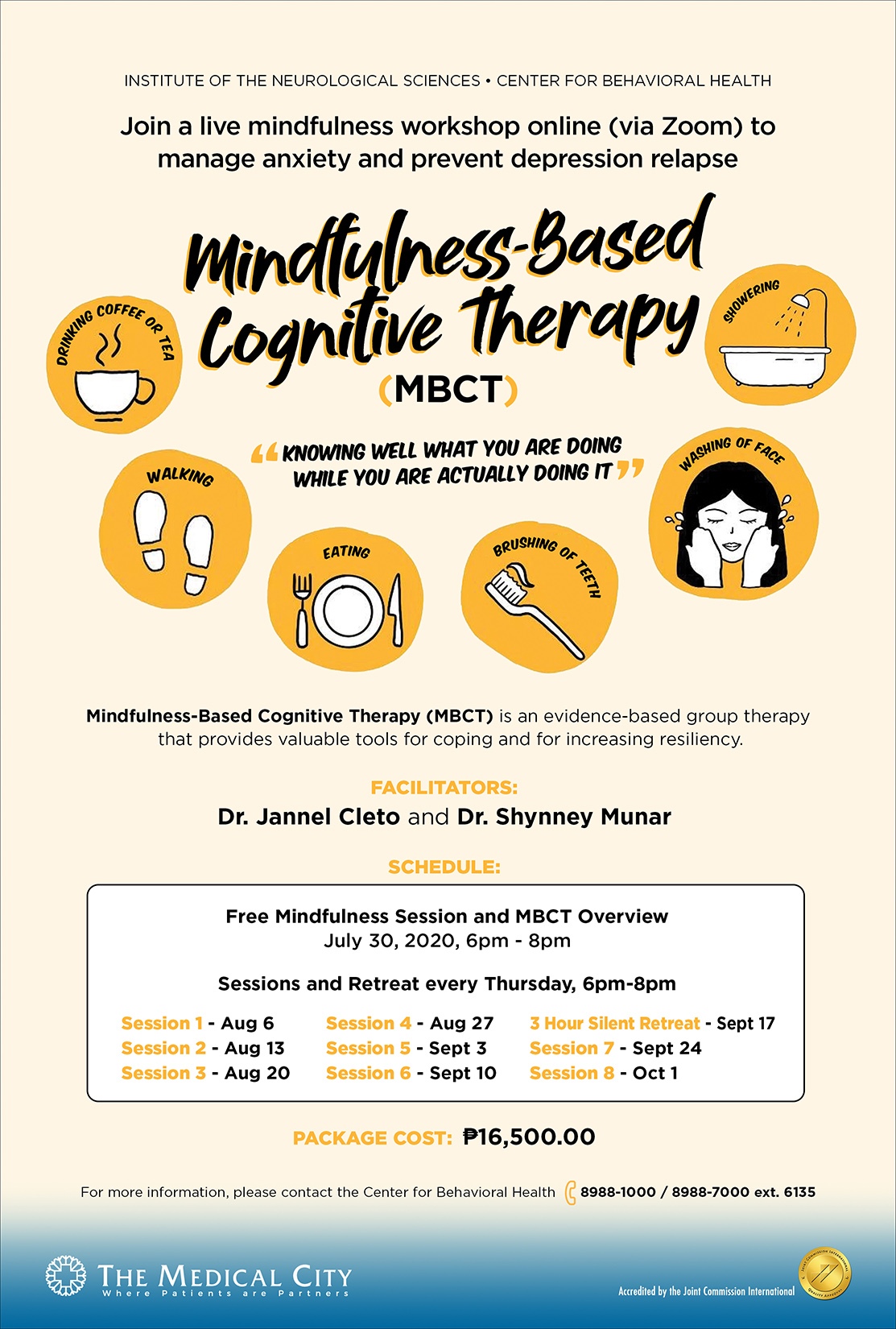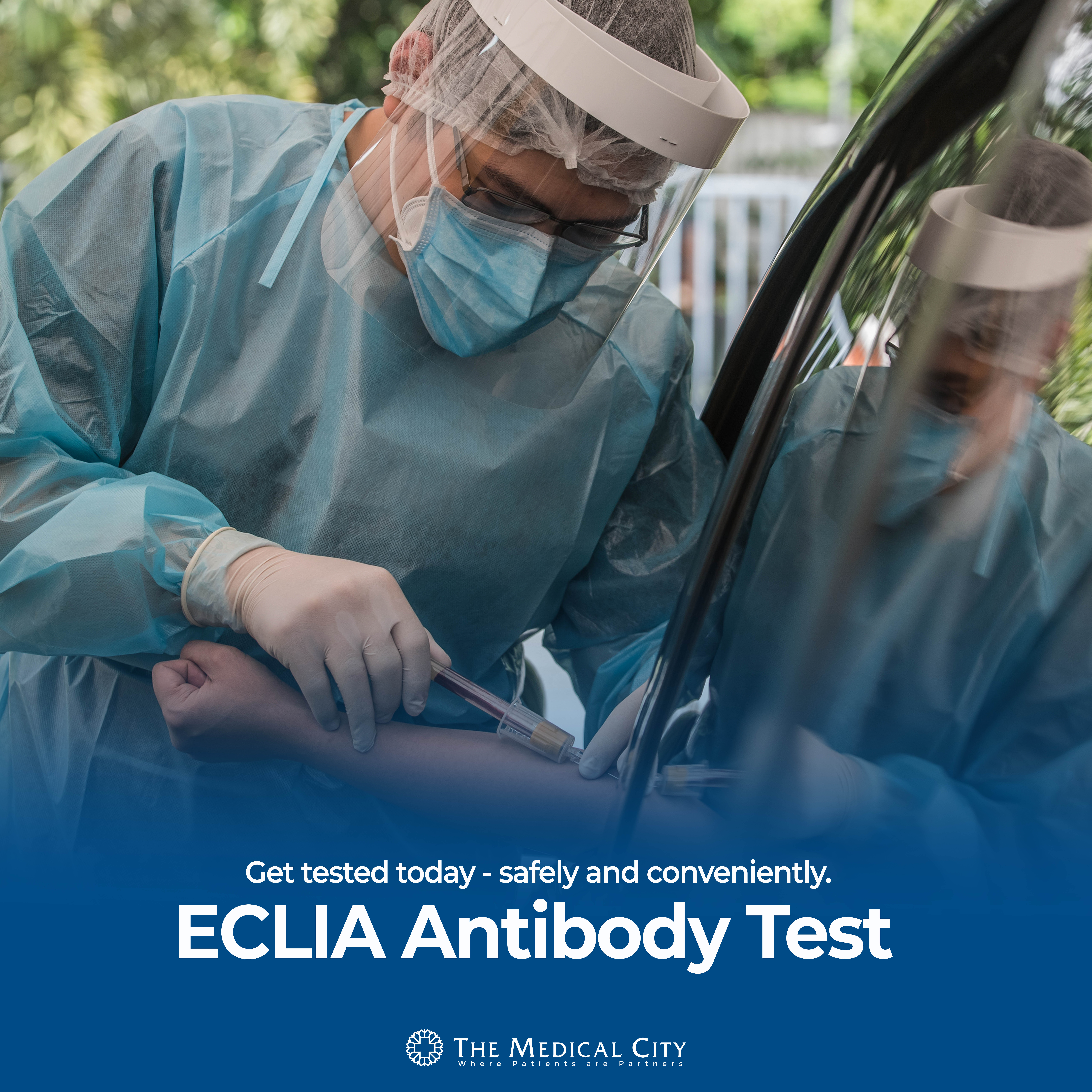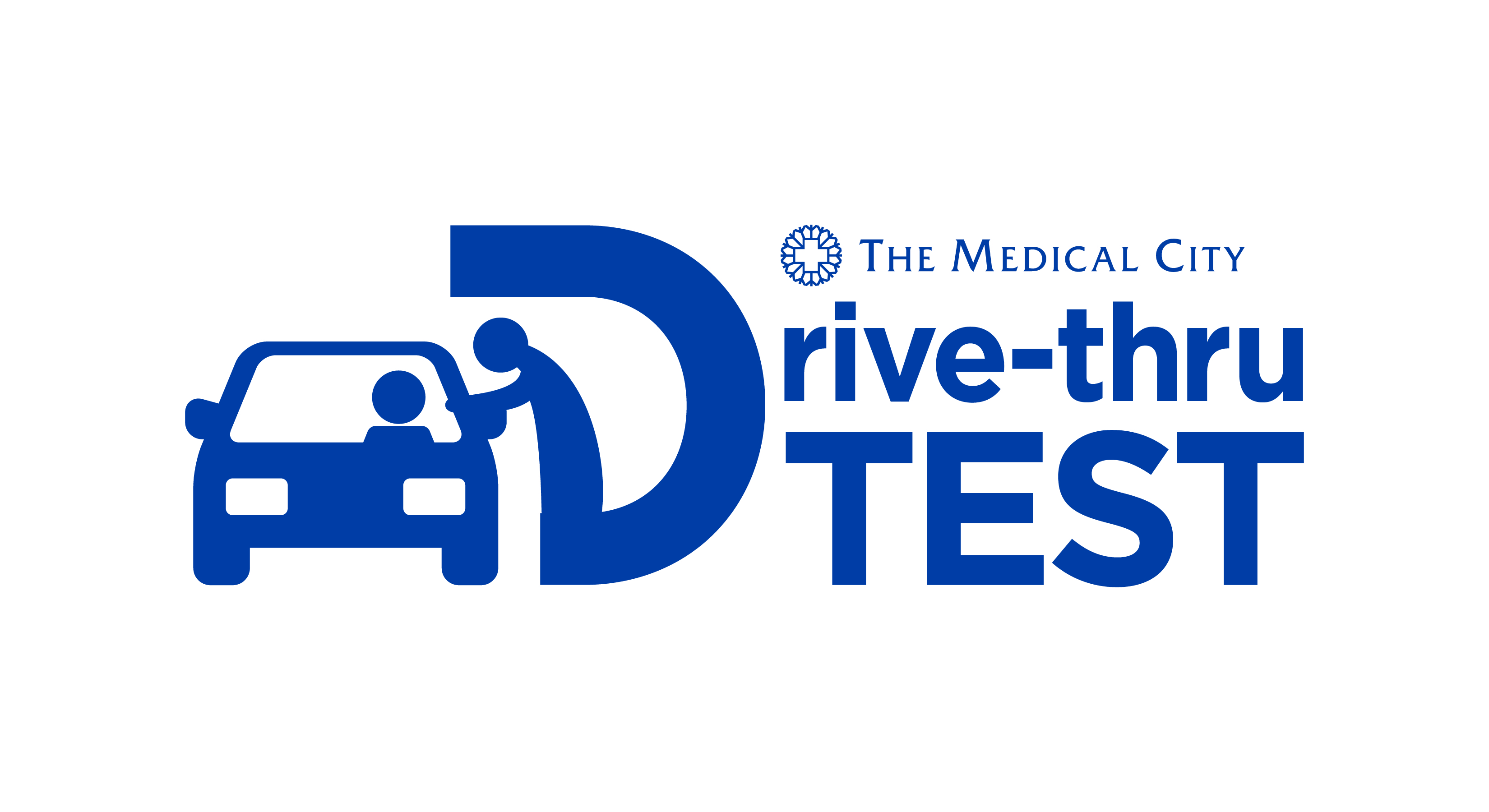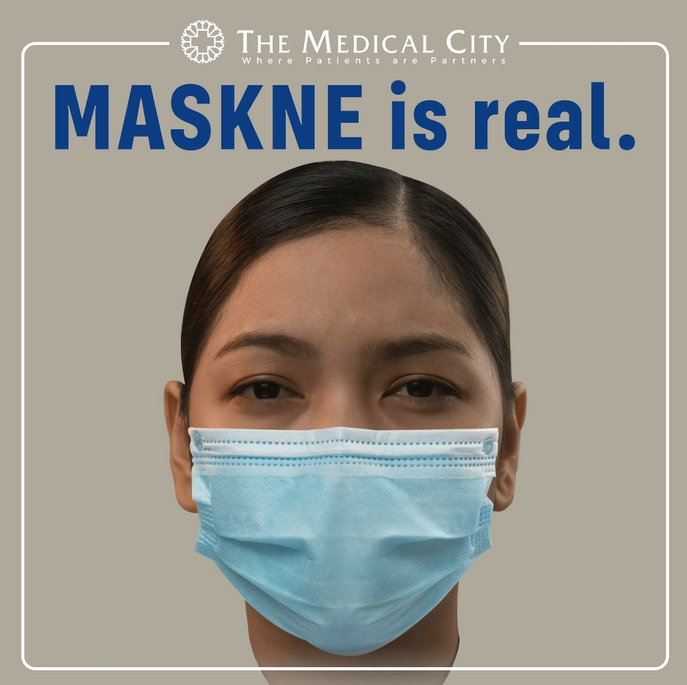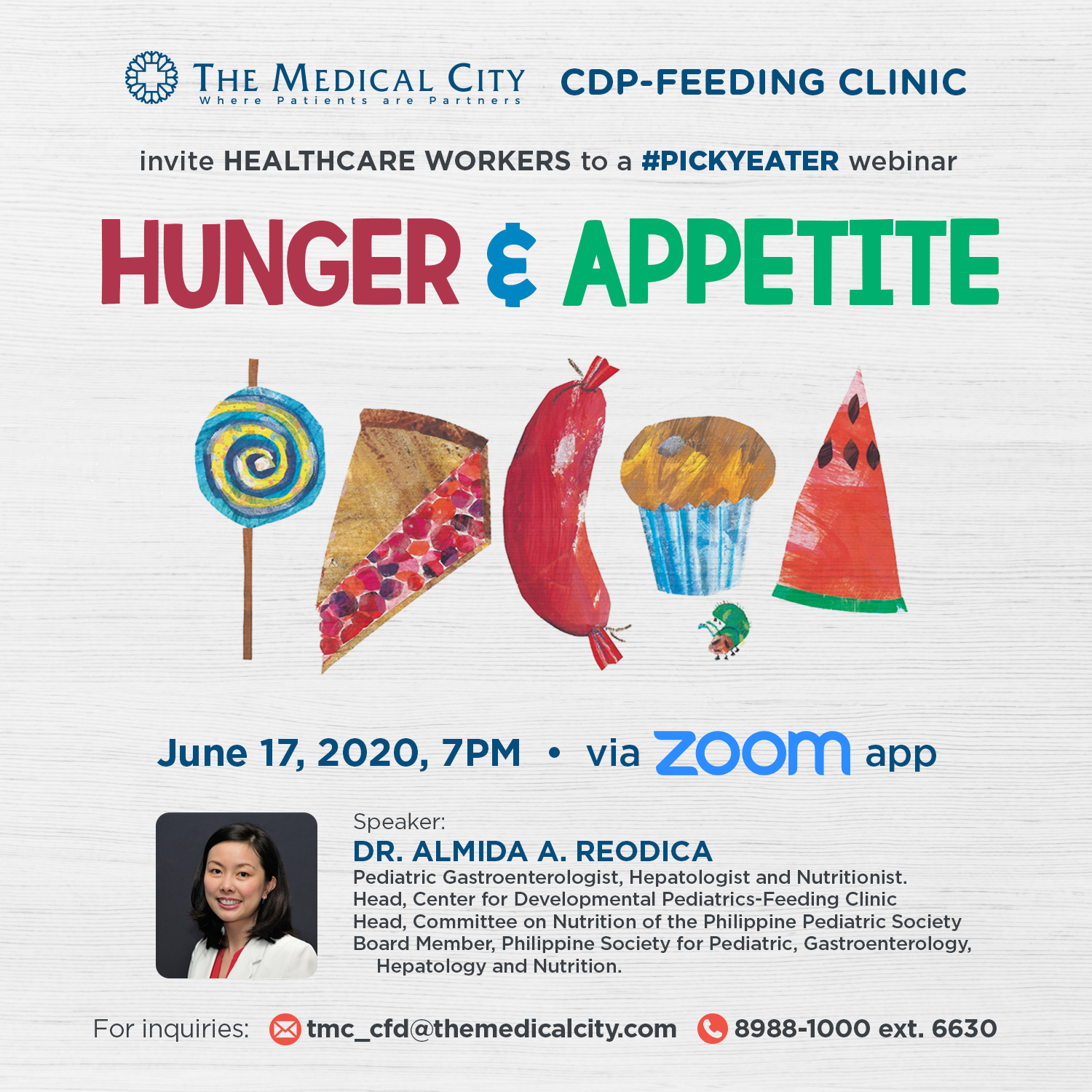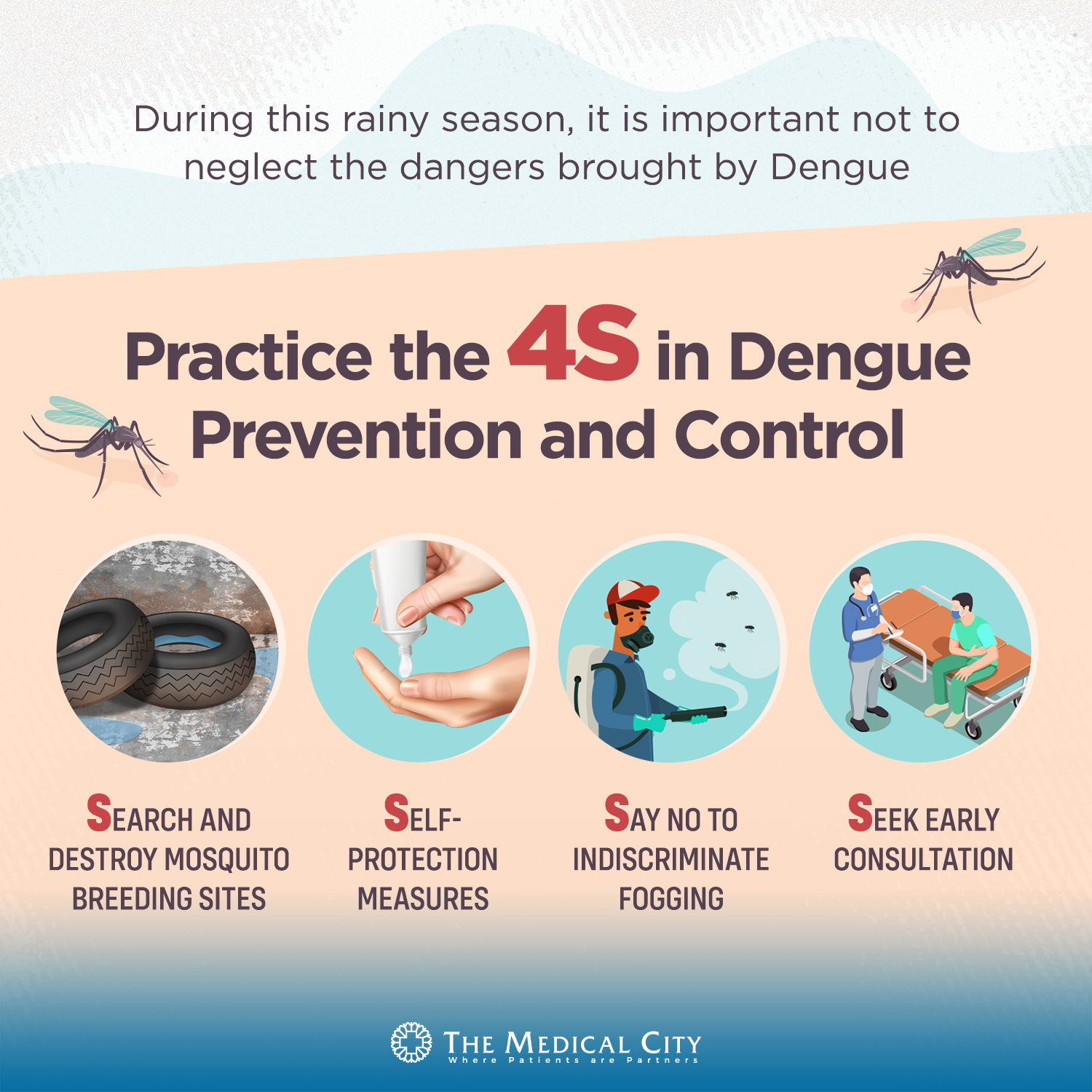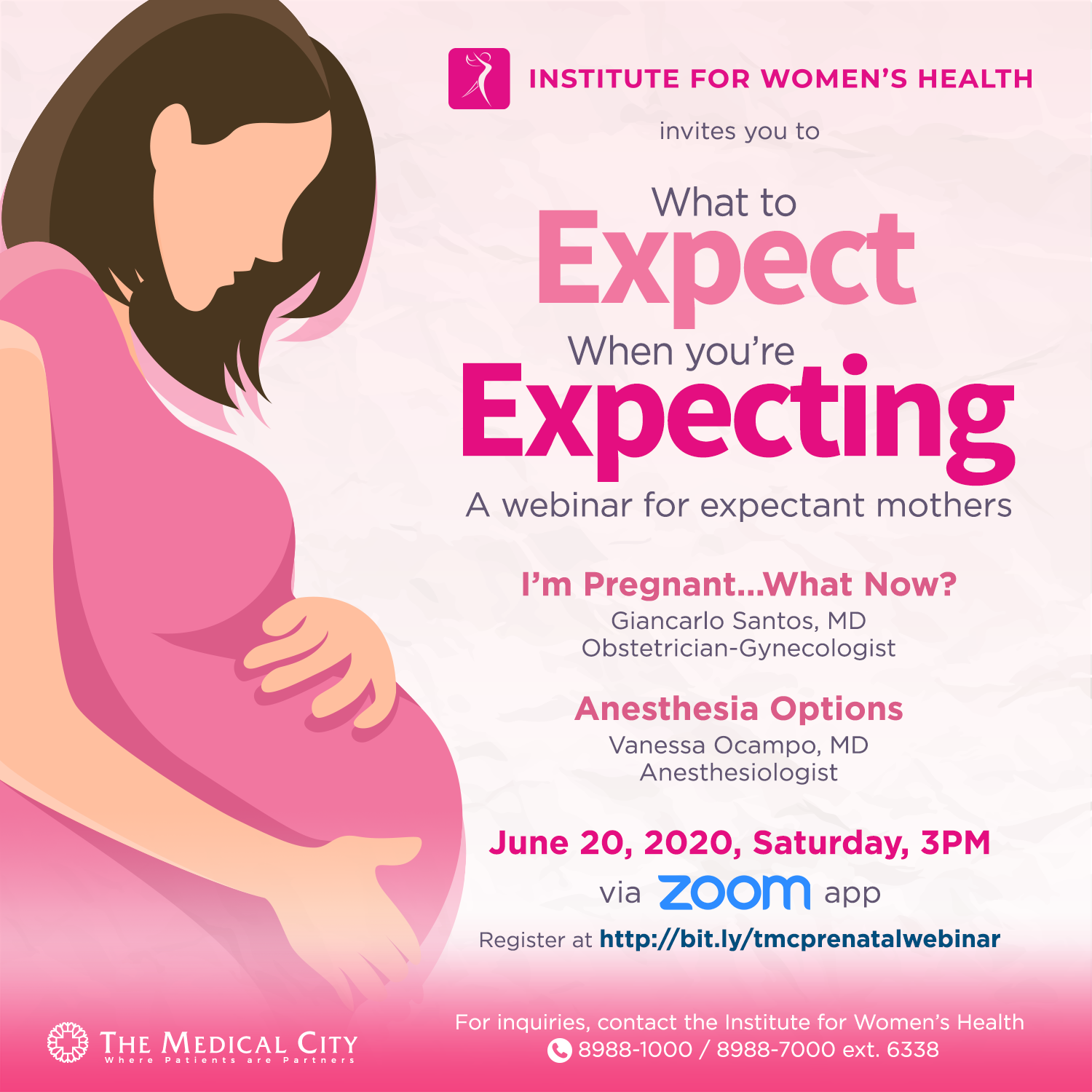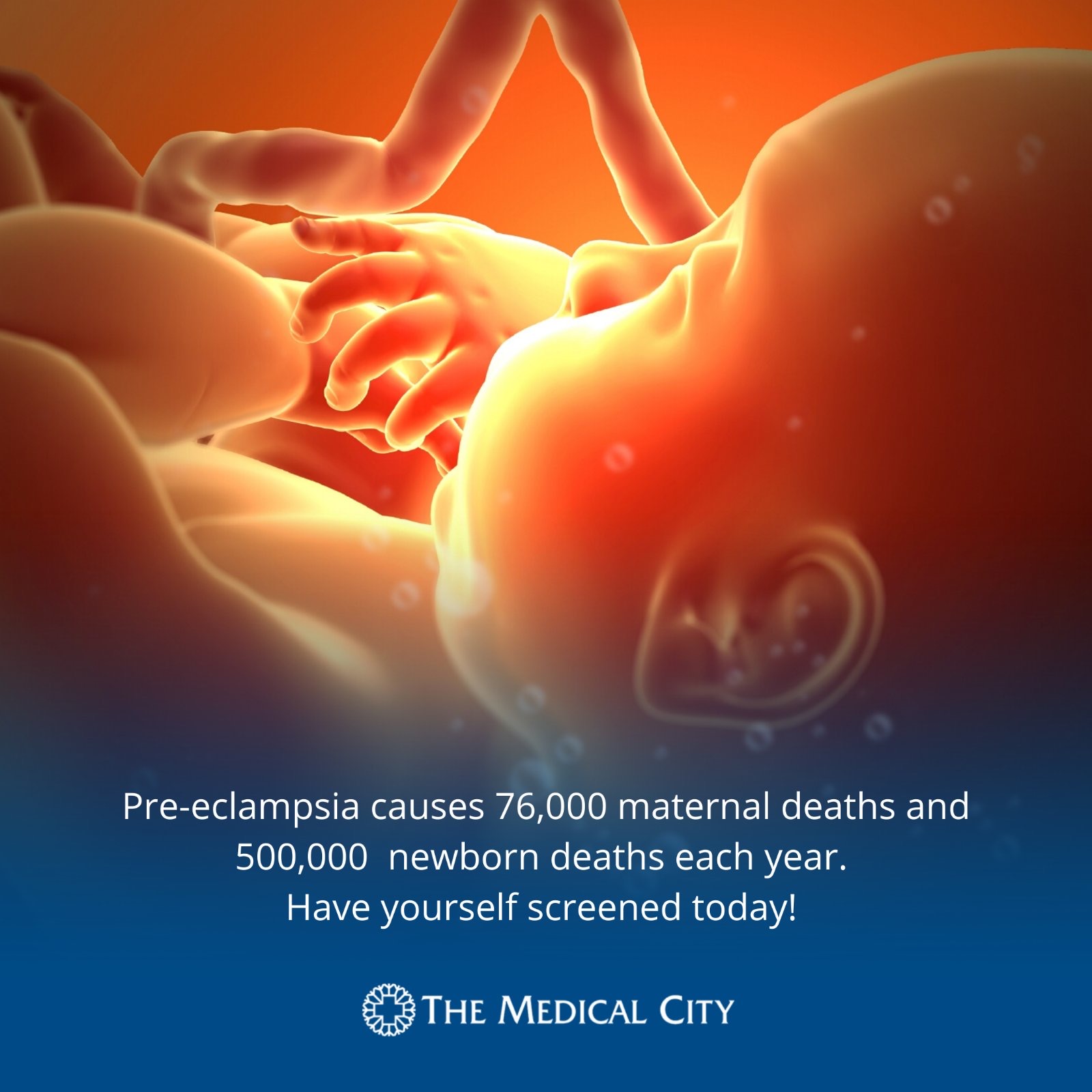COVID-19 Online Screening Tool: Answer on your smartphones or computers within 24 hours prior to your visit to The Medical City.
Understanding and Treating Peripheral Arterial Disease (PAD) at The Medical City
By The Medical City (TMC), Ortigas | September 17, 2024
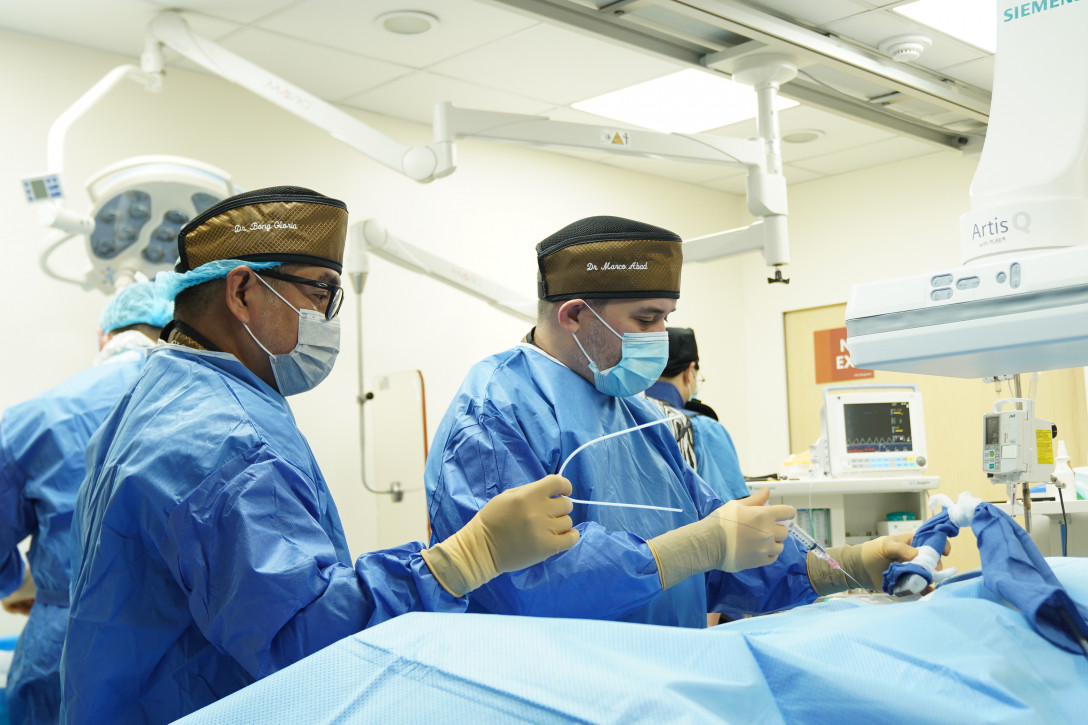
For some, walking a certain distance may be easy, but for others—especially the elderly—it can be a challenge. What might seem like simple muscle fatigue, or the natural signs of aging, could actually be a more serious condition known as Peripheral Arterial Disease (PAD).
For some, walking a certain distance may be easy, but for others—especially the elderly—it can be a challenge. What might seem like simple muscle fatigue, or the natural signs of aging, could actually be a more serious condition known as Peripheral Arterial Disease (PAD).
This condition, characterized by the narrowing of arteries outside the heart and brain due to the buildup of fats, cholesterol, and other debris, reduces blood flow to the limbs, most commonly affecting the legs. Early symptoms might manifest as a tight squeeze or dull throbbing ache in the legs, which usually eases with rest. However, as the condition progresses, it can lead to more severe symptoms like leg pain during rest, non-healing wounds, or even gangrene, necessitating prompt medical attention to prevent further complications.
The treatment of PAD varies based on its severity. Mild to moderate cases may be managed with lifestyle changes and addressing risk factors, while more severe cases might require specialized medical procedures. At The Medical City, a comprehensive approach is taken to ensure the patient’s safety and optimal recovery.
The Medical City’s experienced team of vascular surgeons—members of the Philippine Society of Vascular and Endovascular Surgery (PSVES)—includes Dr. Benito V. Purugganan Jr., Dr. Marco Jose Fulvio C. Abad, Dr. Rainan Gloria, Dr. Joel Benavidez, and anesthesiologist Dr. Rolan Carreon. This multidisciplinary team of doctors is dedicated to providing the highest level of care.
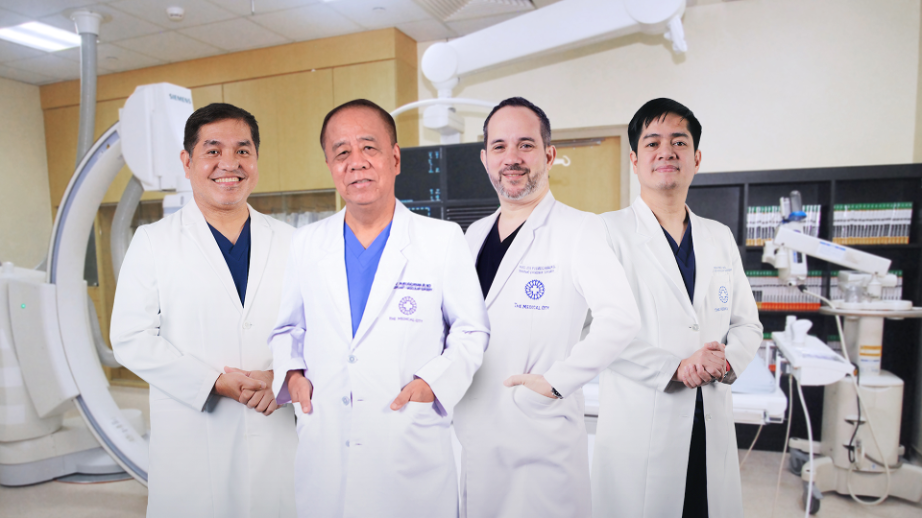 In photo, from left to right: Dr. Rainan Gloria, Dr. Benito V. Purugganan Jr., Dr. Marco Jose Fulvio C. Abad and Dr. Joel Benavidez
In photo, from left to right: Dr. Rainan Gloria, Dr. Benito V. Purugganan Jr., Dr. Marco Jose Fulvio C. Abad and Dr. Joel Benavidez
“We focus on using minimally invasive techniques whenever possible, as they offer significant benefits for our patients,” says Dr. Marco Jose Fulvio C. Abad. “With endovascular surgery, for instance, we can reduce recovery time and hospital stays and also lower the risks associated with traditional open surgeries, especially for patients with other health conditions.”
Endovascular surgery, a minimally invasive procedure, involves making small punctures in the body to access and treat affected arteries using thin catheters. At The Medical City, more than 17 endovascular procedures have been successfully performed in the past five years. The endovascular approach is often the preferred method for treating PAD and other related cases as it minimizes patient discomfort and accelerates the recovery process.
However, not all cases are straightforward. Complex conditions, such as those involving severe blockages or multiple affected arteries, may require a more nuanced approach. In these instances, The Medical City’s team of experts is equipped to handle even the most challenging cases with a combination of skill, experience, and advanced technology.
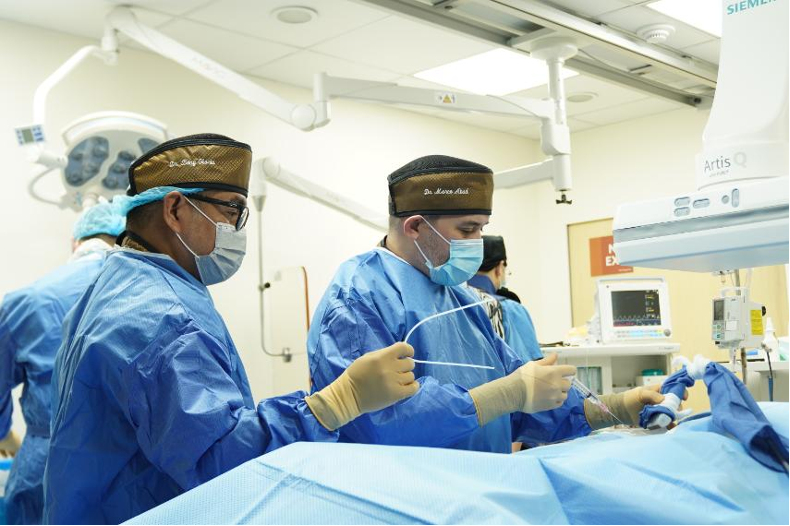 In photo: Dr. Bong Gloria and Dr. Marco Jose Fulvio C. Abad doing an Inferior Vena Cava (IVC) Filter Placement to a Female Patient
In photo: Dr. Bong Gloria and Dr. Marco Jose Fulvio C. Abad doing an Inferior Vena Cava (IVC) Filter Placement to a Female Patient
One of the key strengths of The Medical City’s vascular team is their proficiency across the entire spectrum of vascular care. Routine procedures, such as angioplasty and stenting, are performed with precision, ensuring minimal discomfort and quick recovery times. The team excels in managing complicated conditions, including aneurysms, carotid artery disease, using advanced endovascular techniques.
Furthermore, The Medical City offers specialized vascular access services, which are crucial for patients requiring long-term treatments such as dialysis. The team specializes in establishing and maintaining various types of vascular access, including arteriovenous fistulas, grafts, and central venous catheters. By focusing on meticulous techniques and ongoing monitoring, they help prevent complications and extend the lifespan of these access sites, which is critical for patients who rely on them for ongoing care.
The key takeaway for patients is that leg pain, ache, and soreness should not be overlooked. Seeking medical attention at the earliest signs of PAD can lead to timely diagnosis and treatment, significantly improving outcomes. At The Medical City, the dedicated team of experts is committed to guiding patients through every step of their healing journey—from screening and diagnosis to treatment and recovery.
Related News SEE ALL NEWS
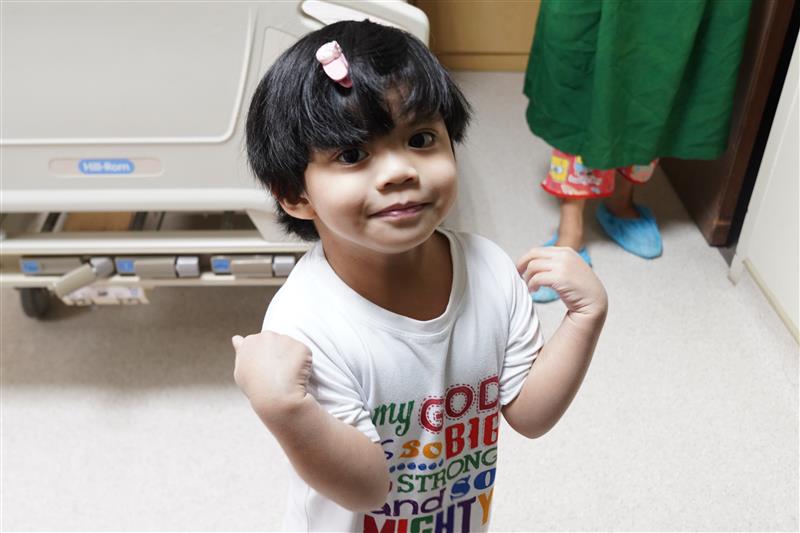
Health
The Gift of a Second Life
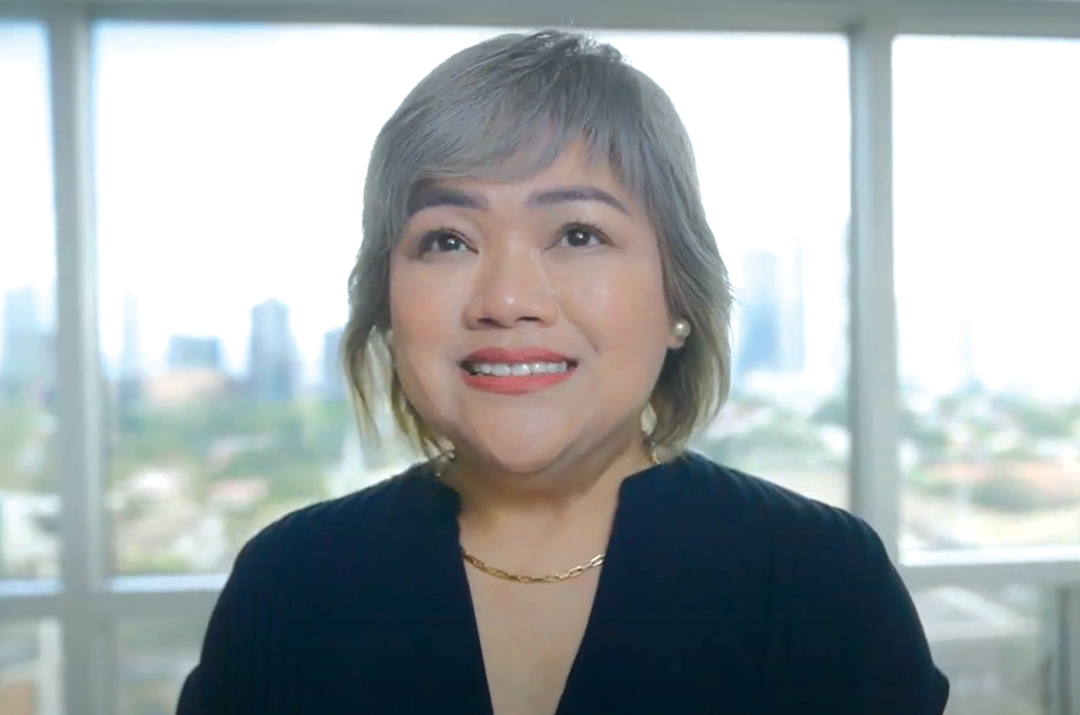
Health #MyTMCExperience Press Room
She Thought It Was Just Heartburn—It Was Actually a Heart Attack
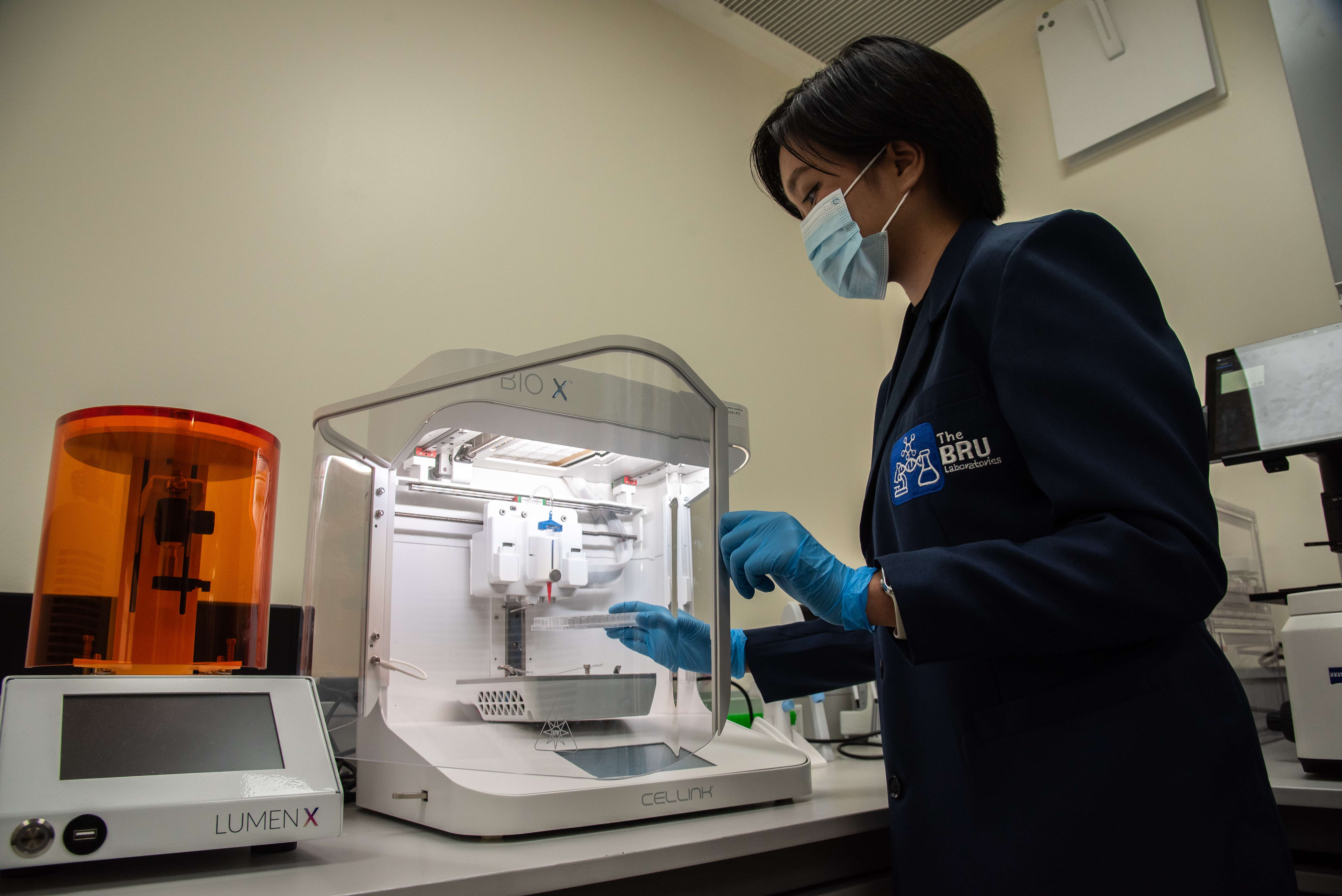
Health Research
Tissue Engineering for a Future without Organ Shortages
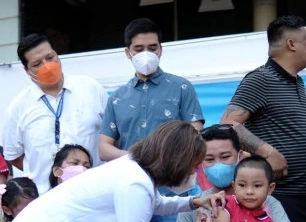
Health Press Room
Chikiting Ligtas: Addressing the Gap in Immunization Coverage

Health Corporate
Notice to the Shareholders of Professional Services Inc. (PSI)
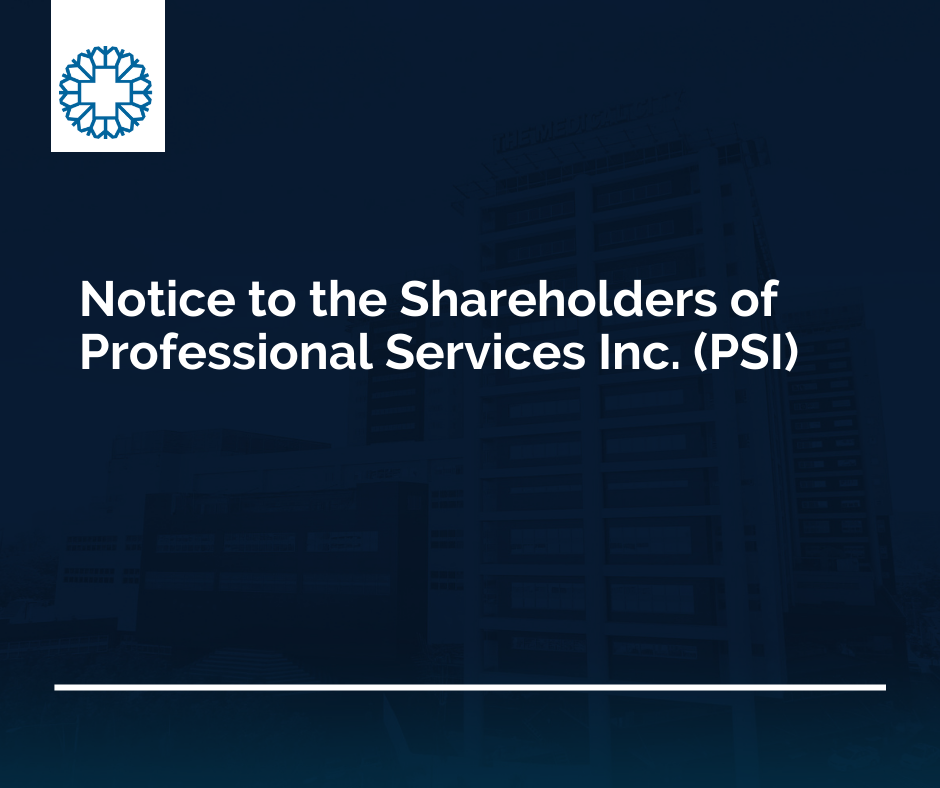
Health Corporate
Notice to the Shareholders of Professional Services Inc. (PSI)

Health Corporate
Notice to the Shareholders of Professional Services, Inc. (PSI)

Health #MyTMCExperience
Friendship goals: See the world better, TOGETHER
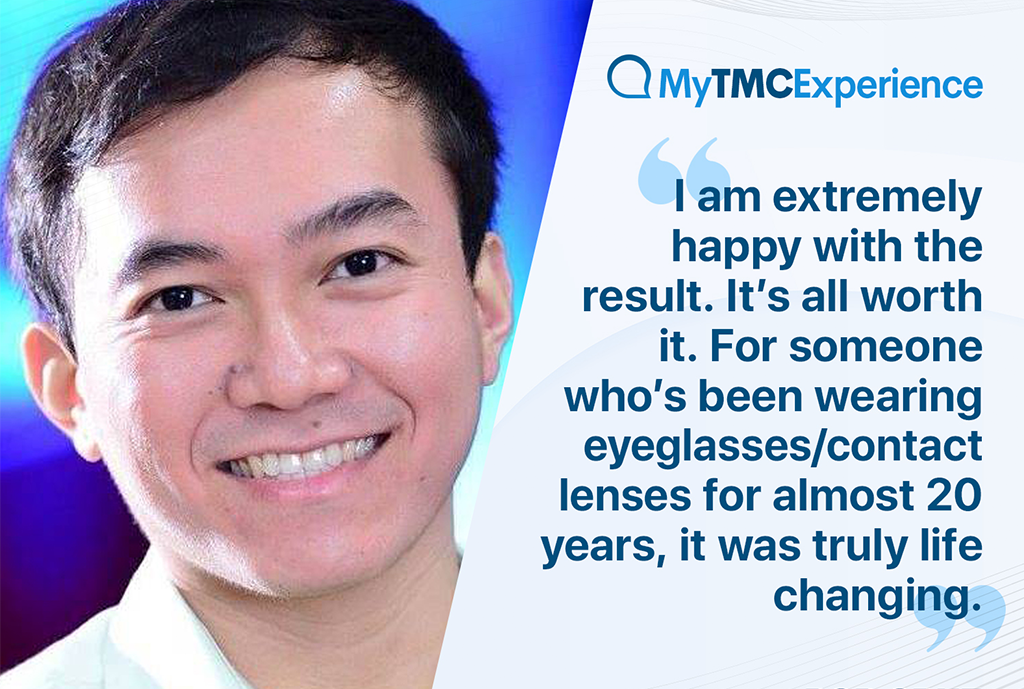
Health #MyTMCExperience
#MyTMCexperience: Rod Cruz
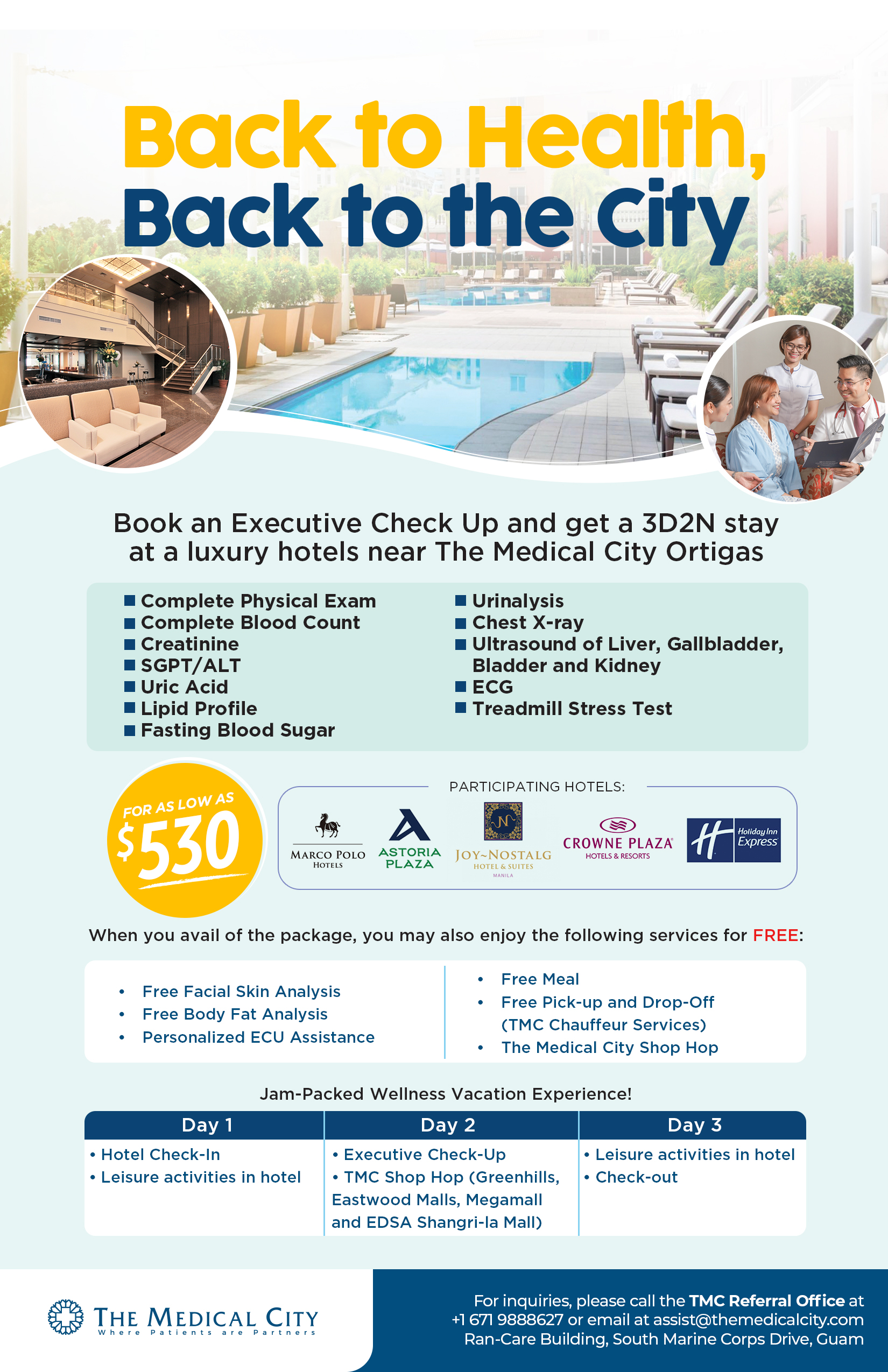
Health TeleHealth COVID-19
Back to Health, Back to the City
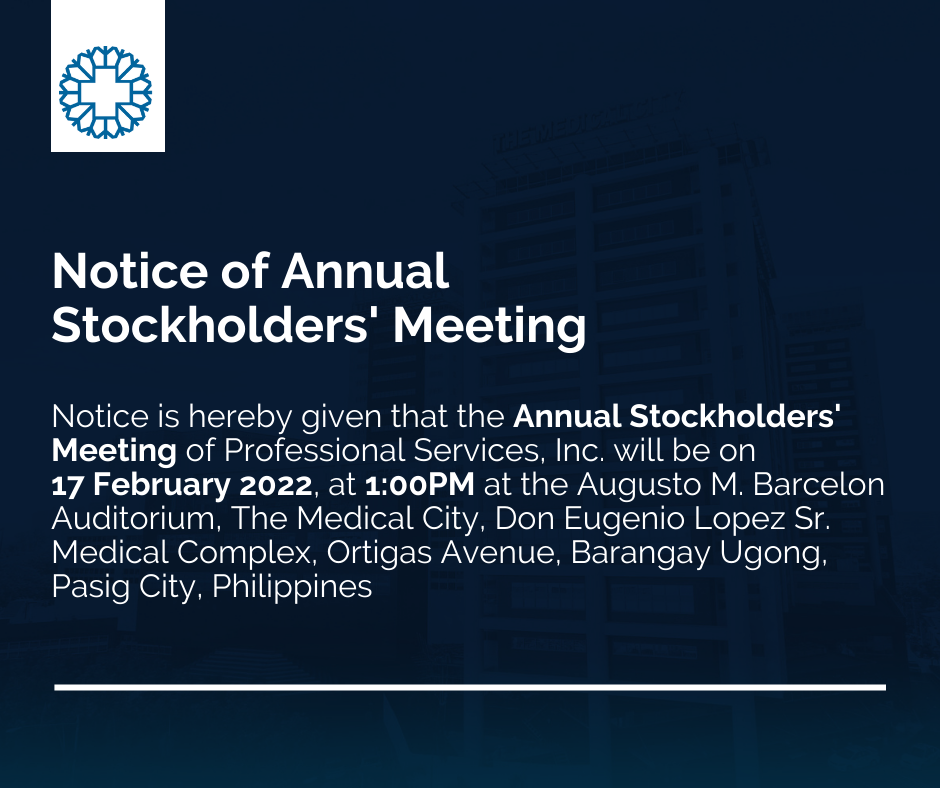
Health Corporate Advisories
Notice of Annual Meeting of Stockholders

Health Corporate
Pedalling through Safety
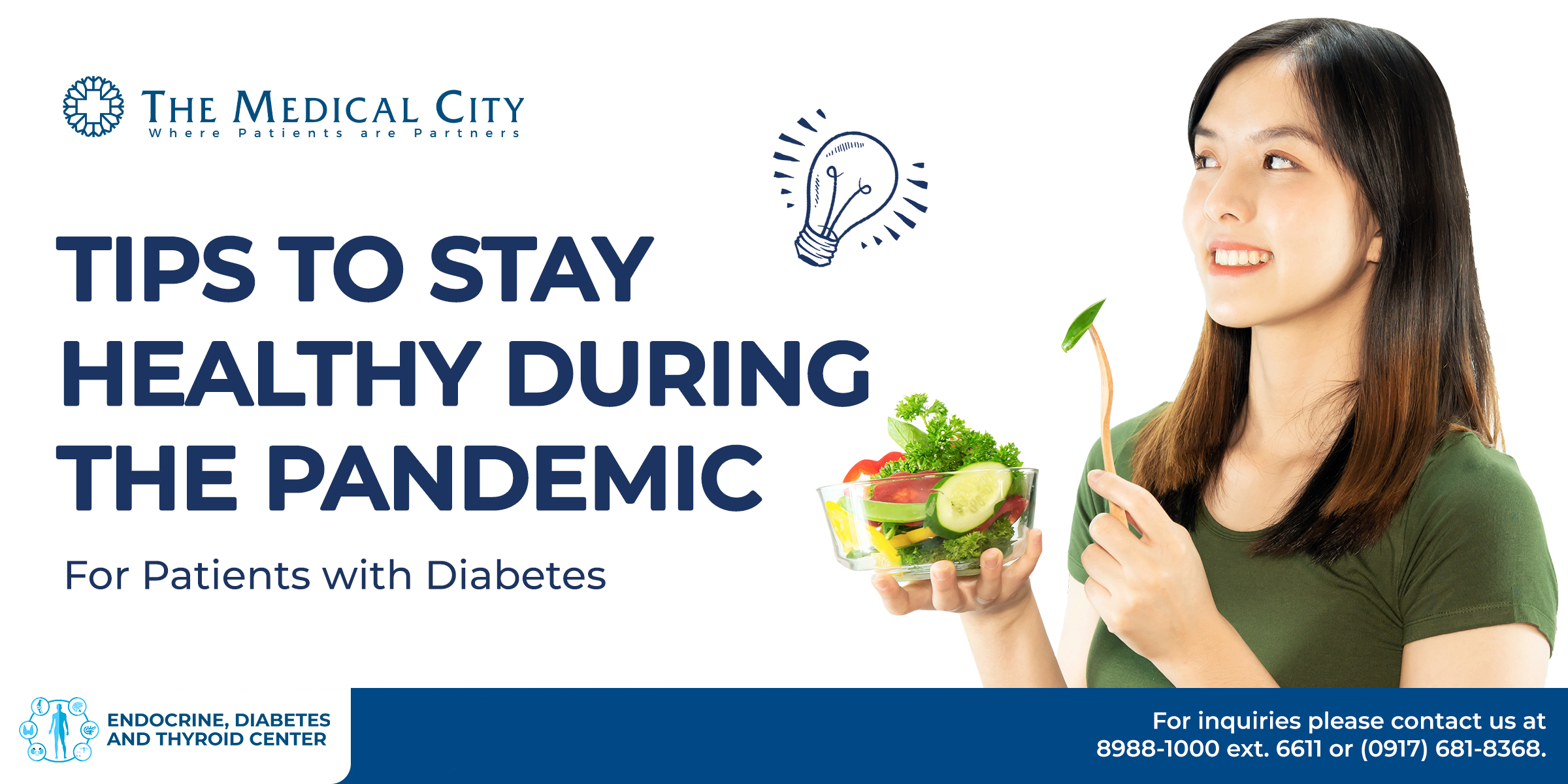
Health
Diabetes and COVID-19

Health
FAQs on Patient Portal

Health
2021 Holy Week Schedule
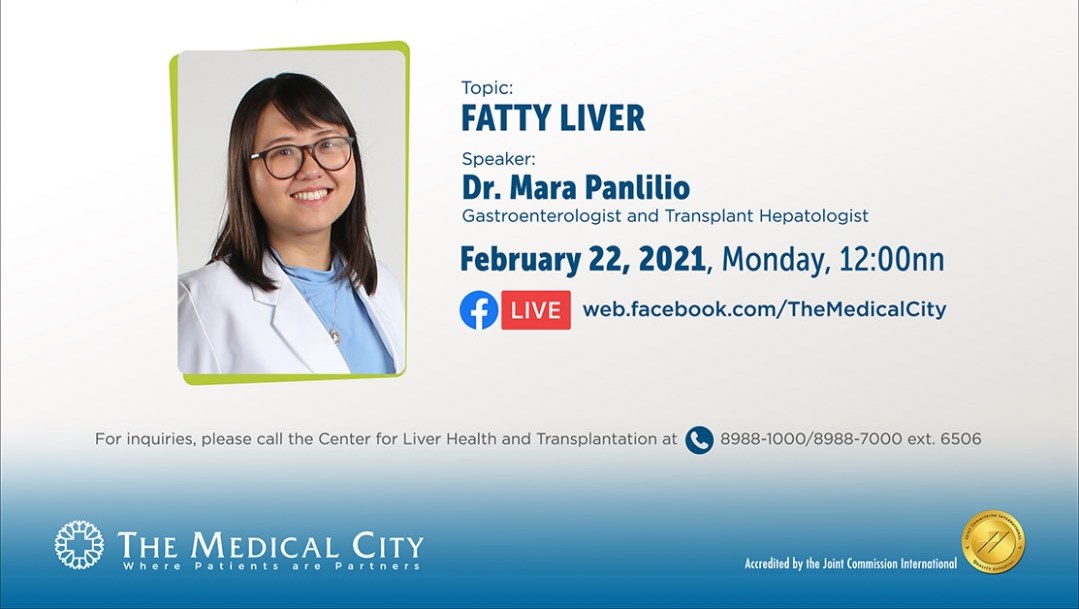
Health
How serious is fatty liver?
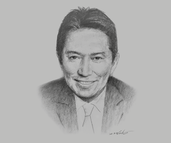
Health Desk of the President
Oxford Business Group: The Report 2021 - Addressing the Gaps
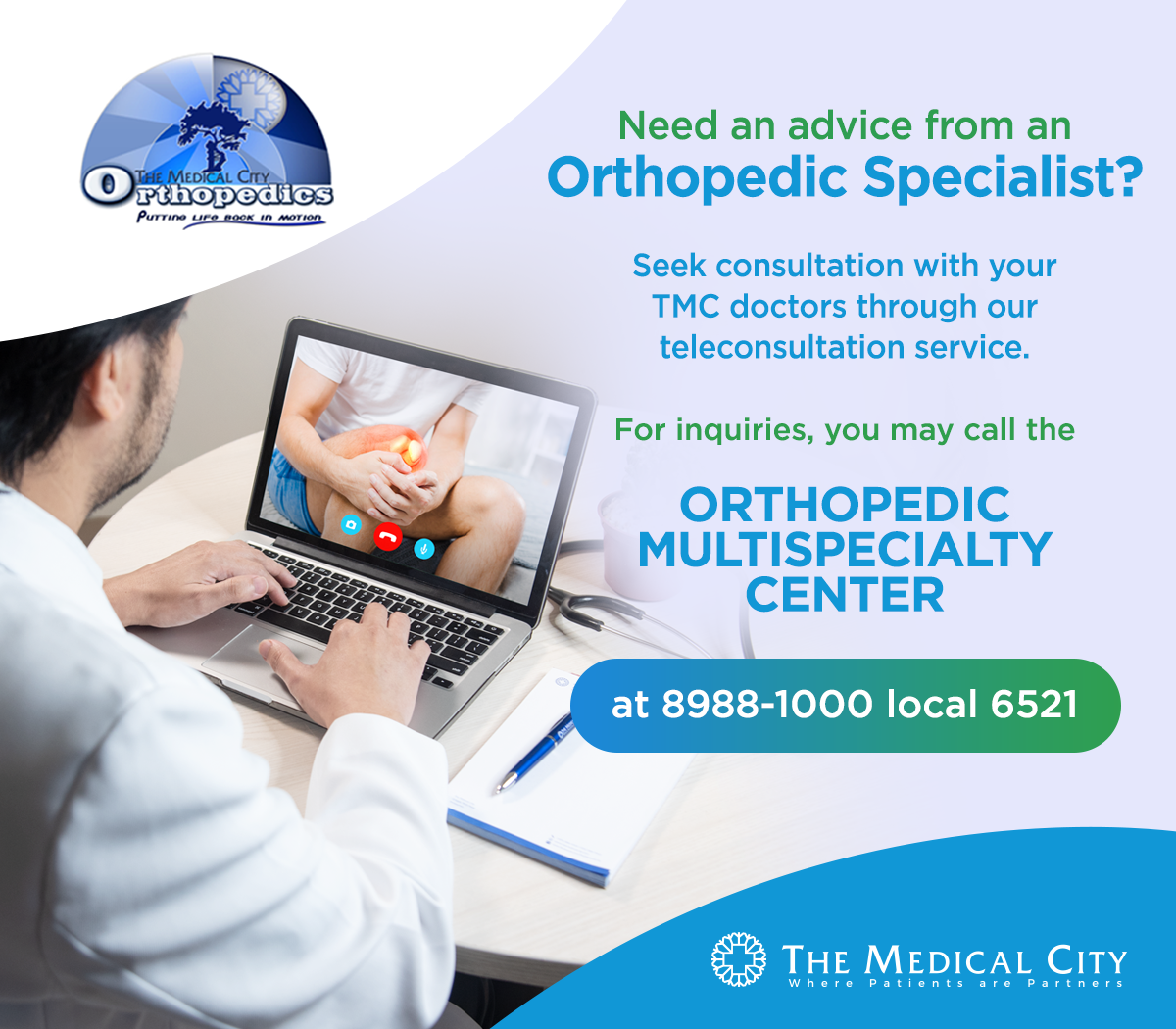
Health TeleHealth
Need an advice from an Orthopedic Specialist?

Health
Welcome 2021 in good health
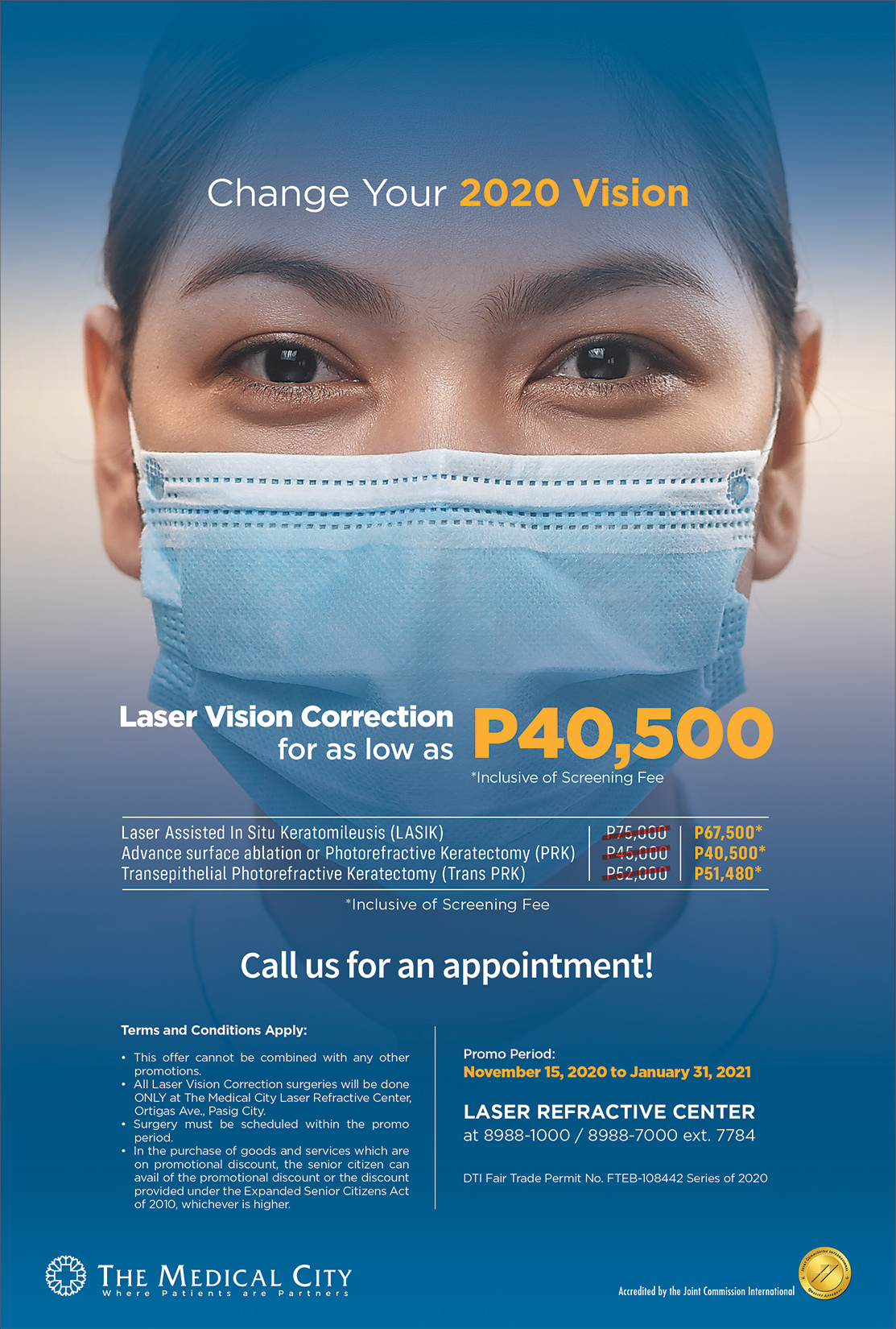
Health
Change Your 2020 Vision

Health COVID-19
Convalescent Plasma Donation for COVID–19 Survivors
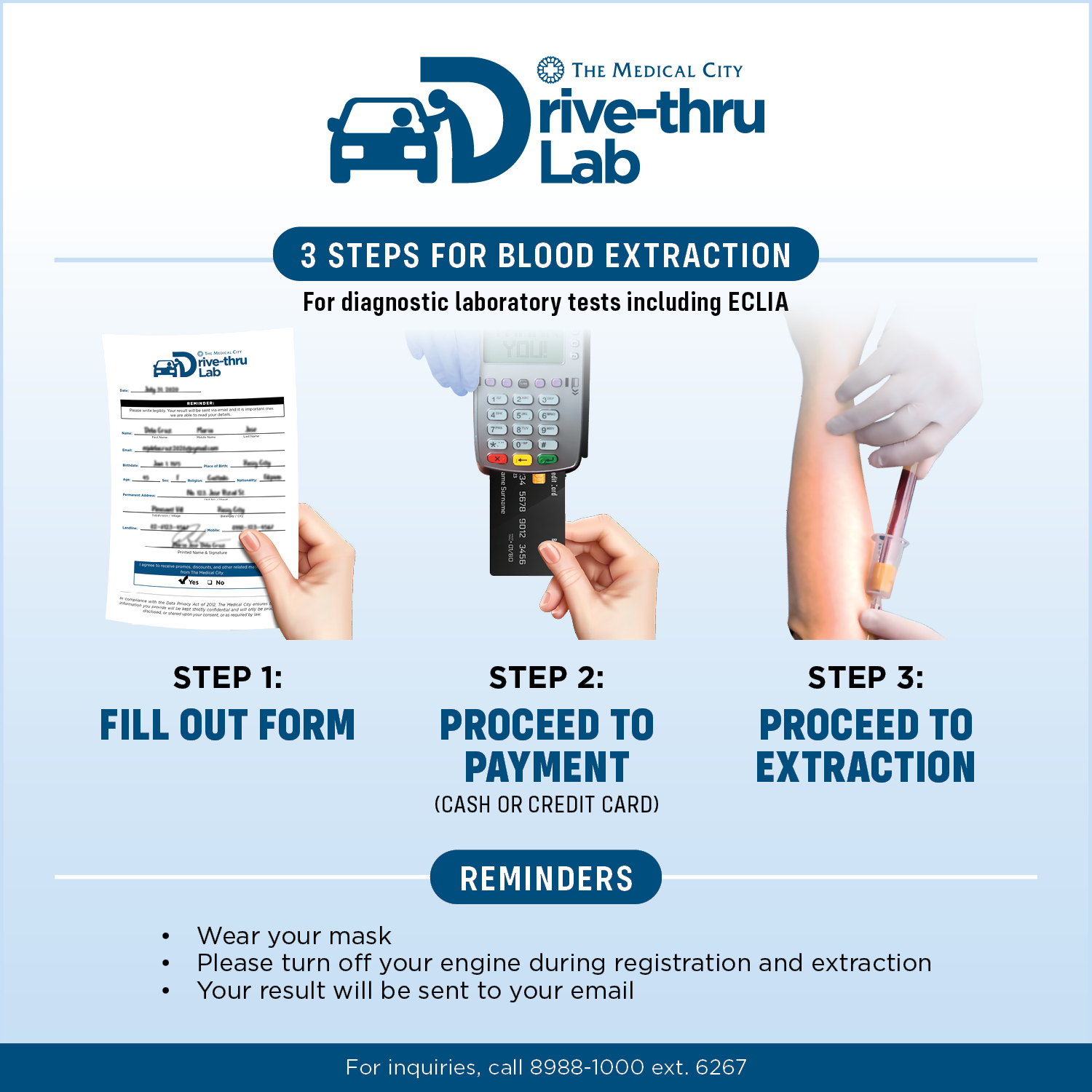
Health
FAQs on TMC Drive-thru Lab
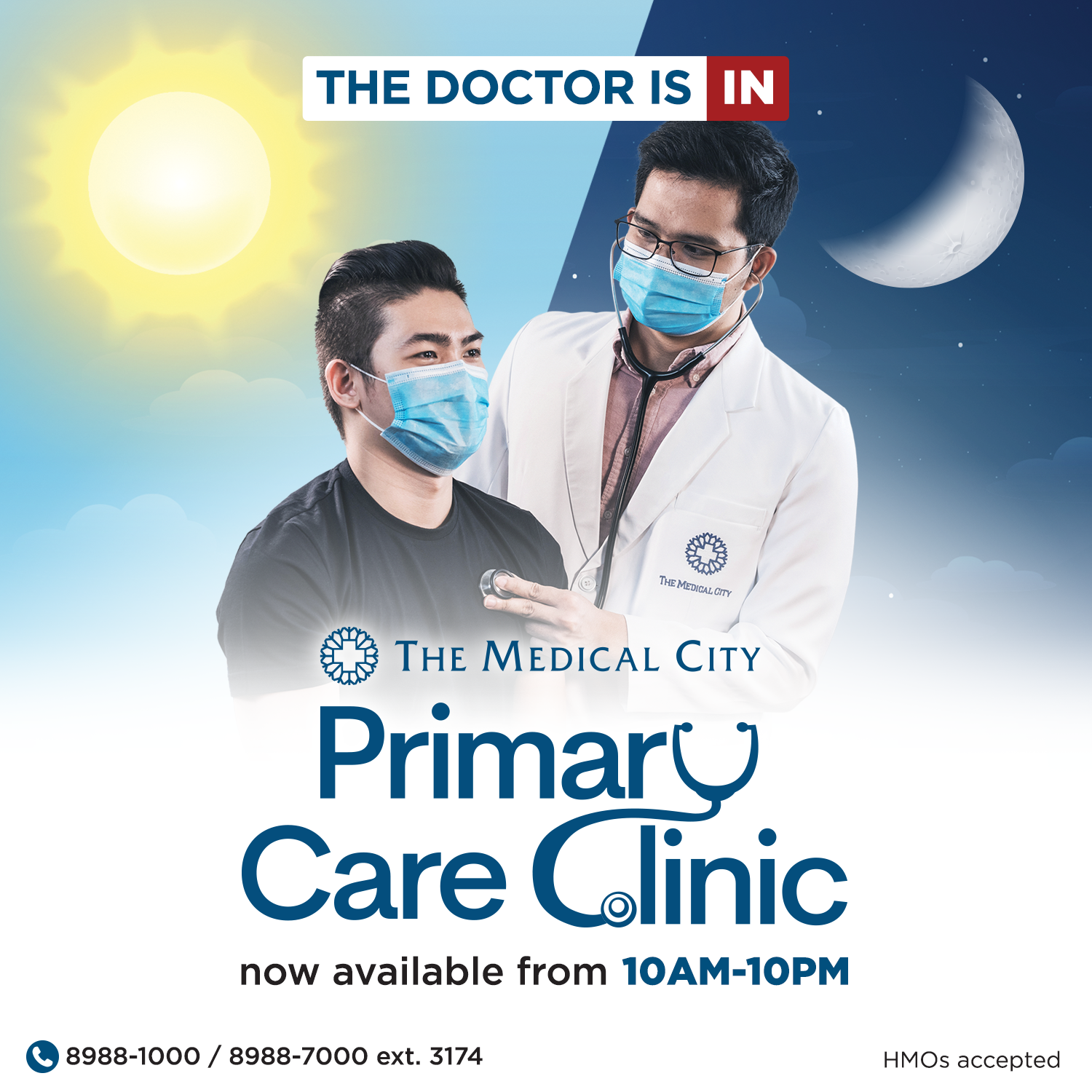
Health
Be in and out in 90 minutes

Health
Schooling in the New Normal
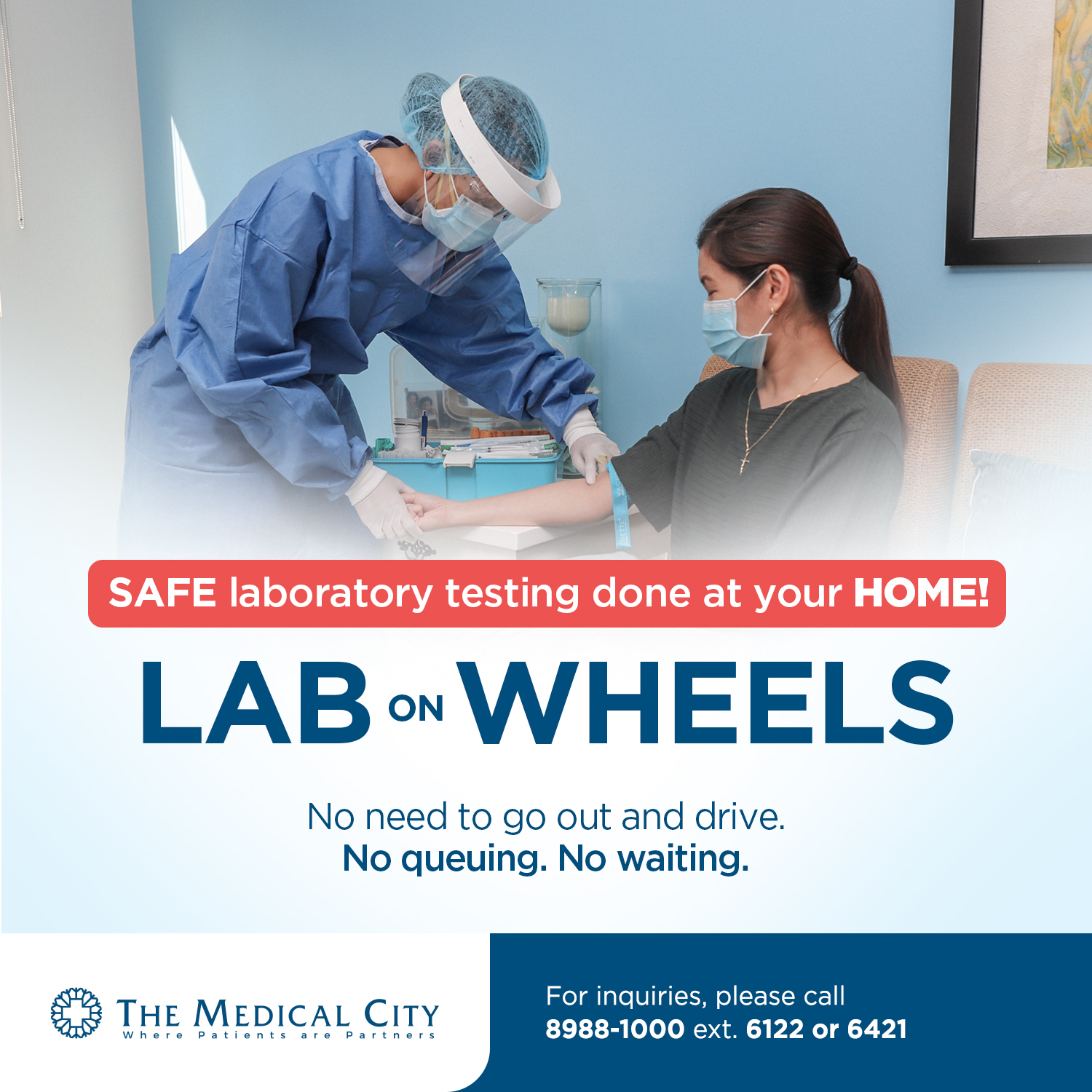
Health
TMC Lab on Wheels

Health
Autism

Health
Eye Health in Computer Work

Health
Speech Delay
Copyright © 2020 The Medical City. All rights reserved.
